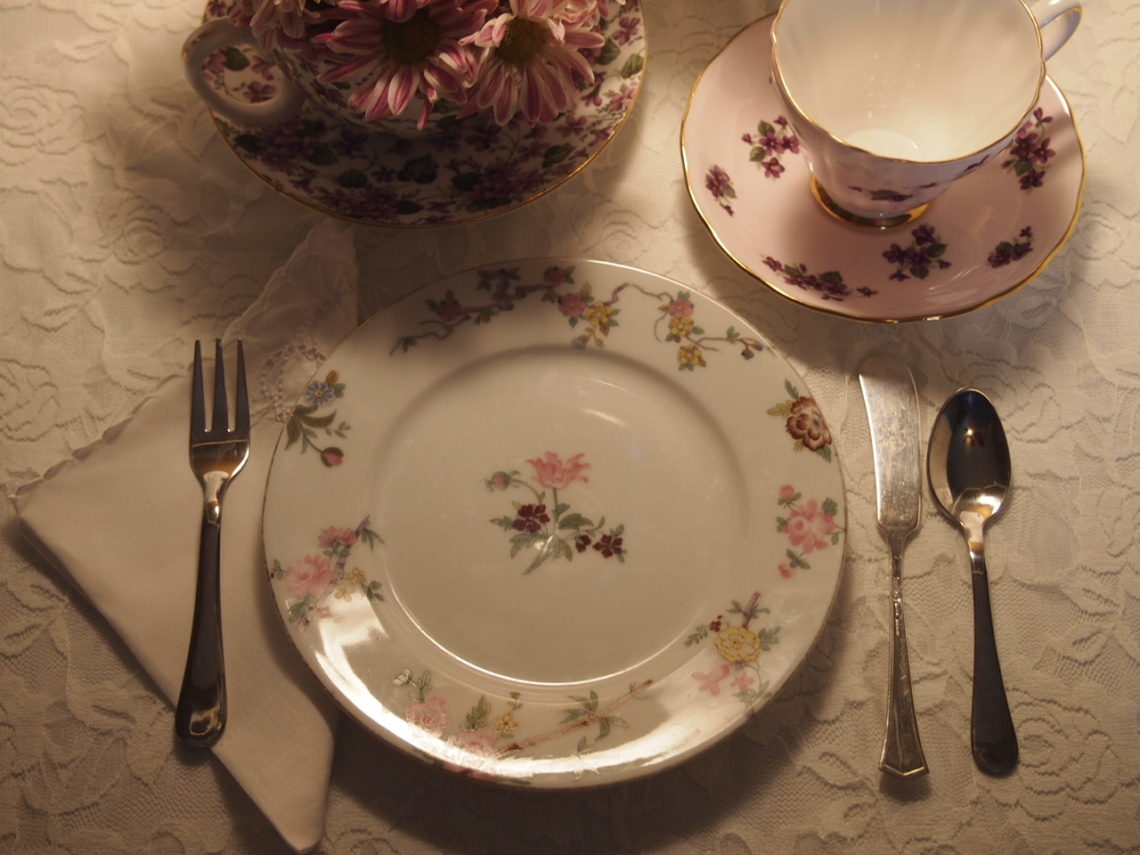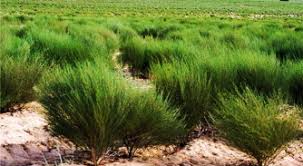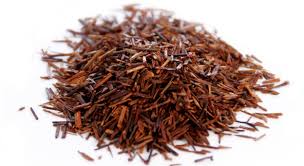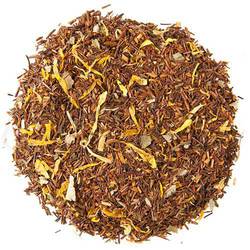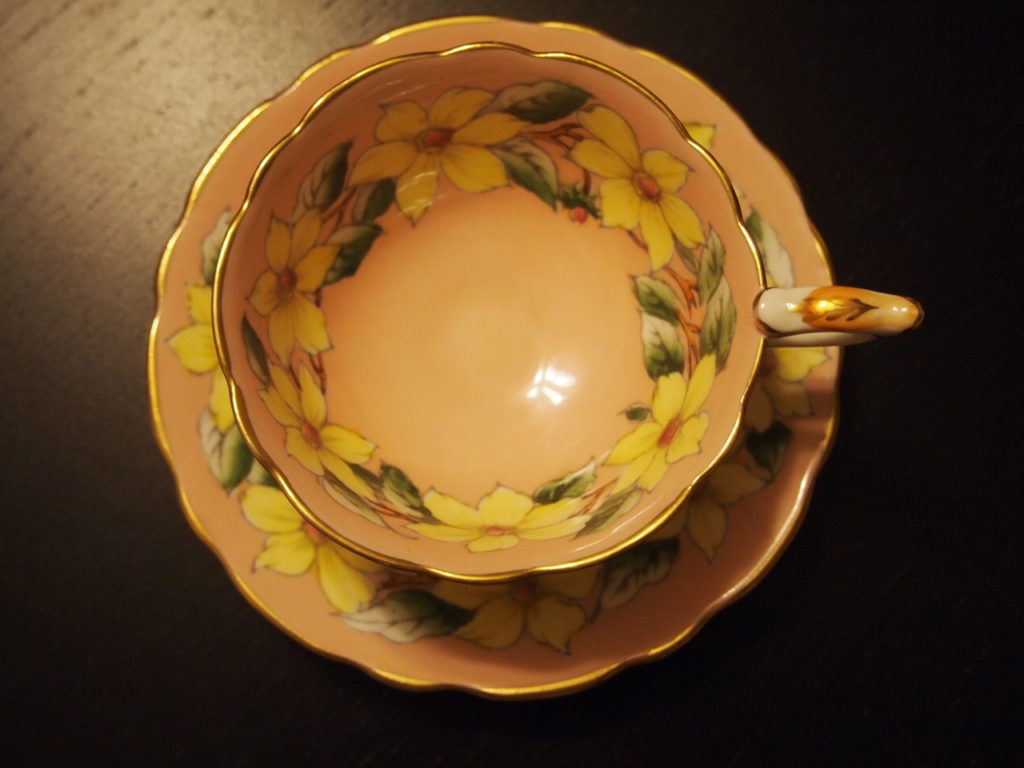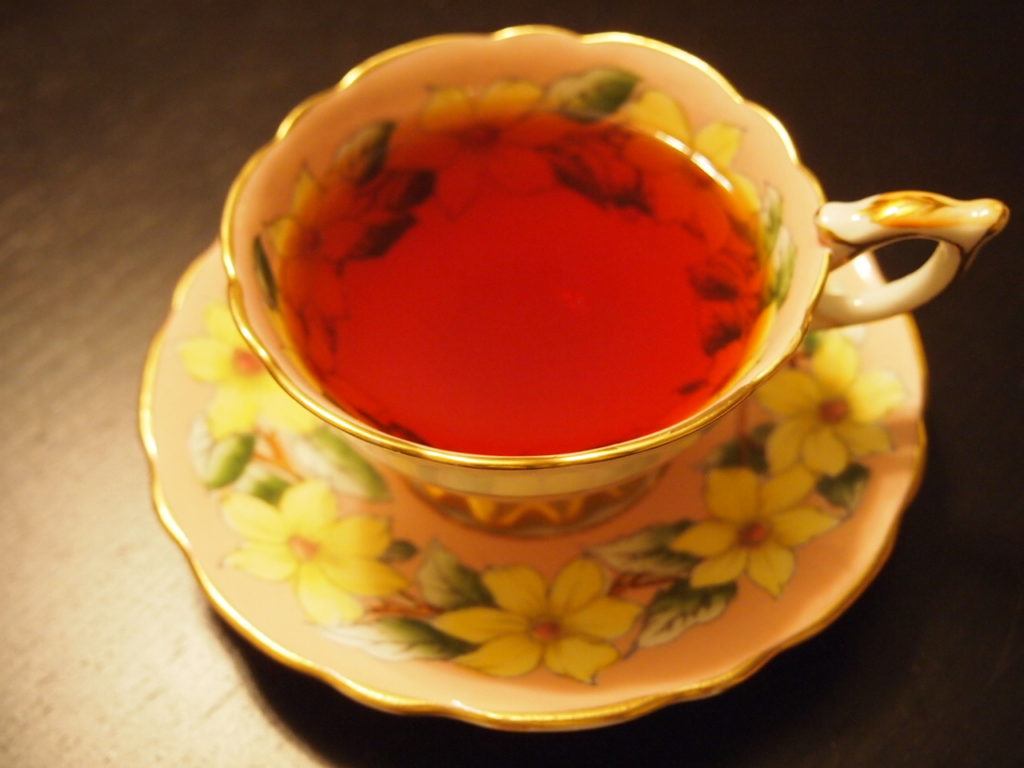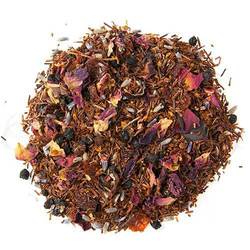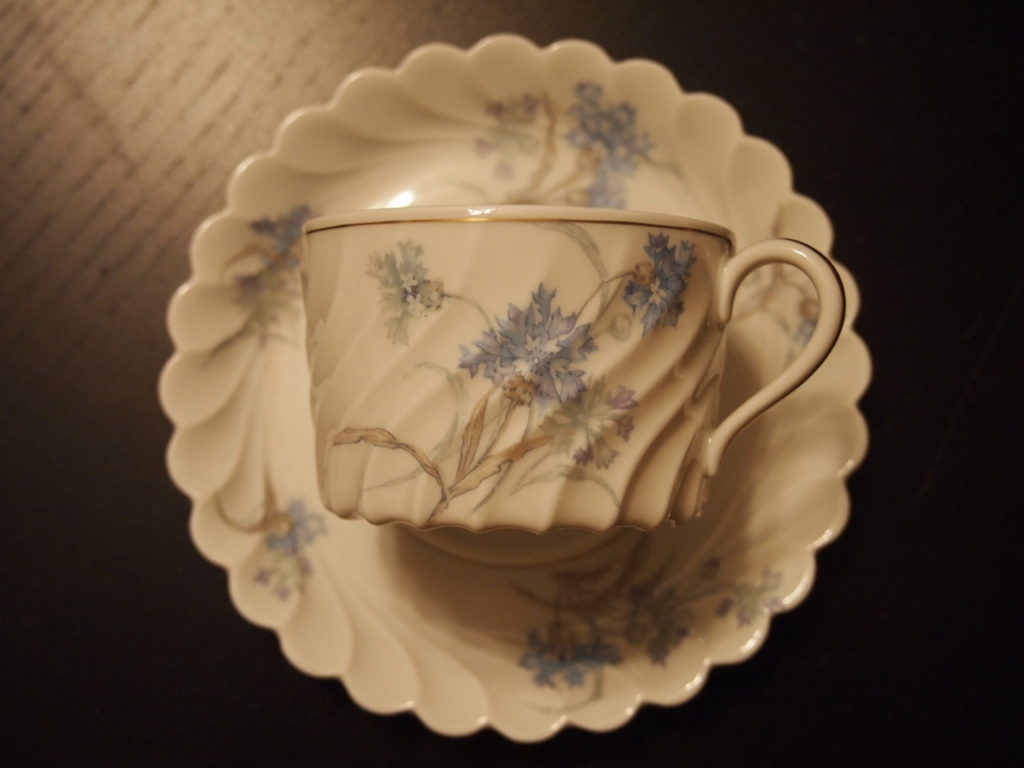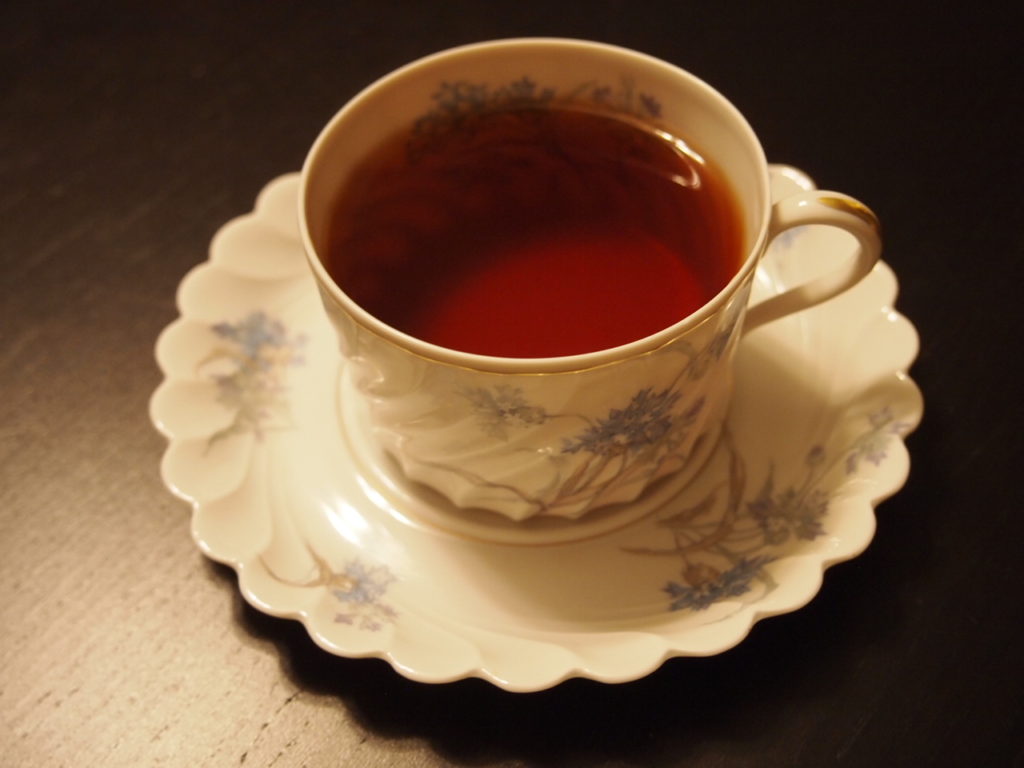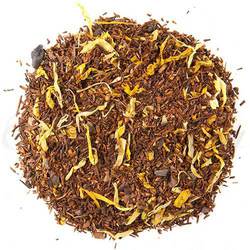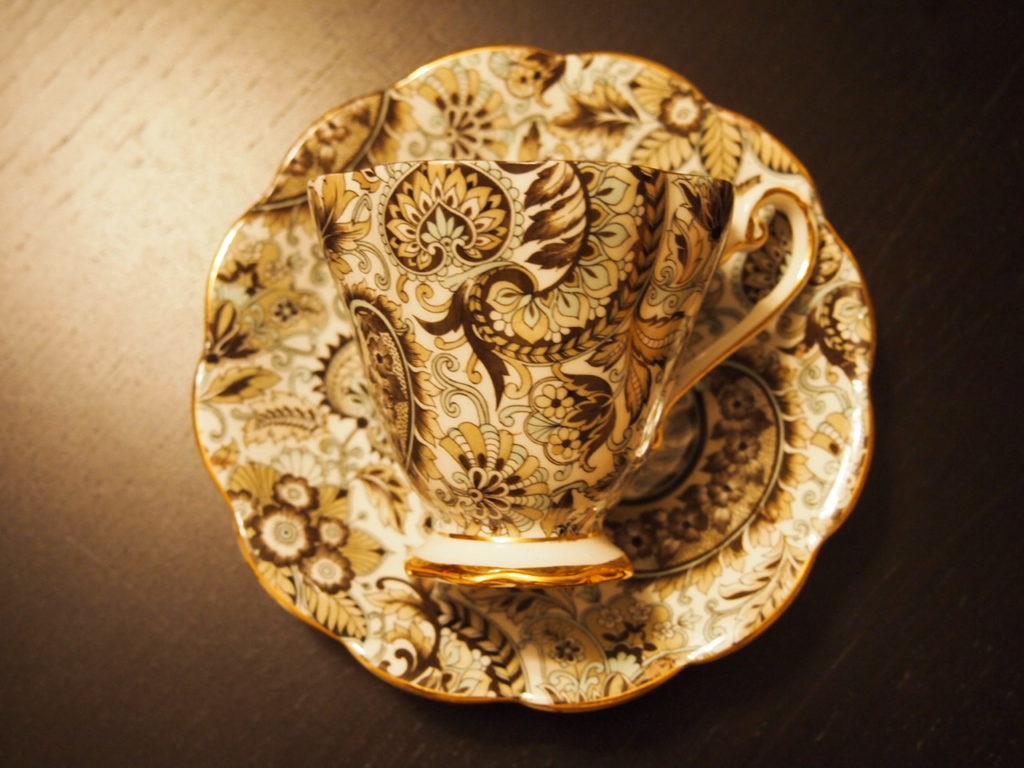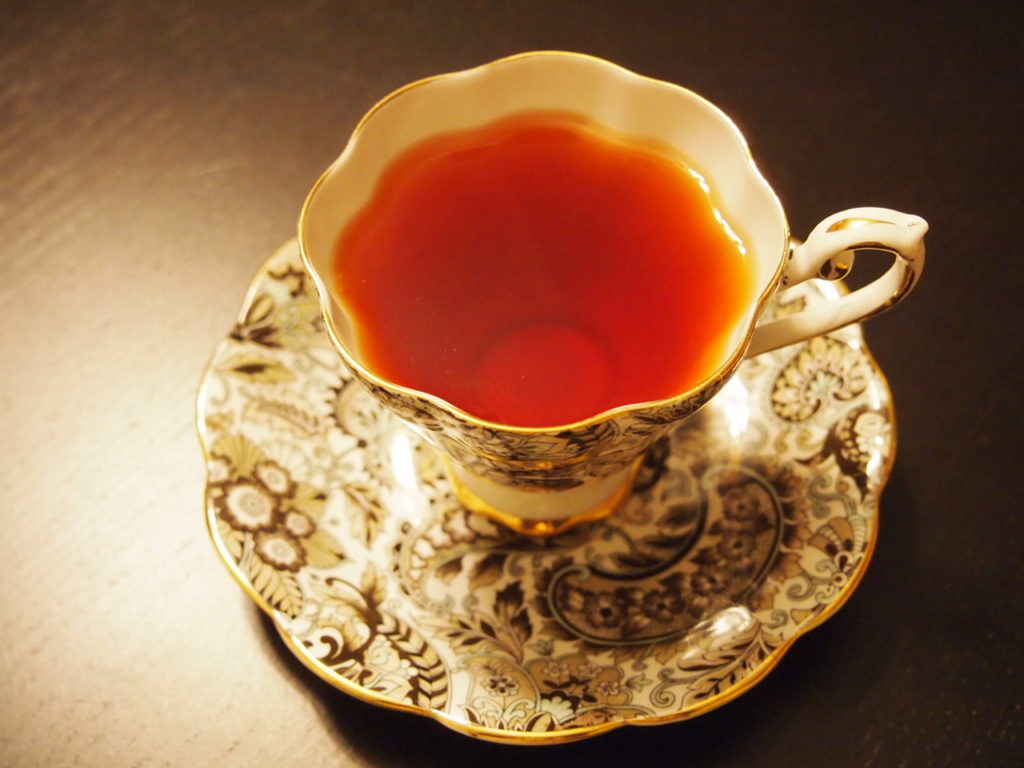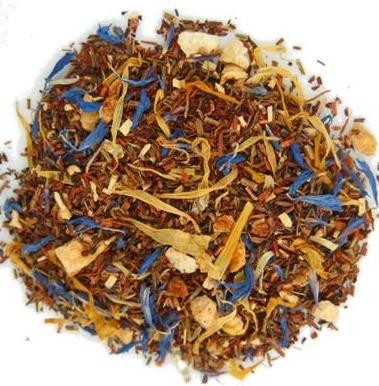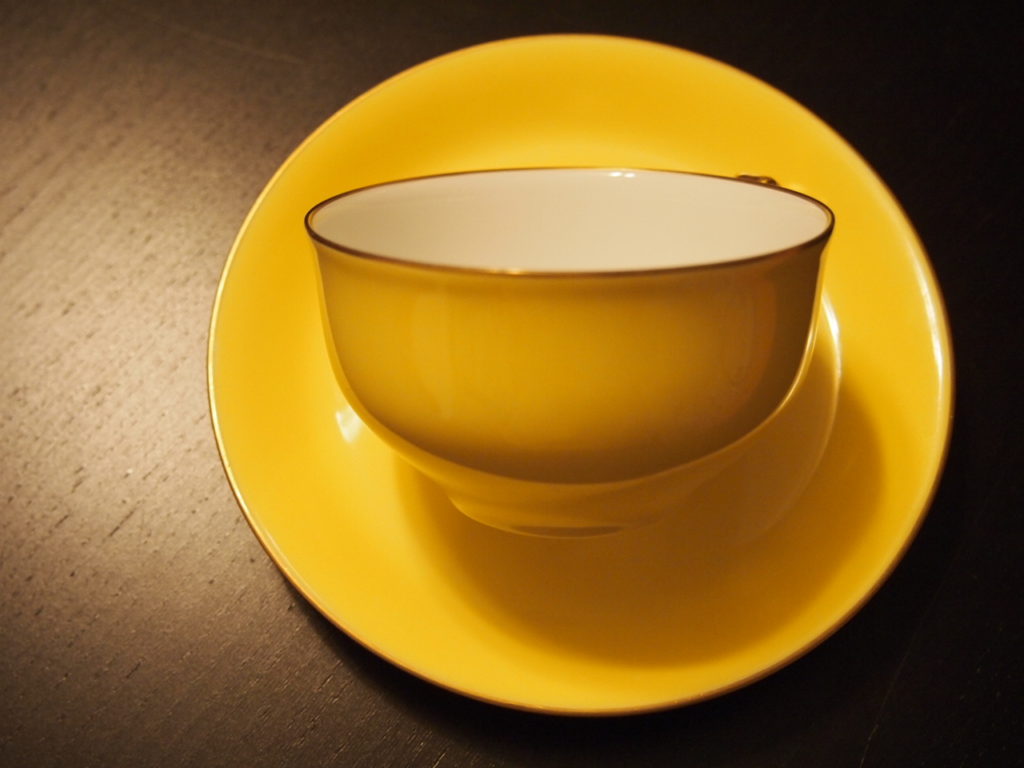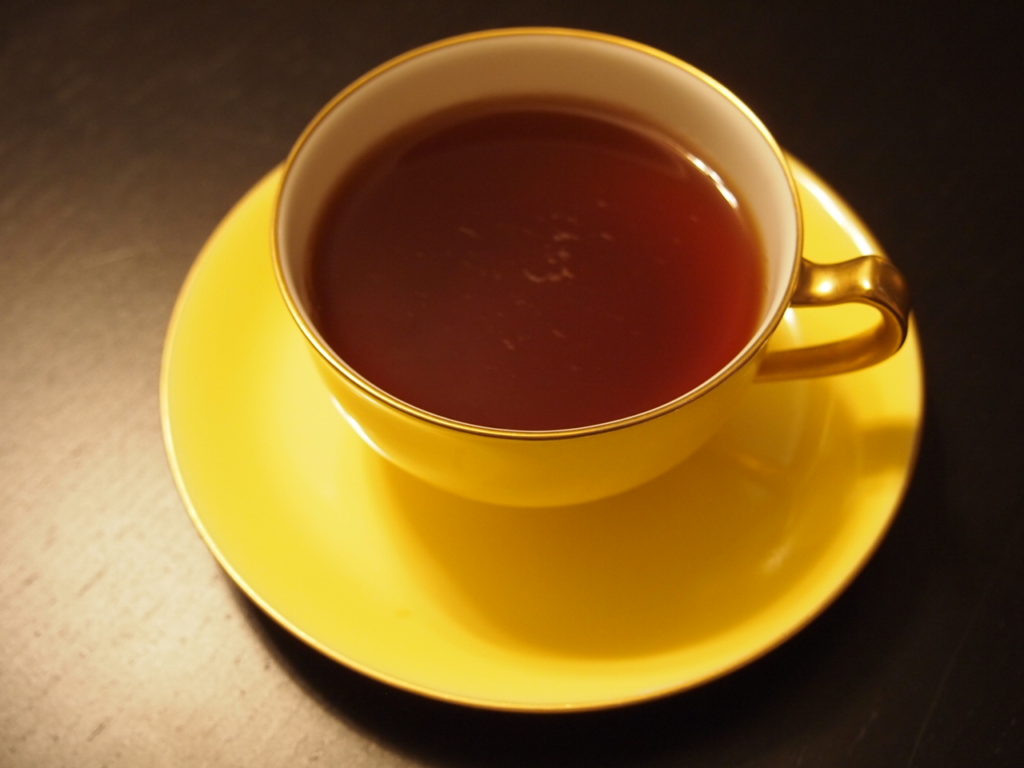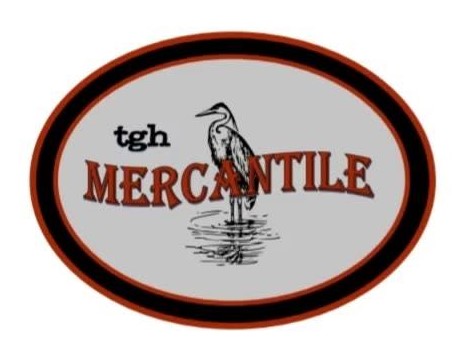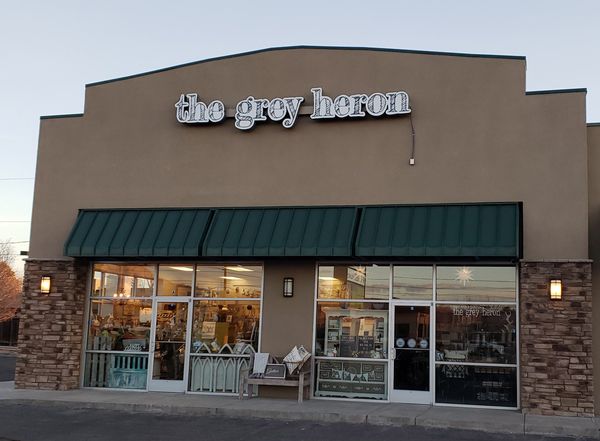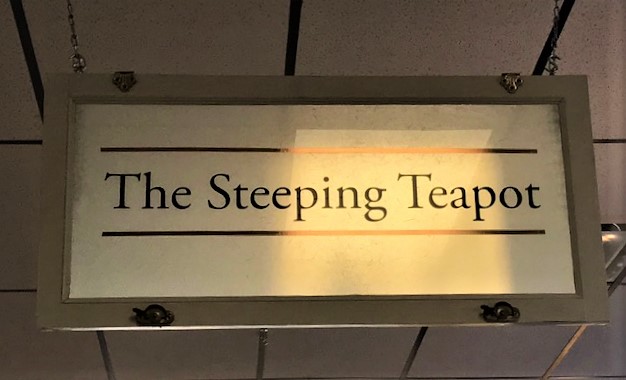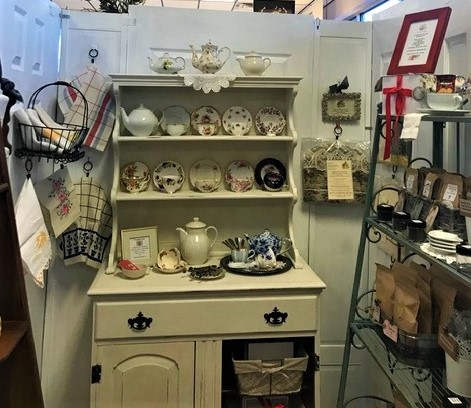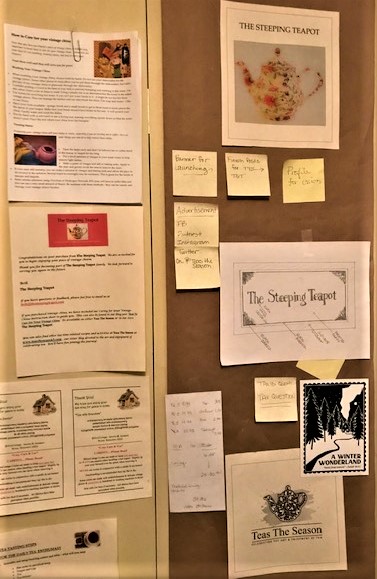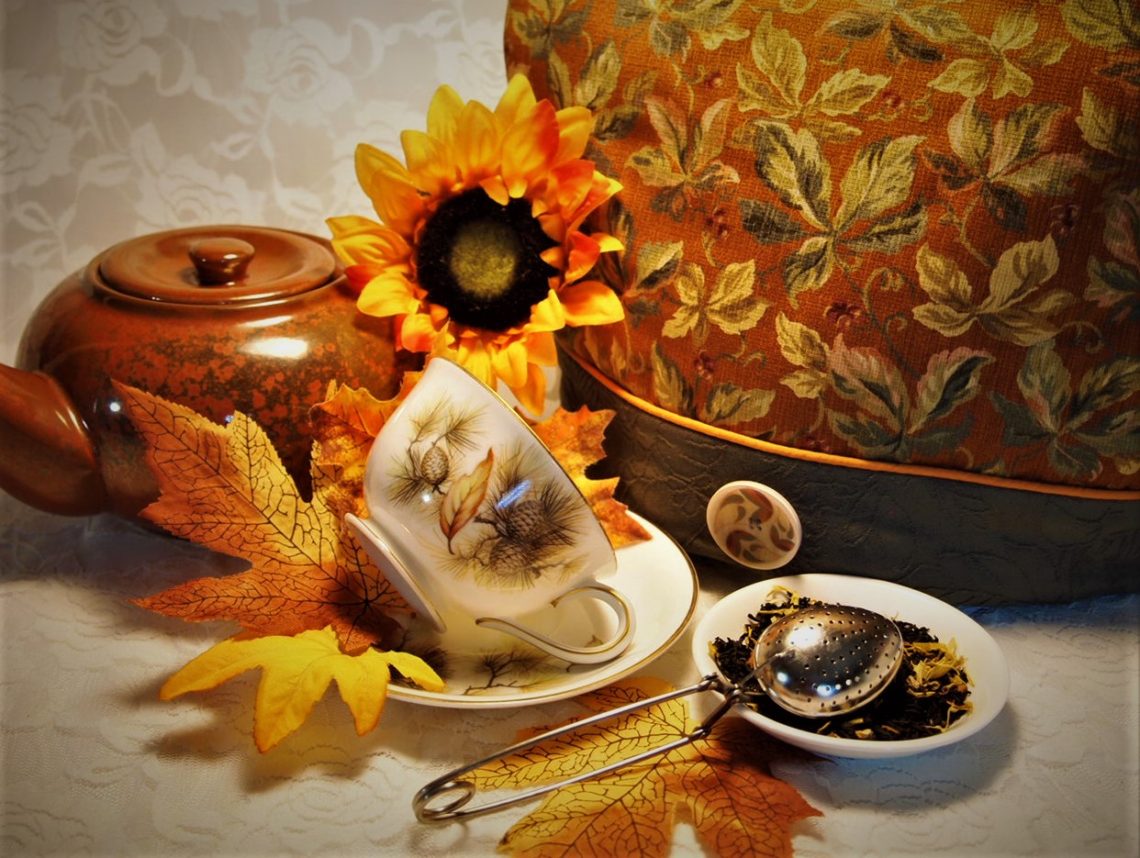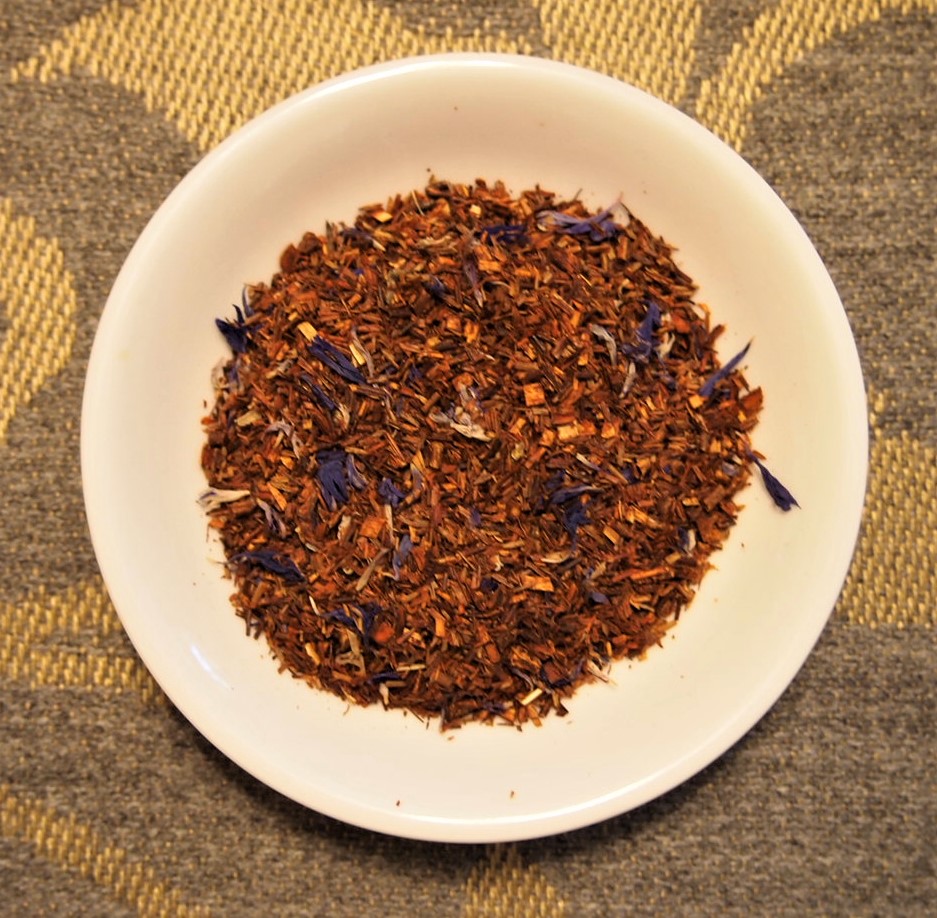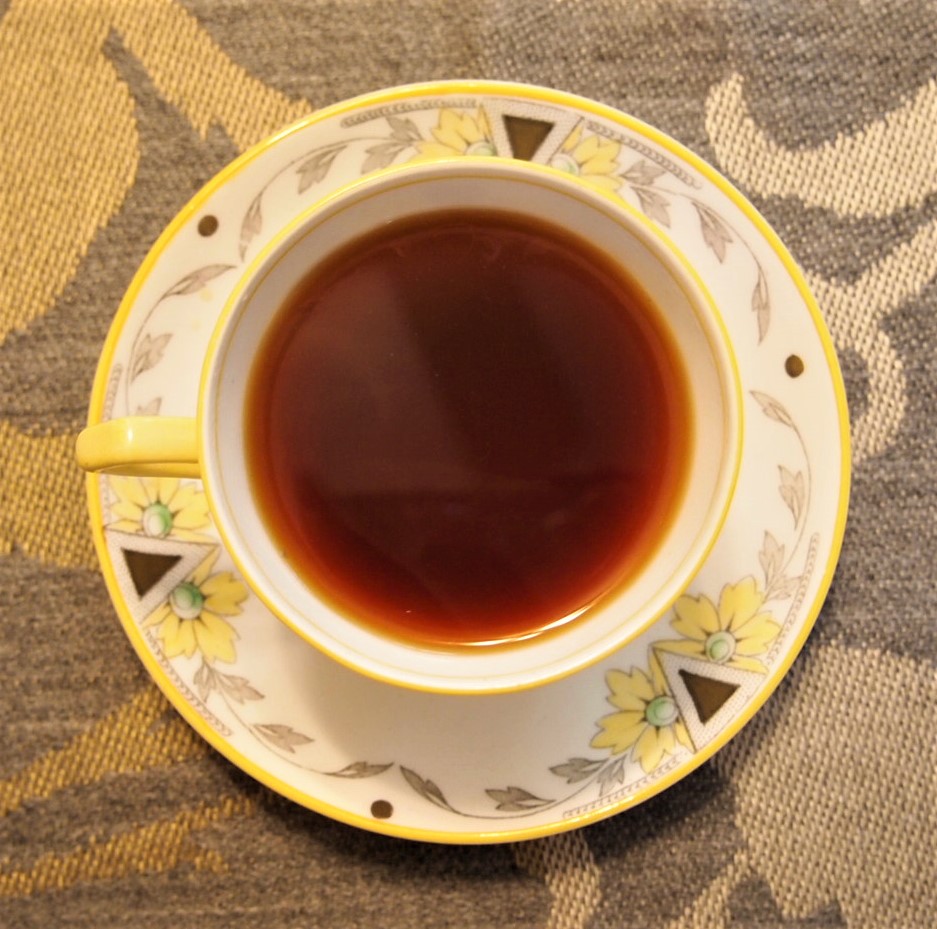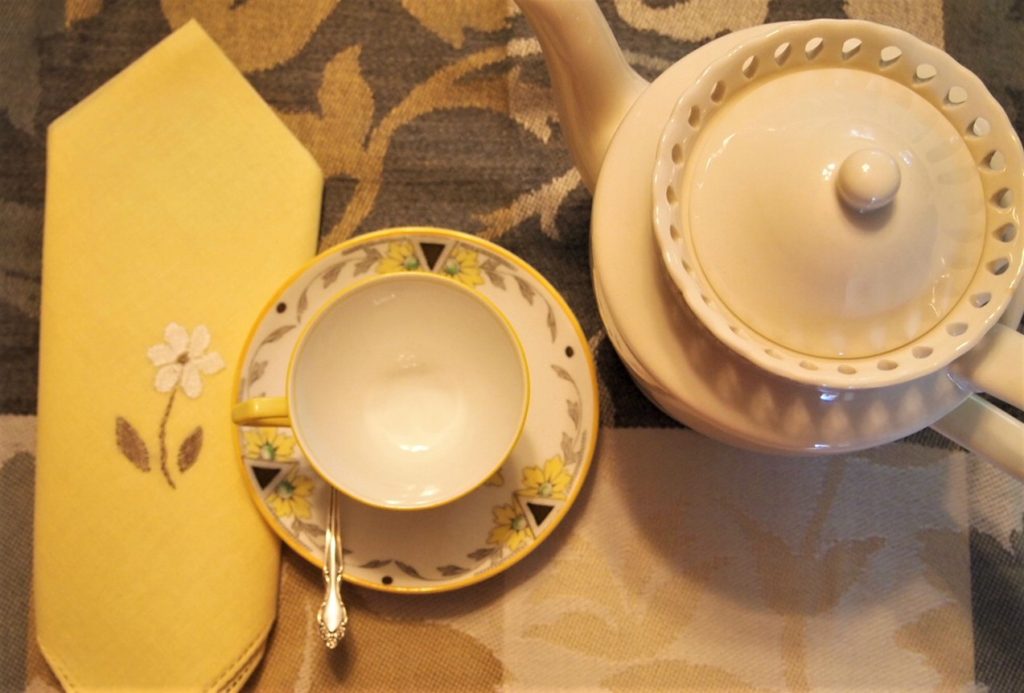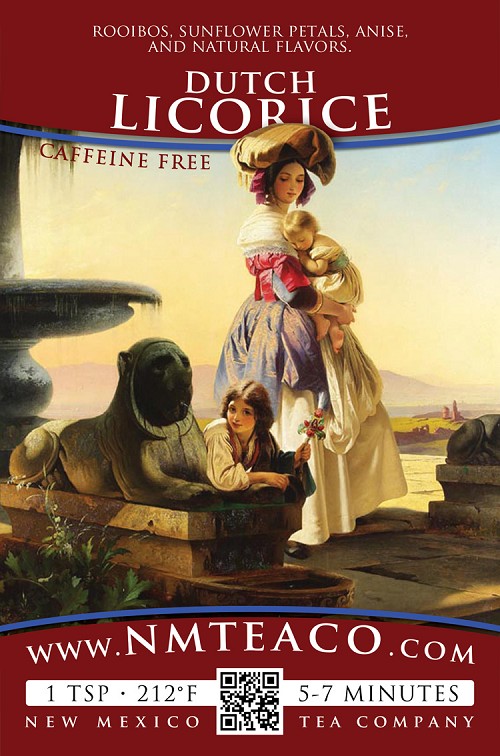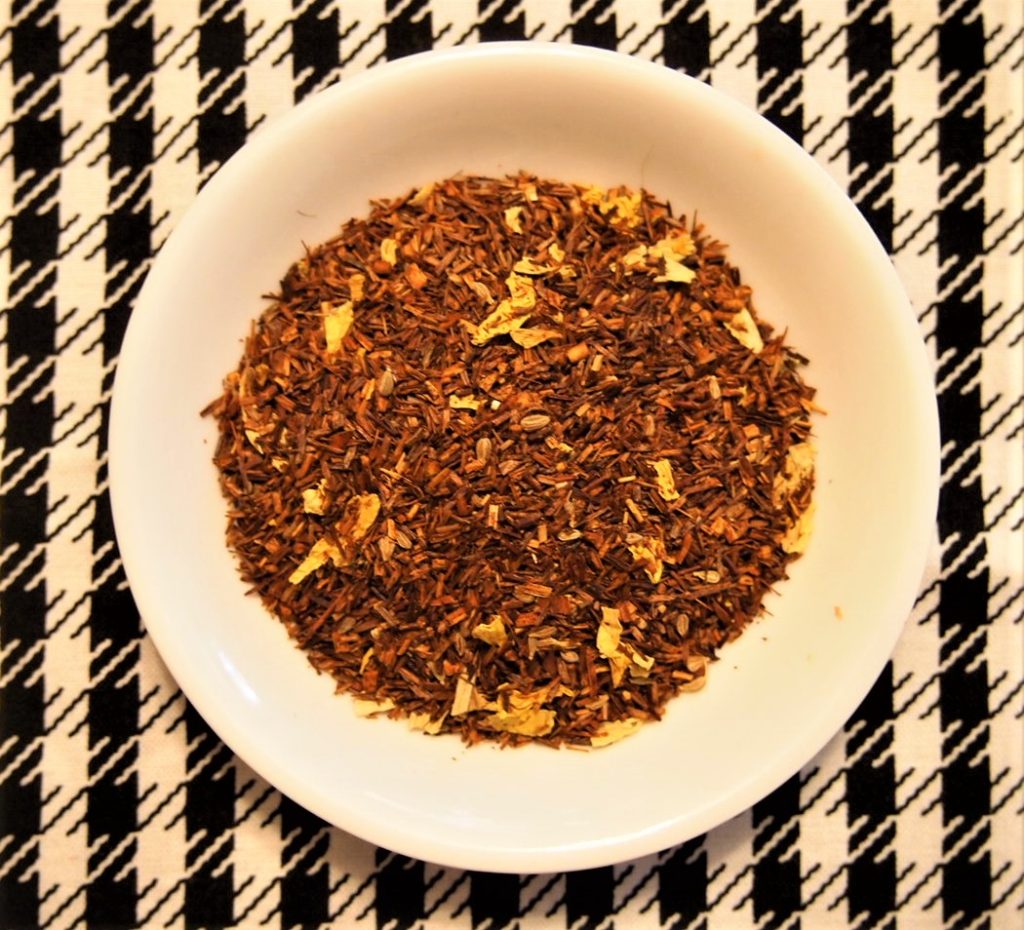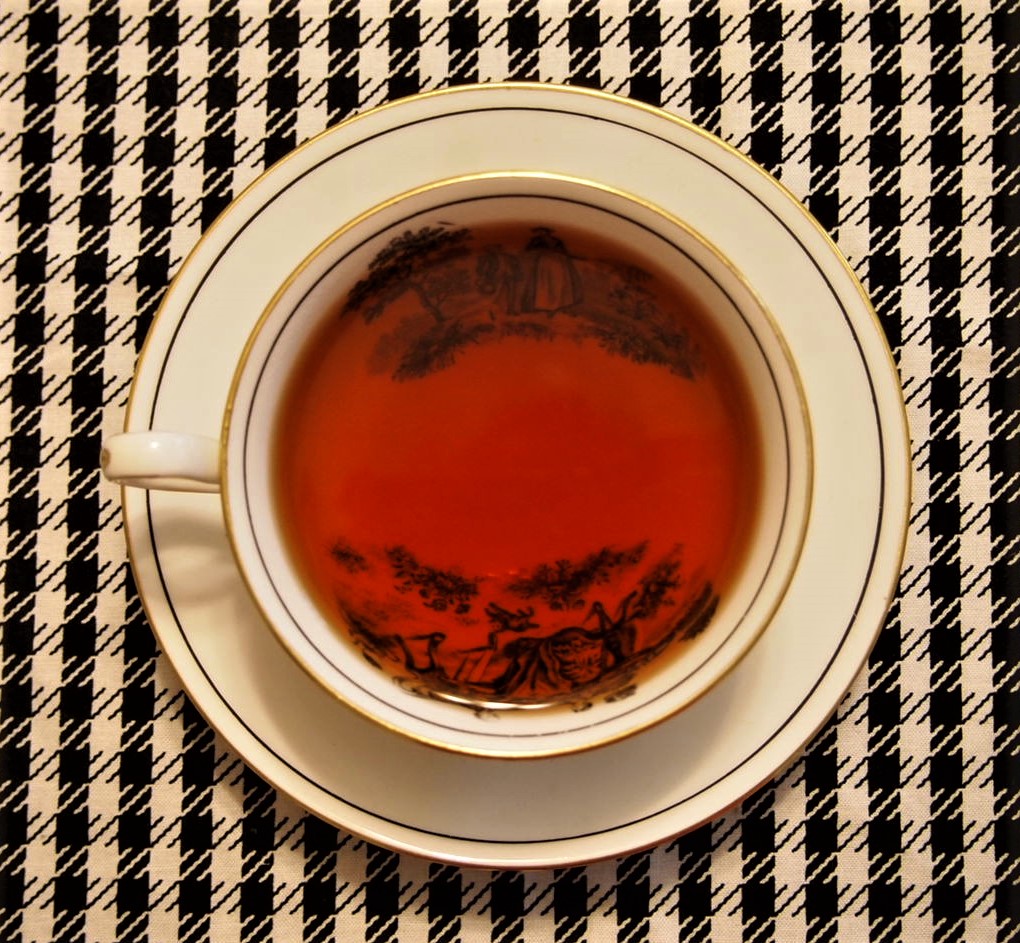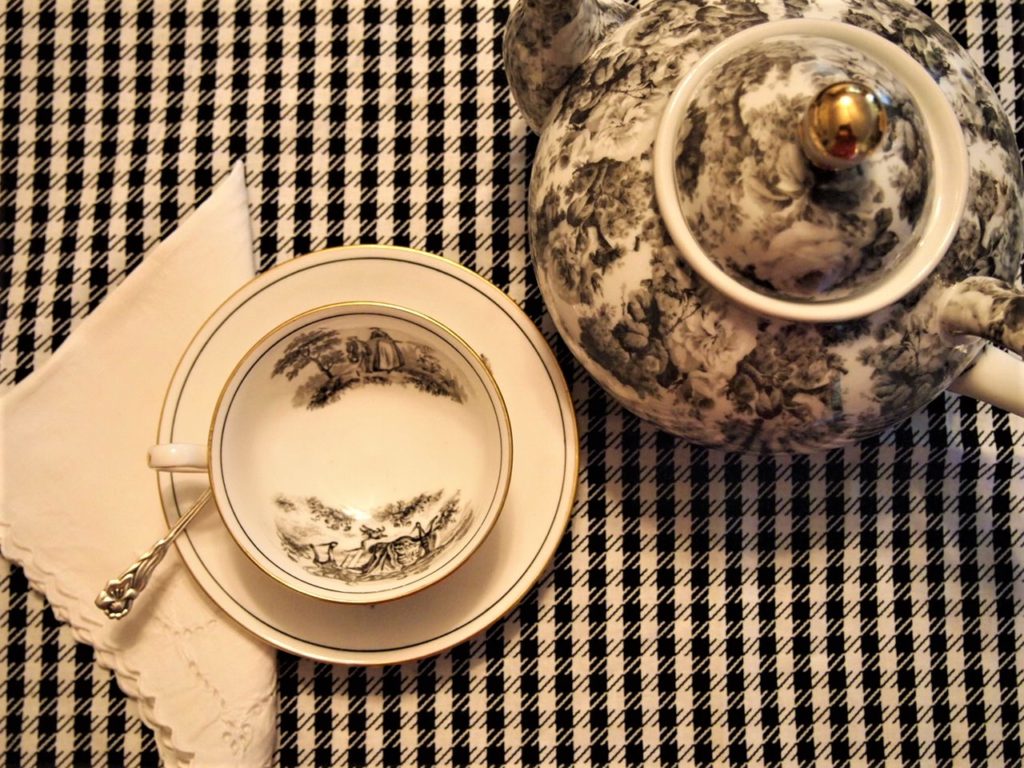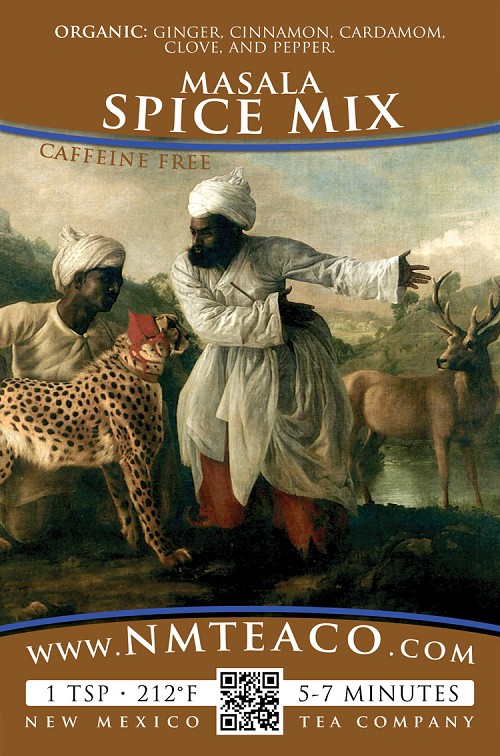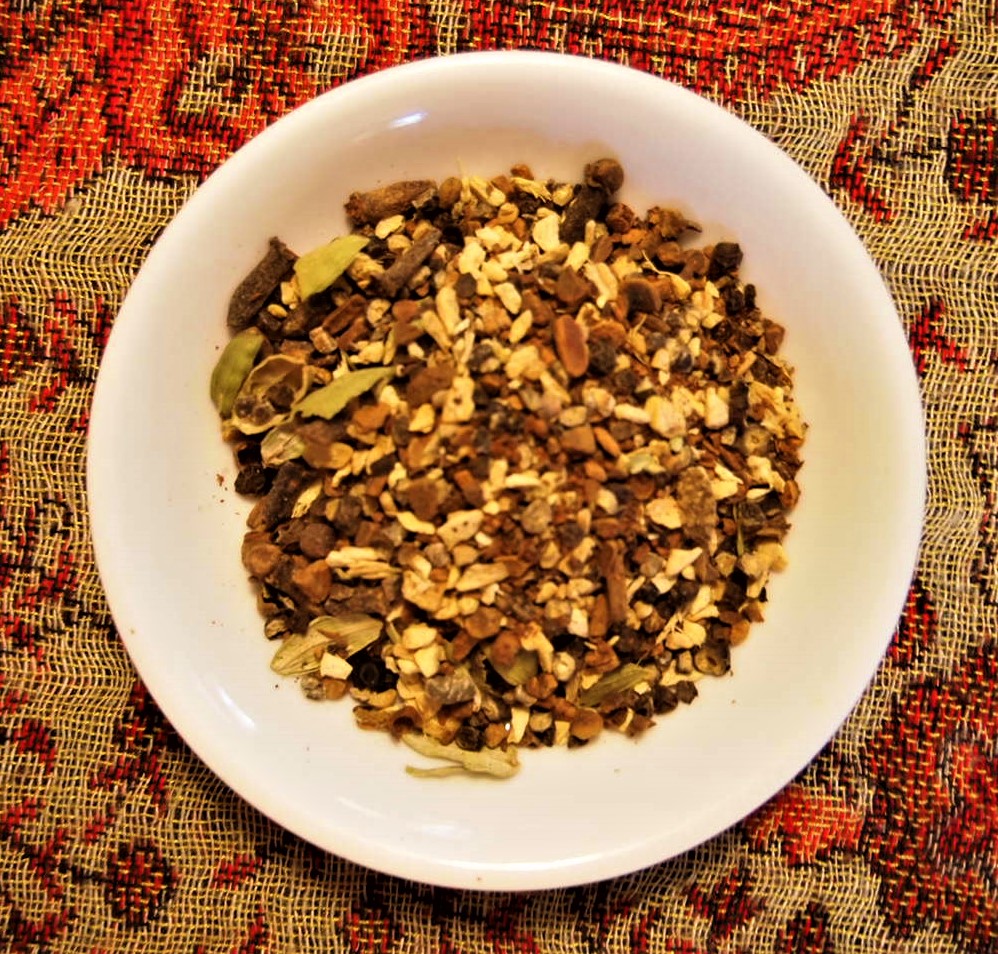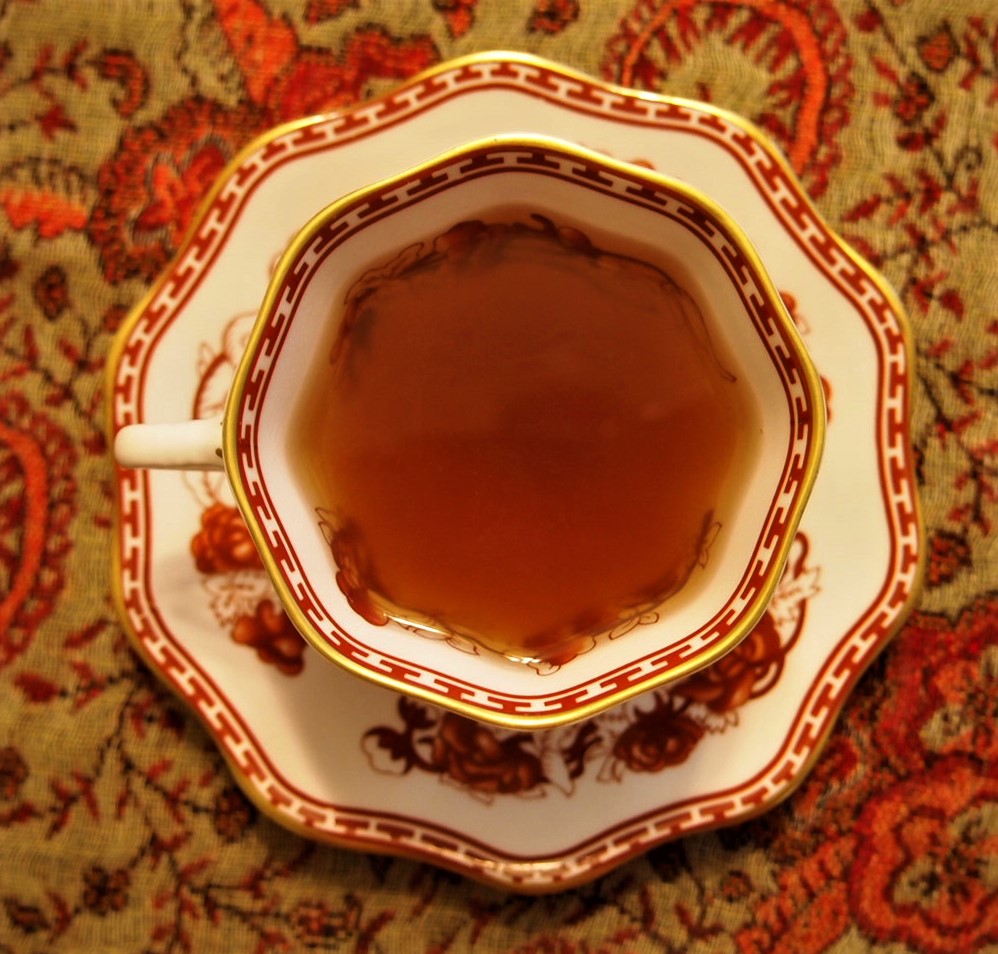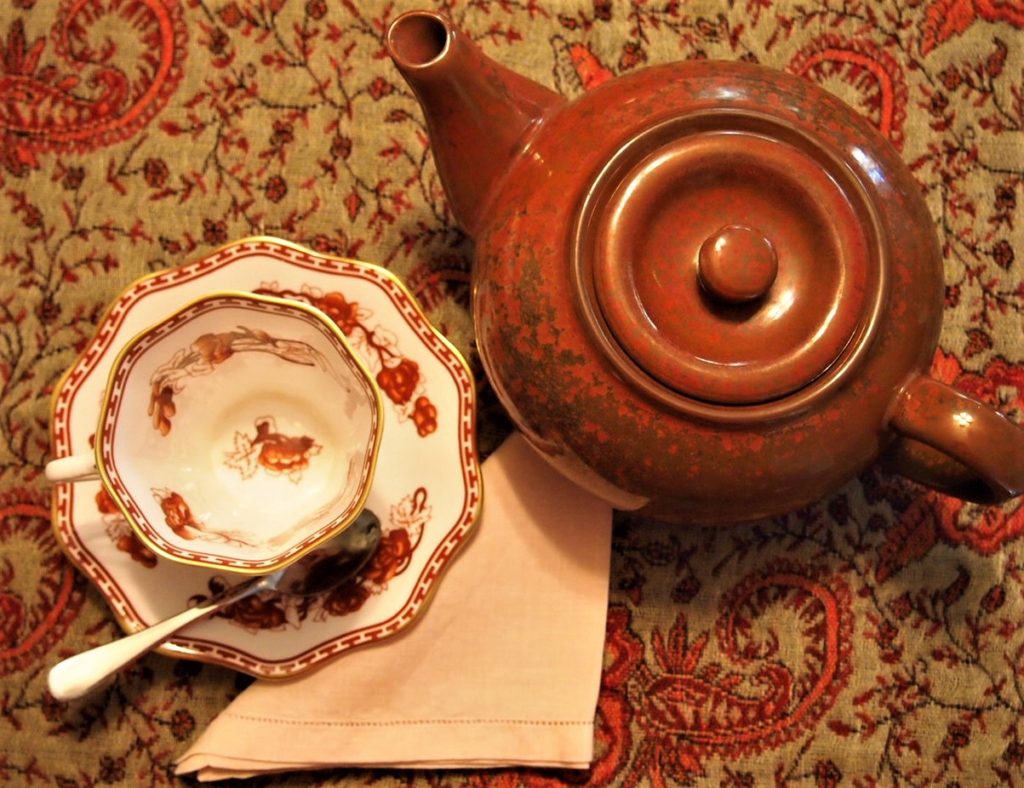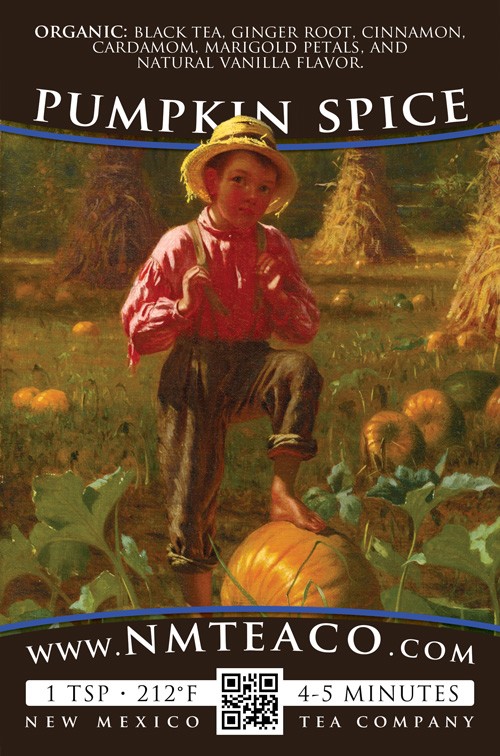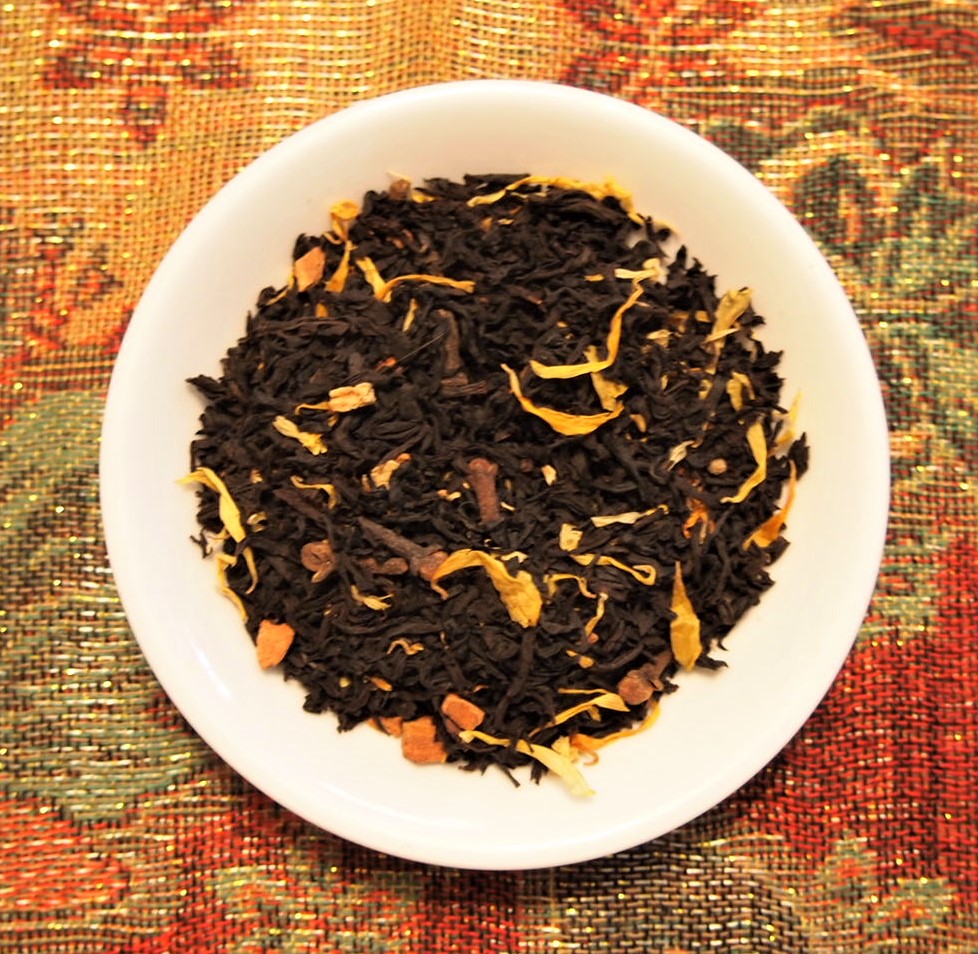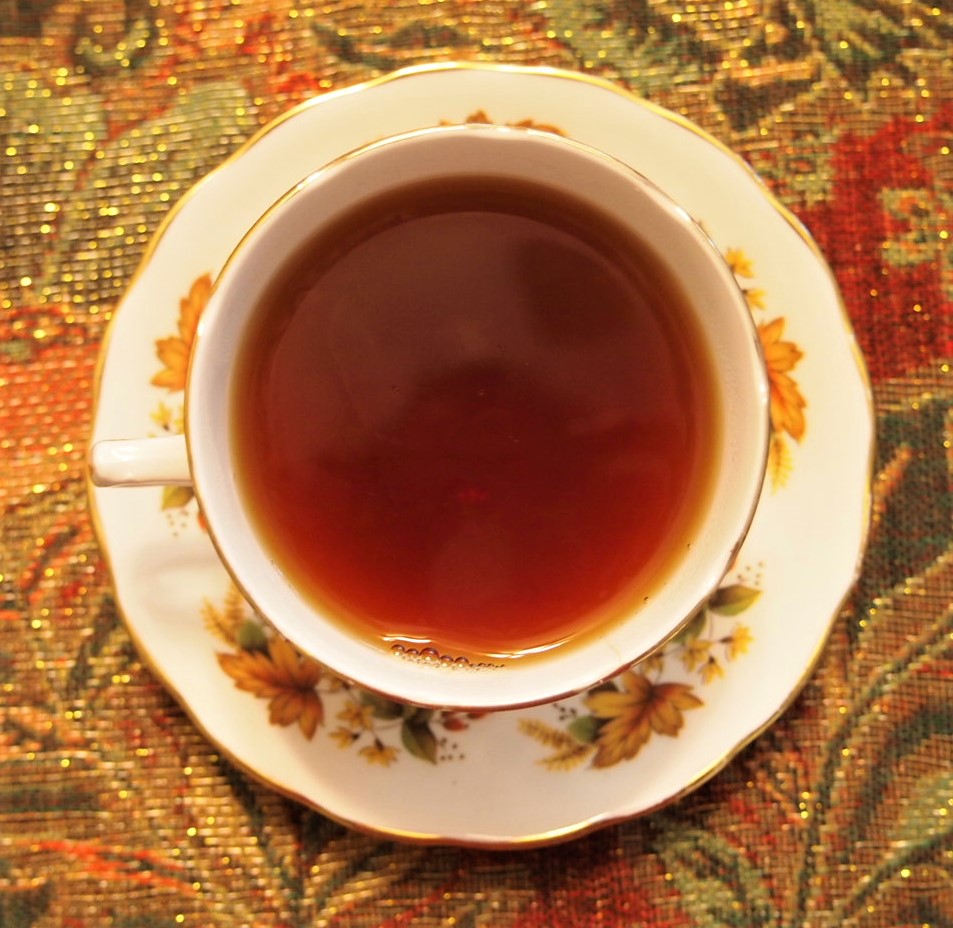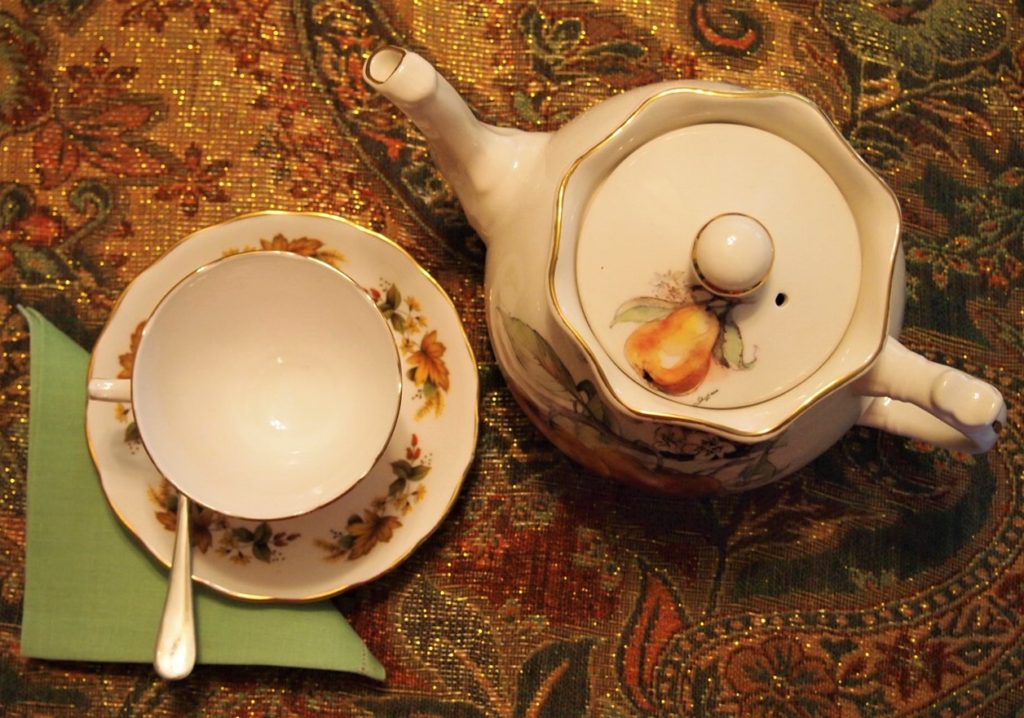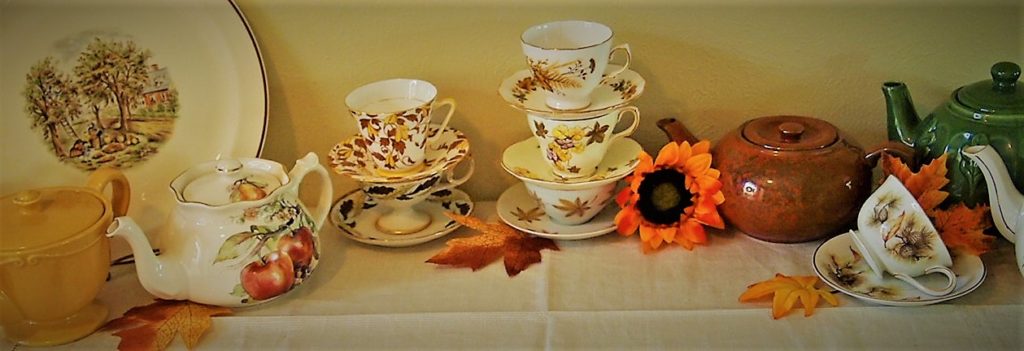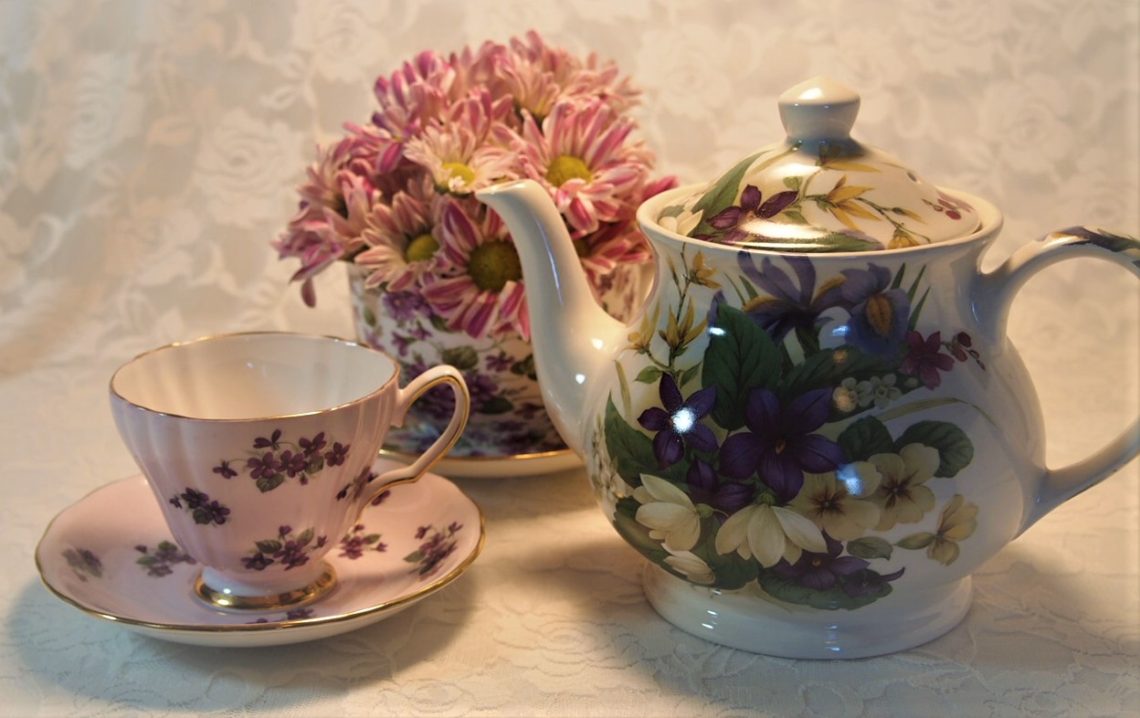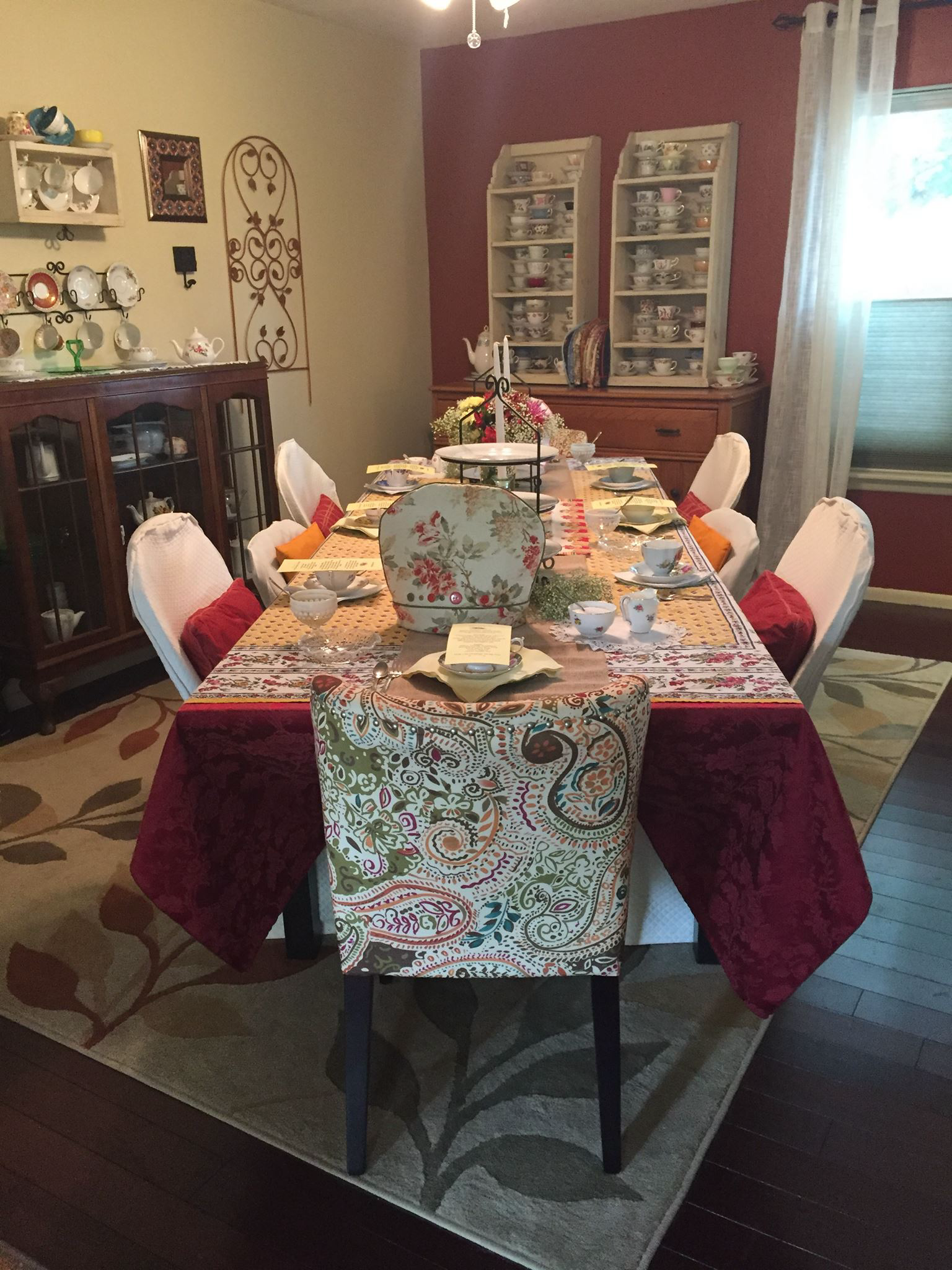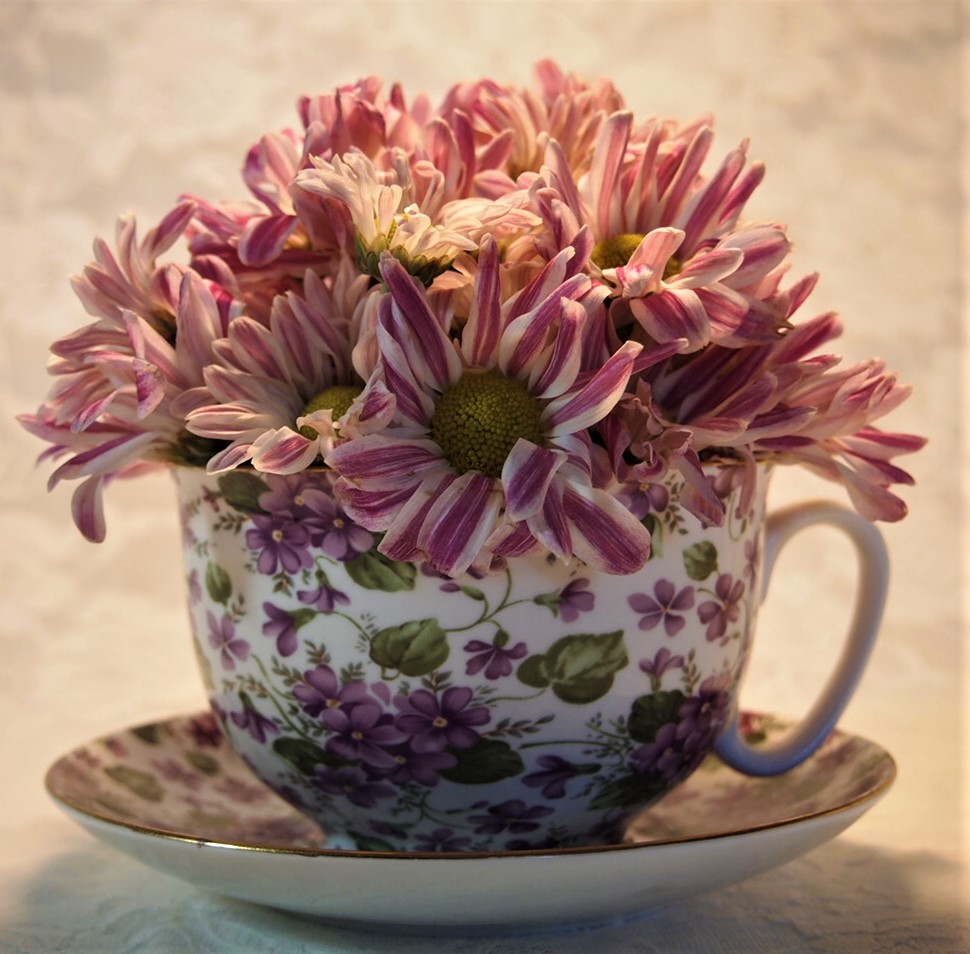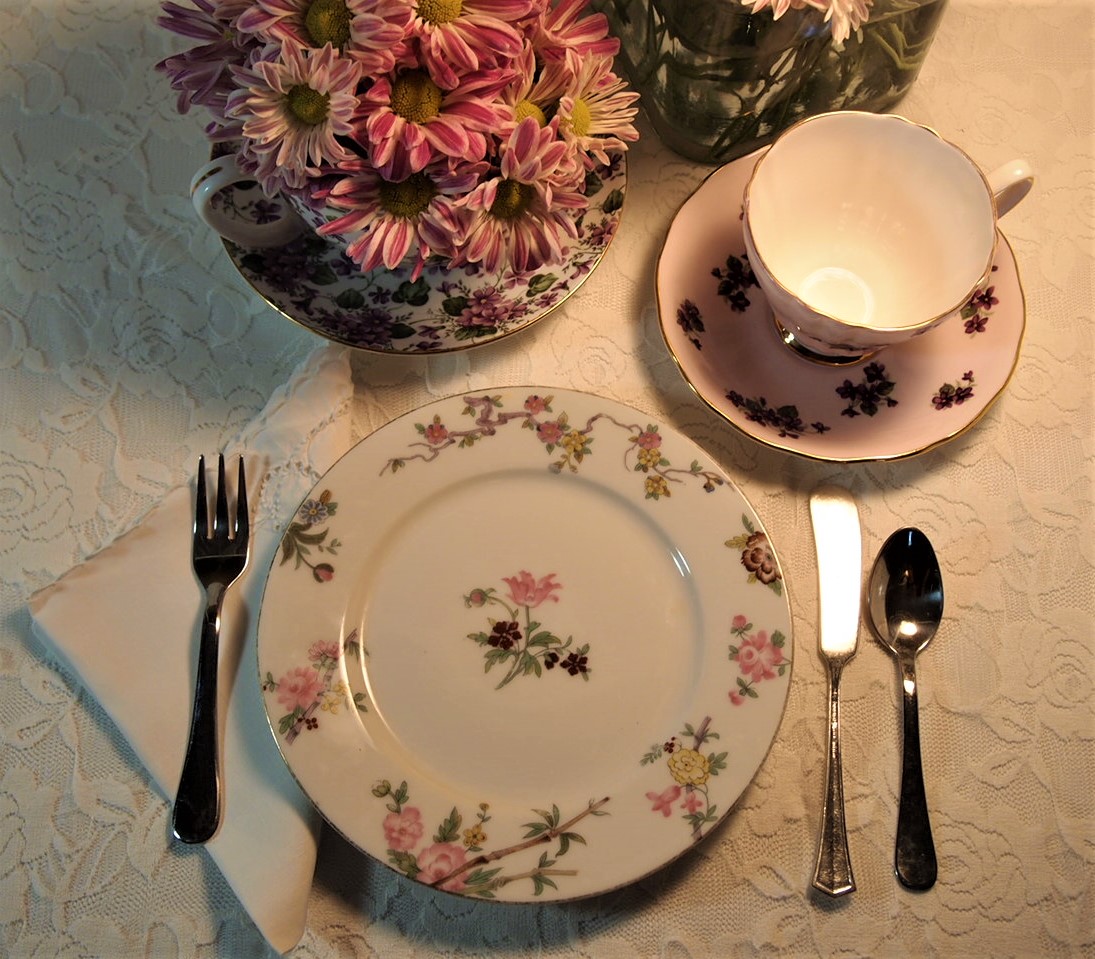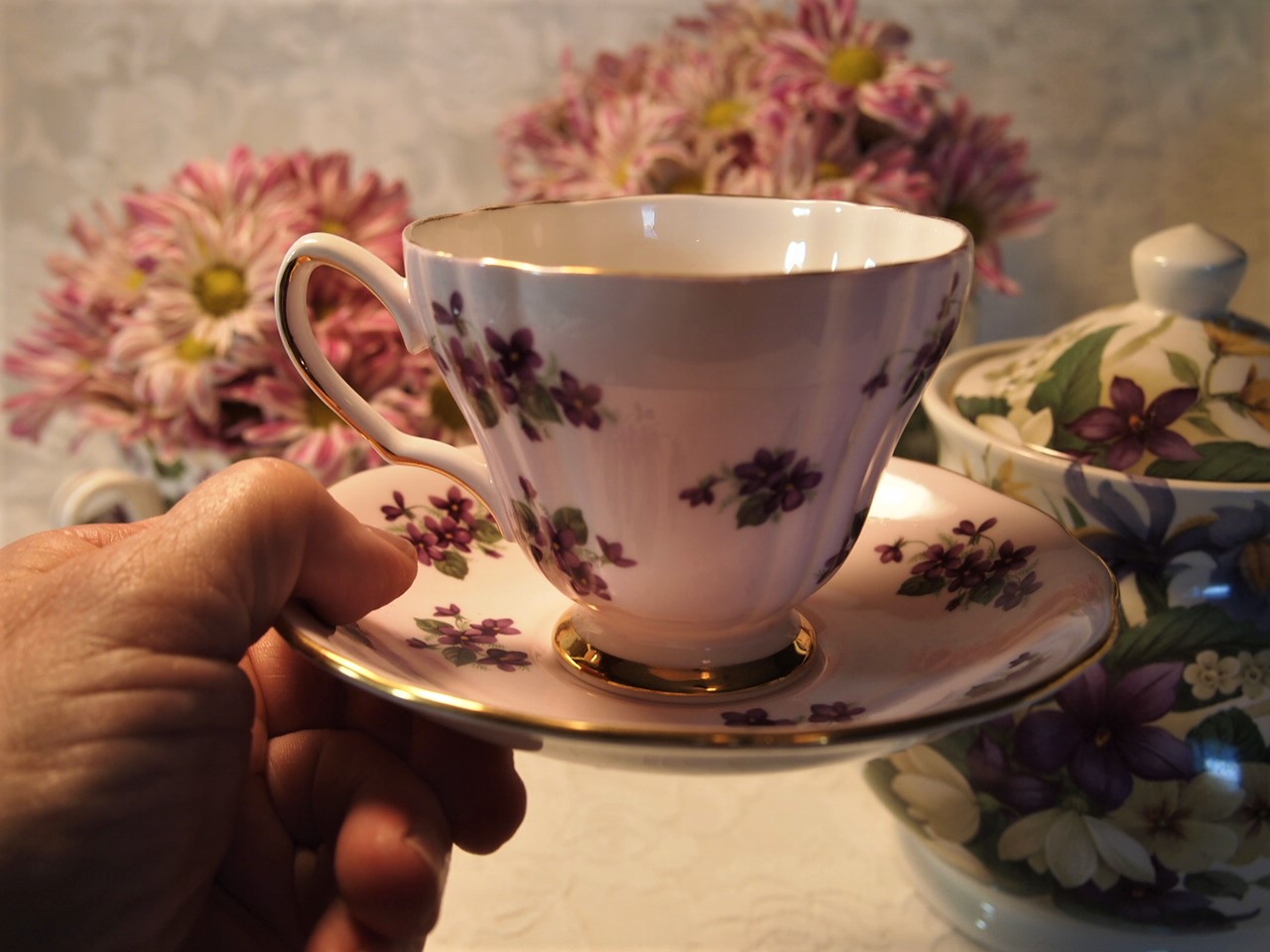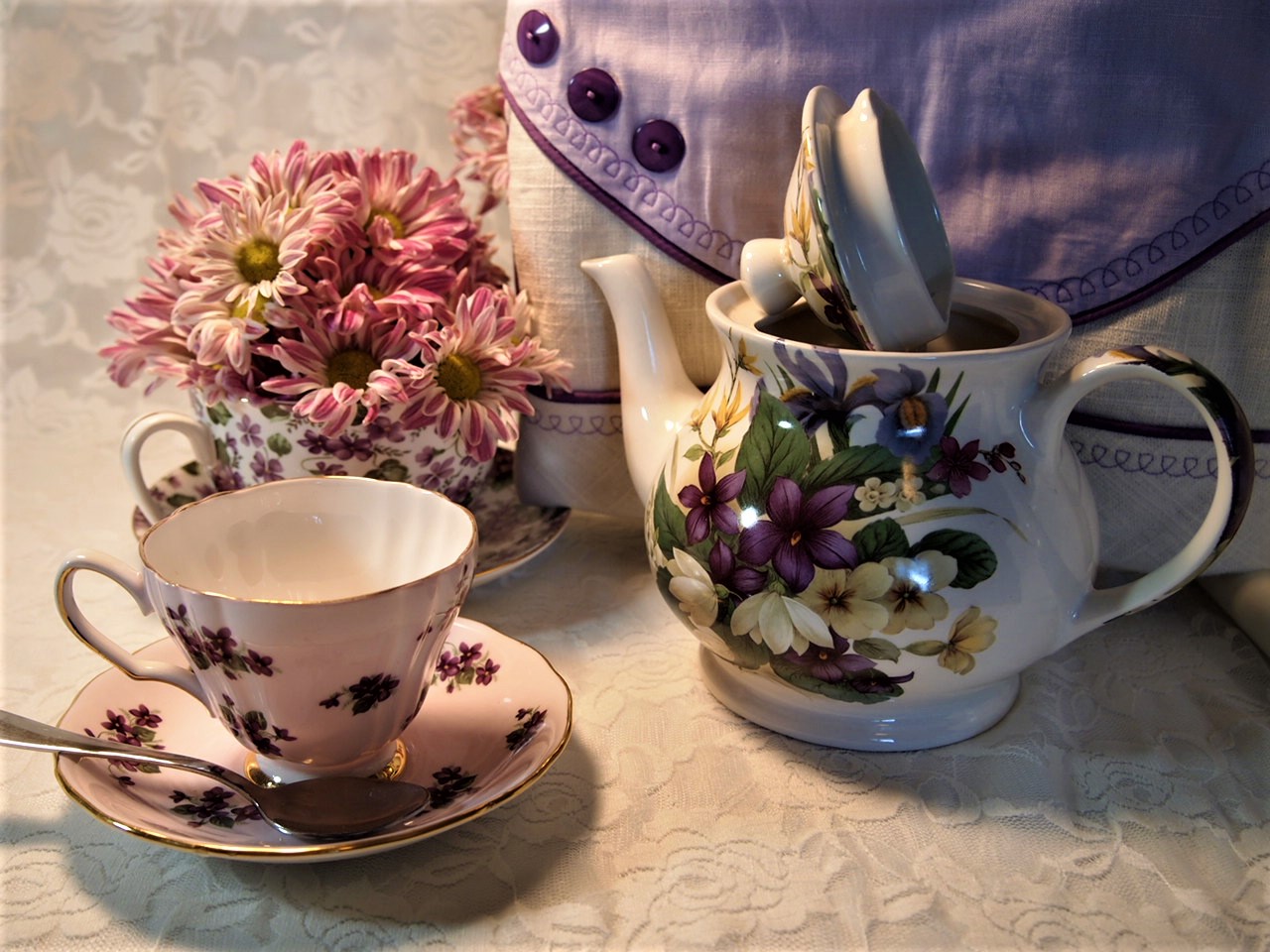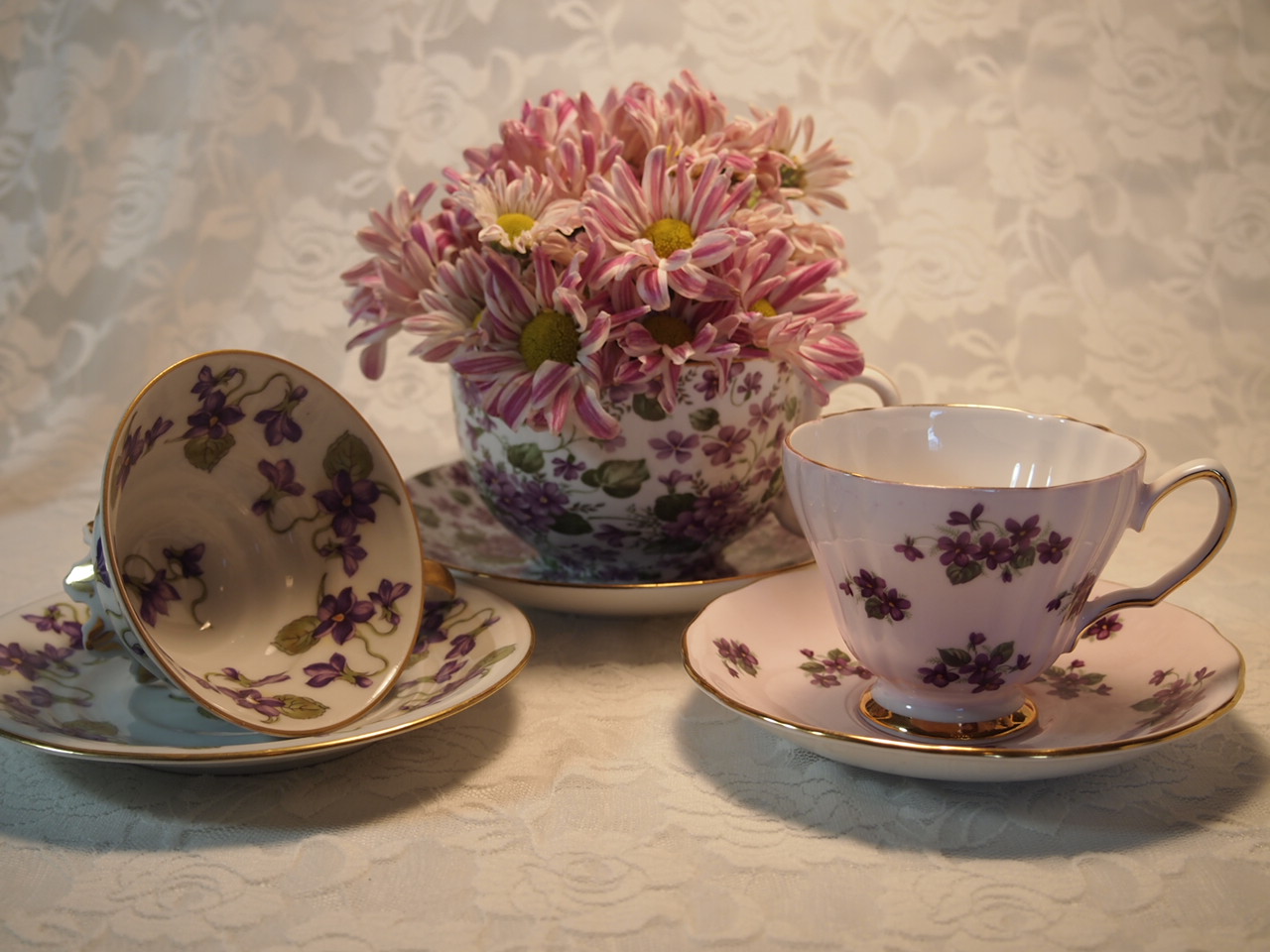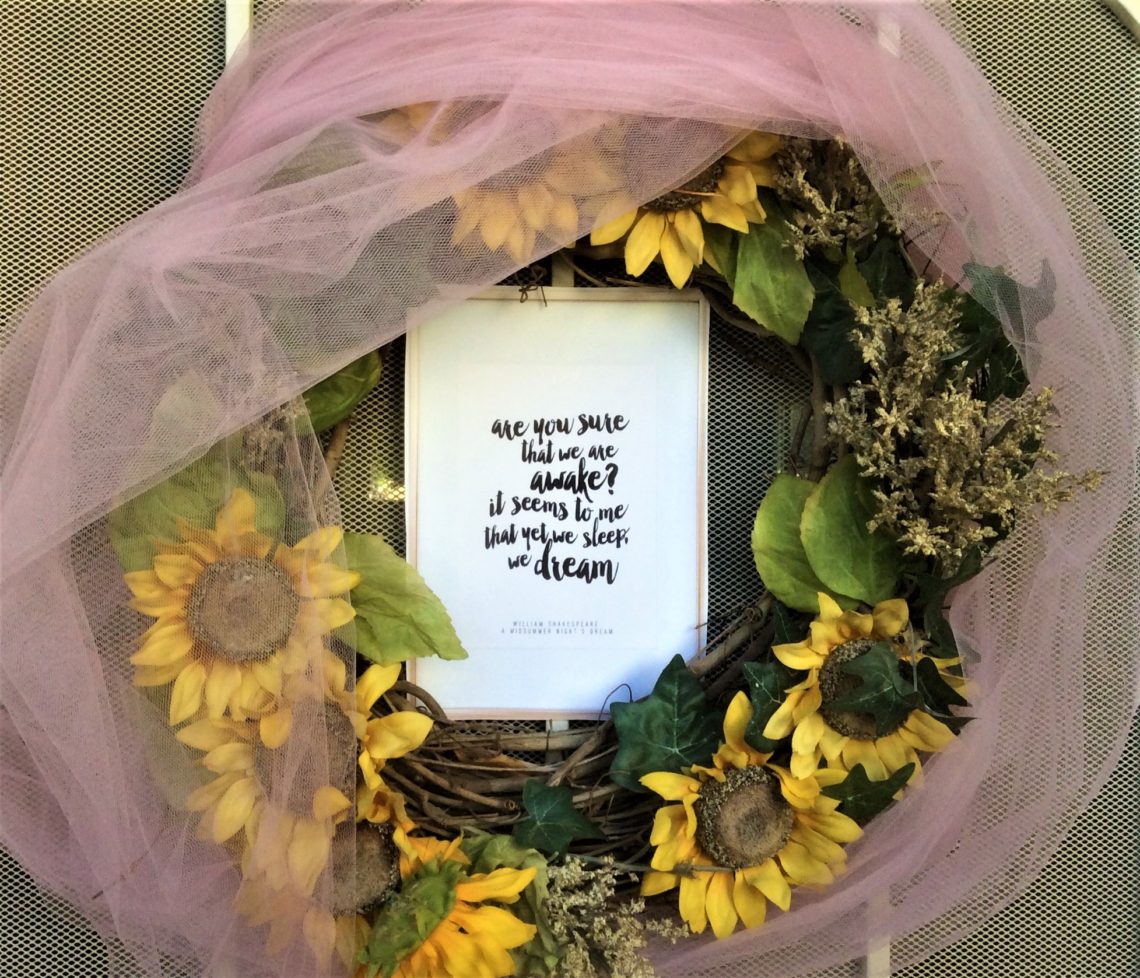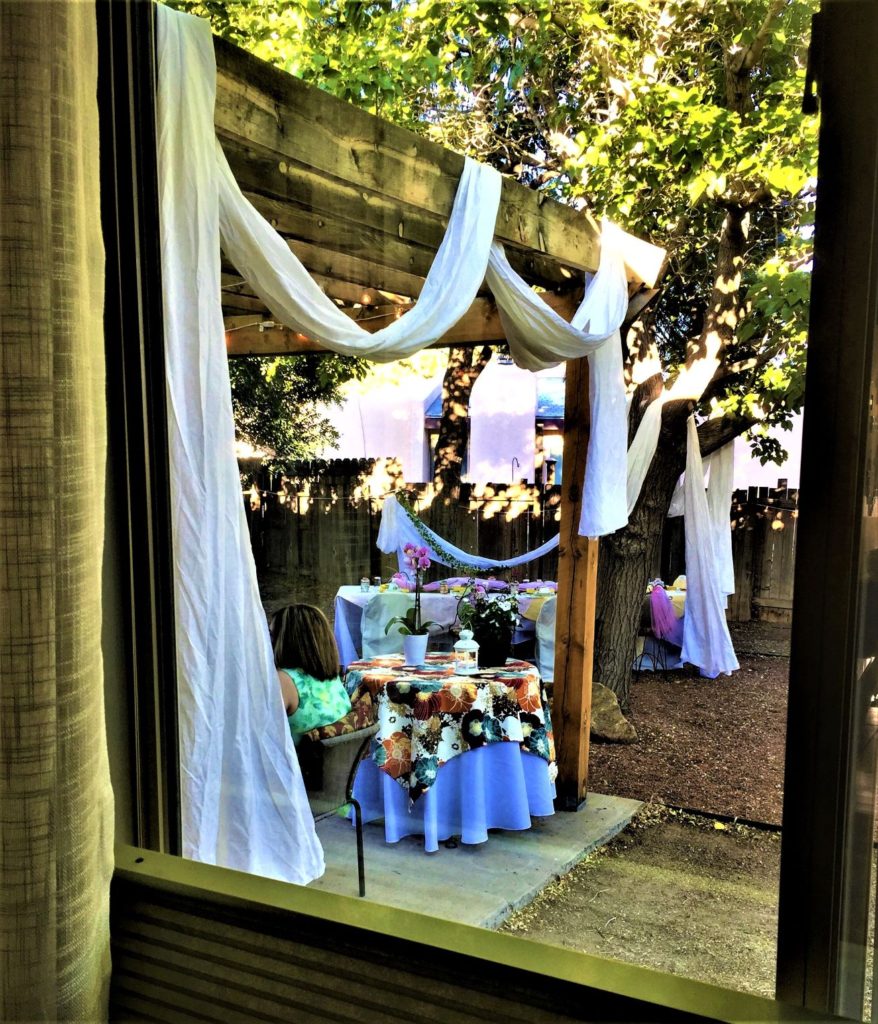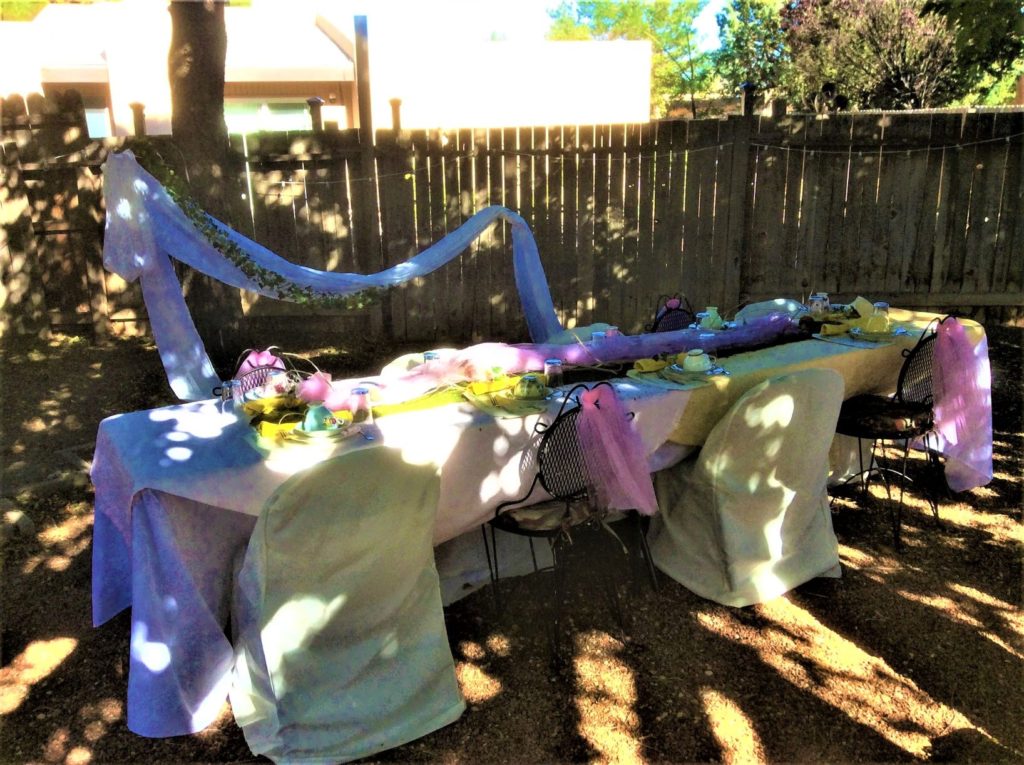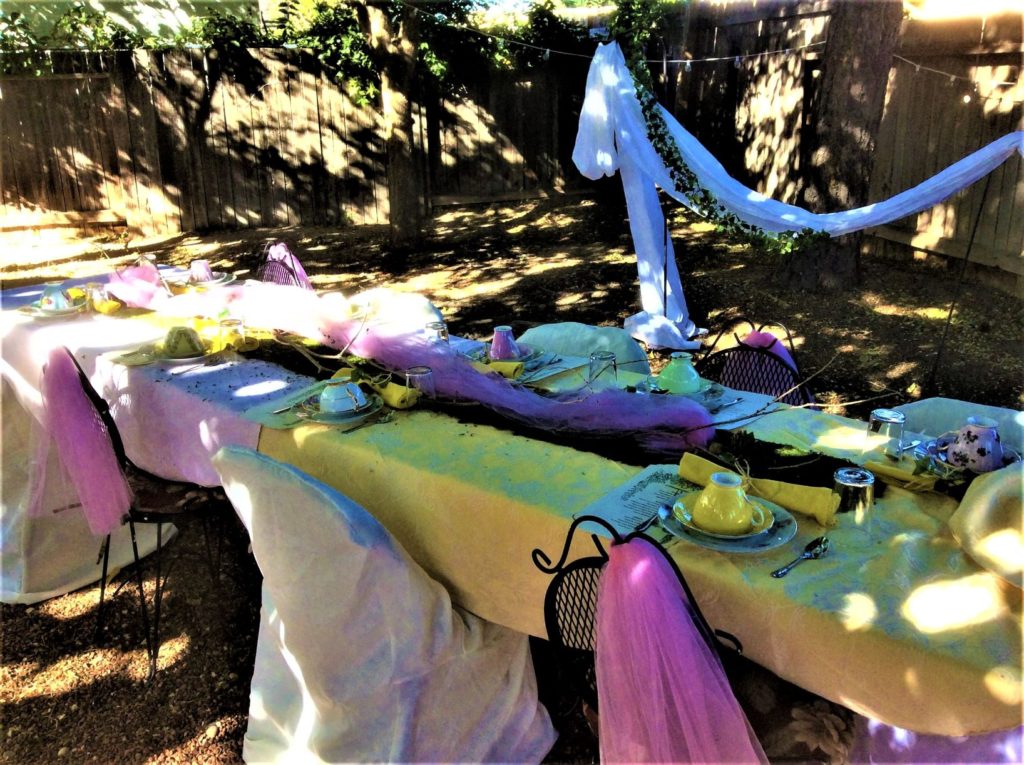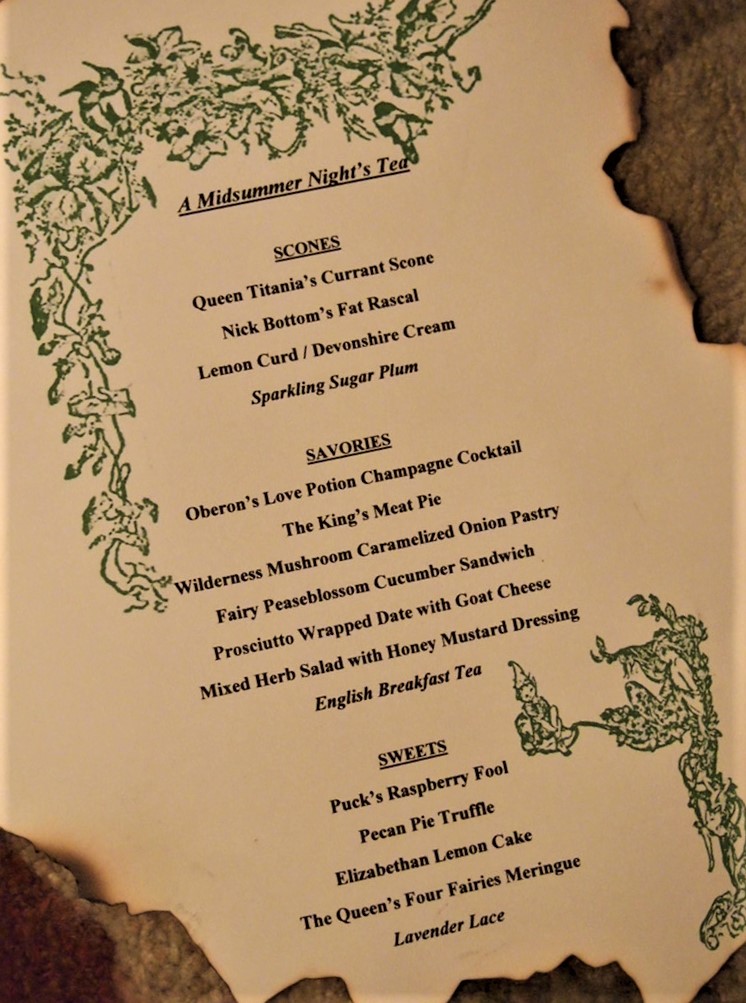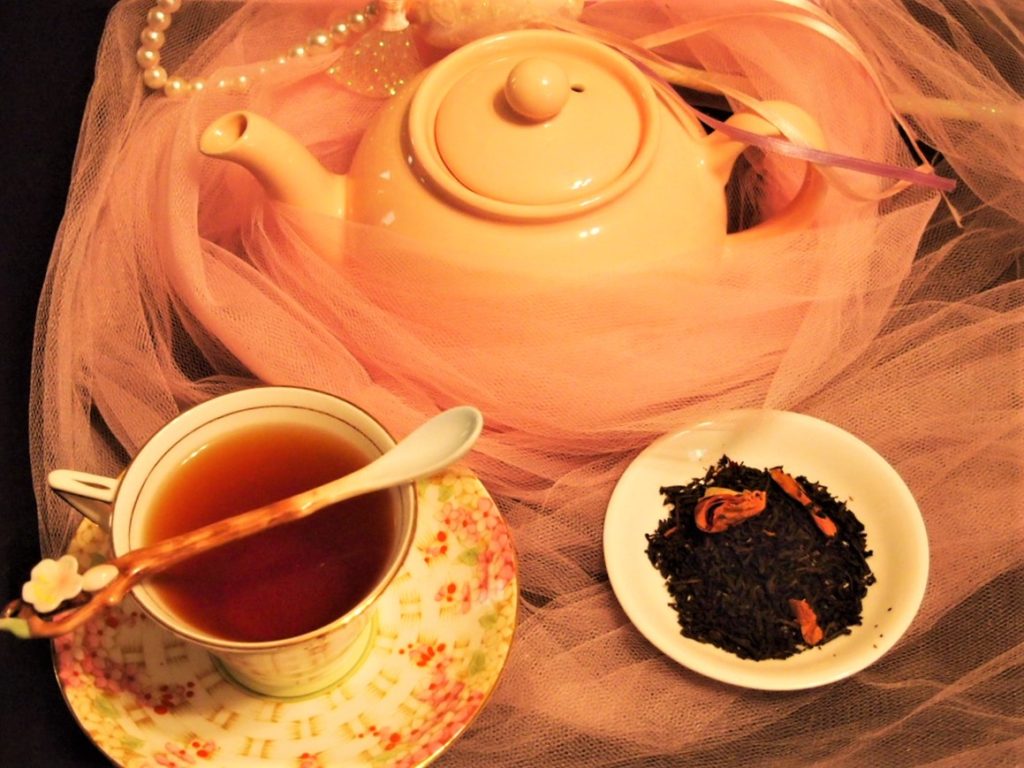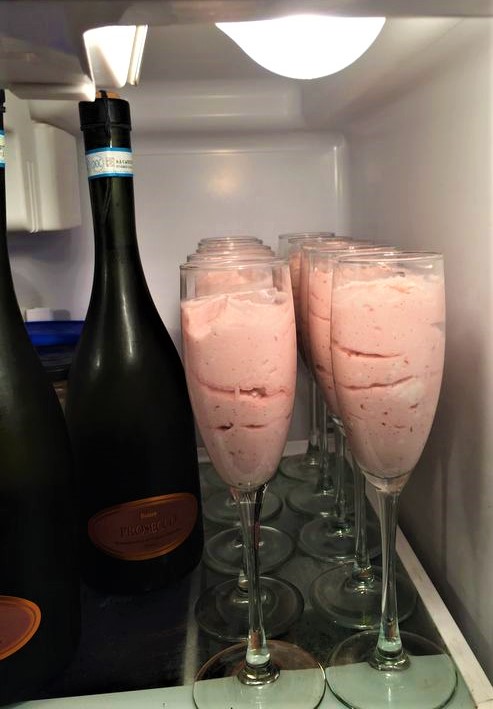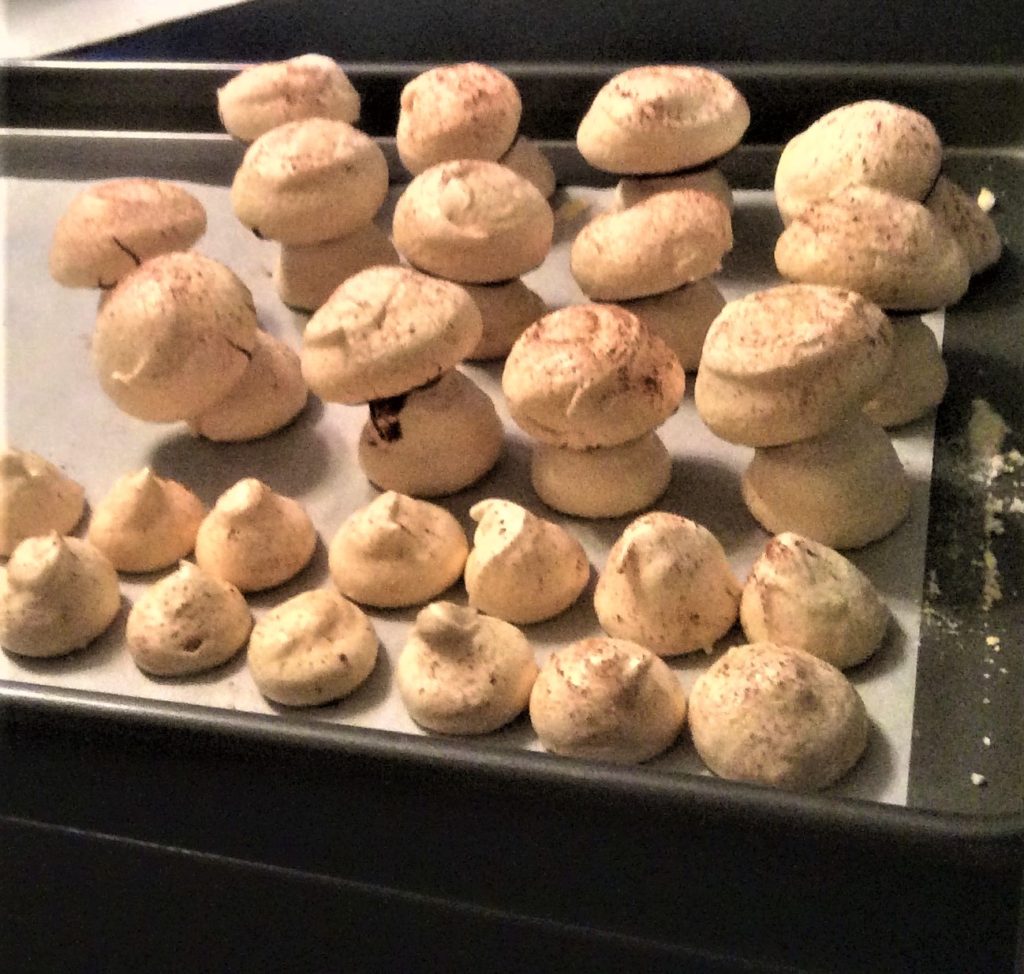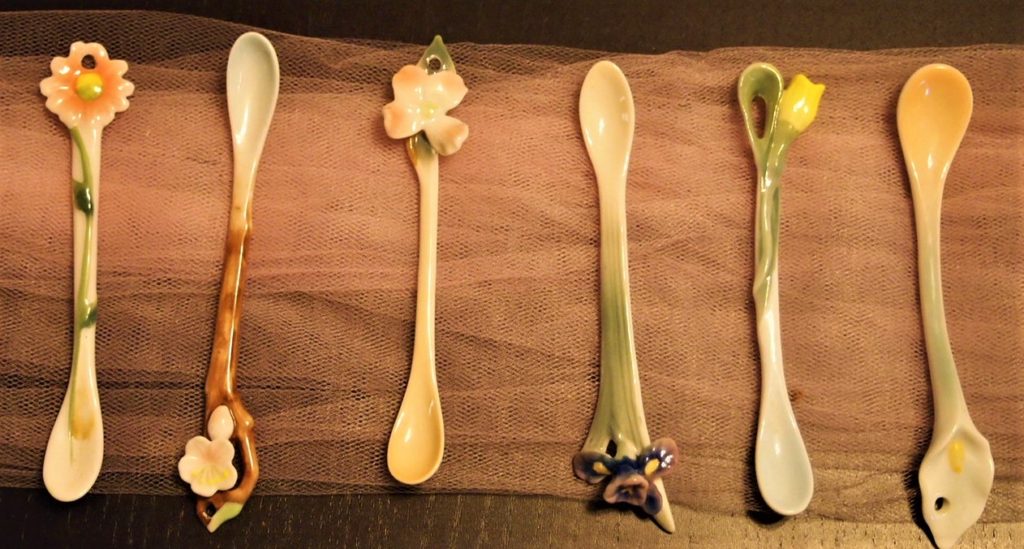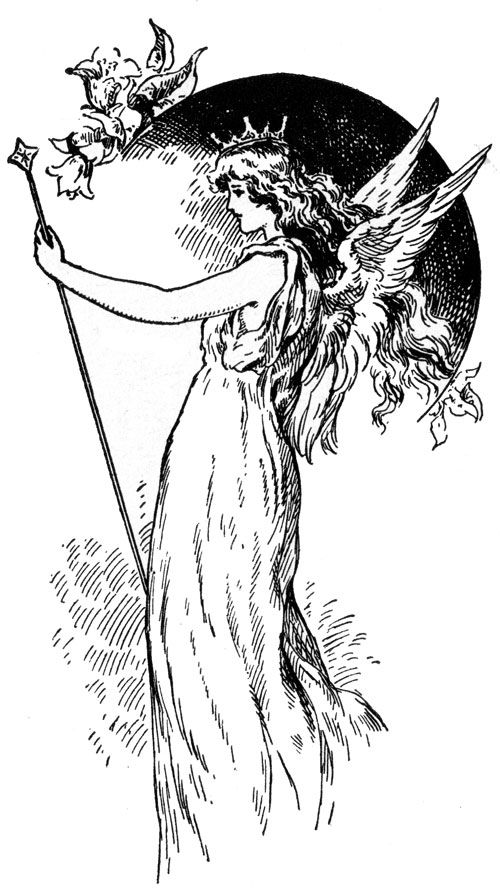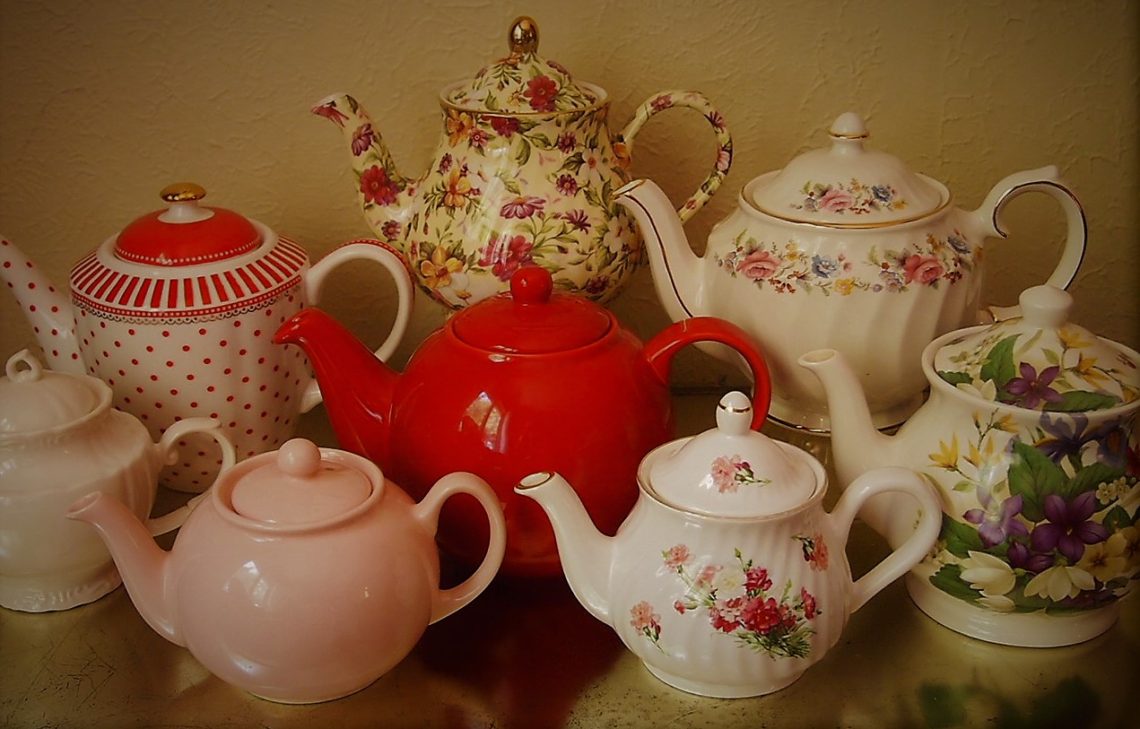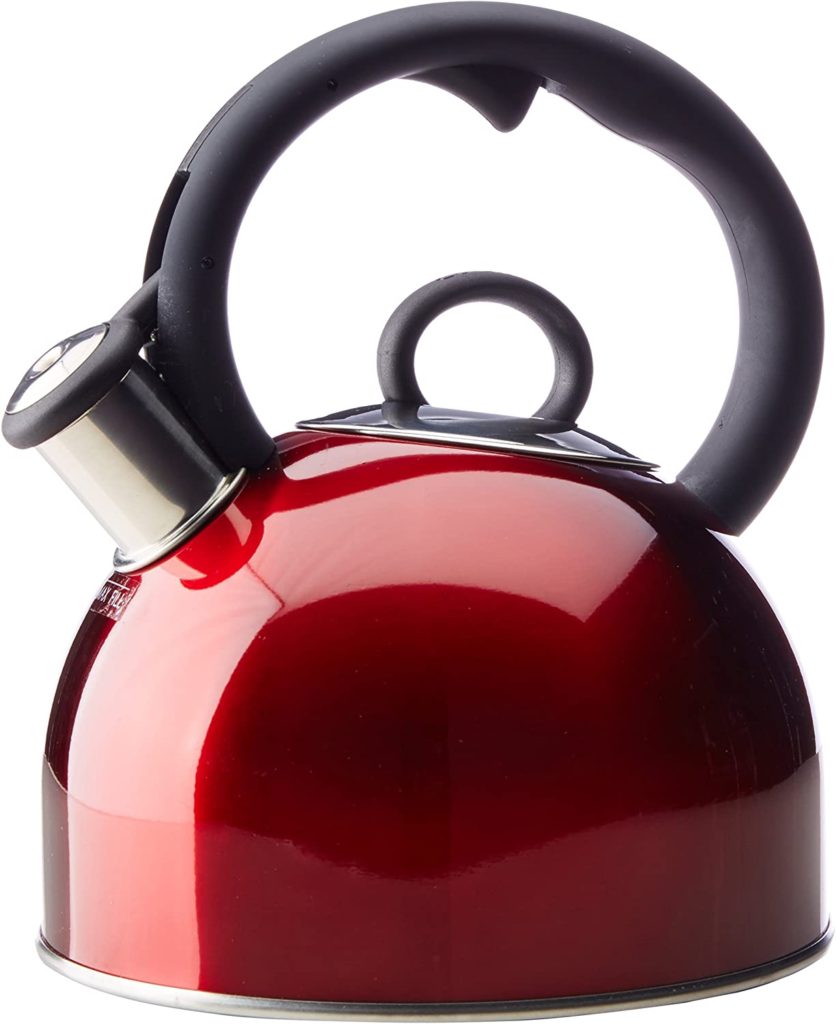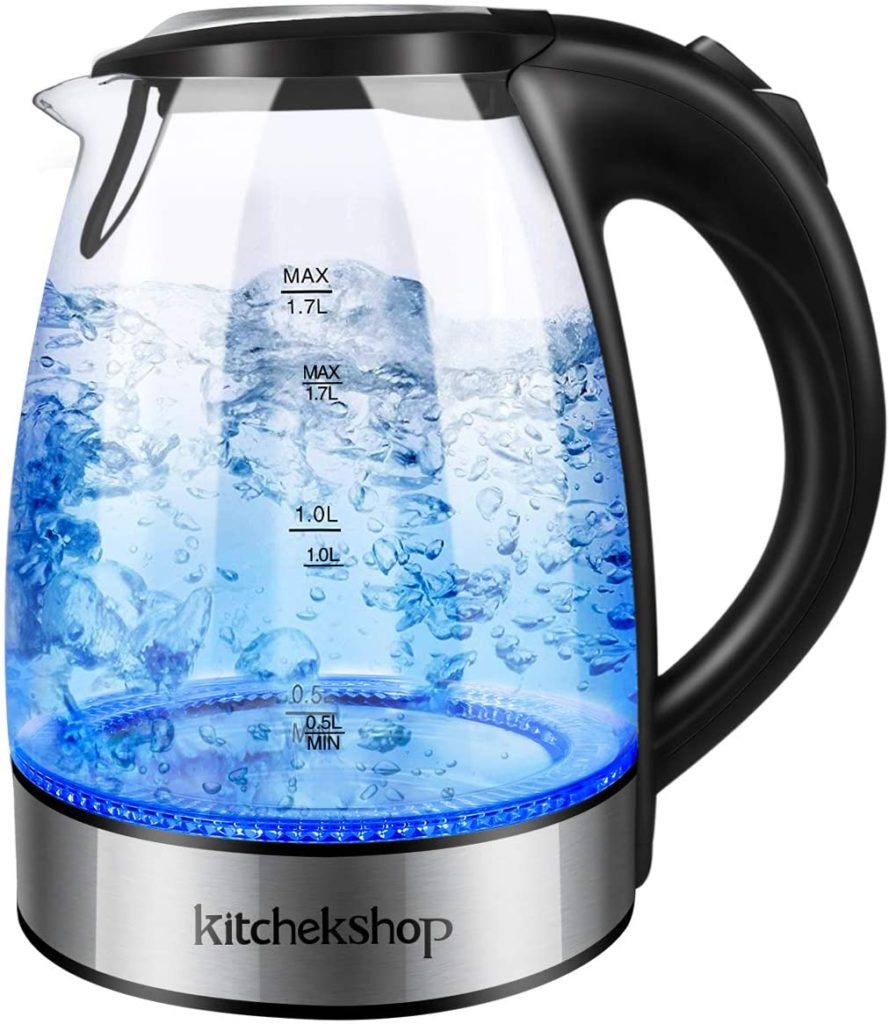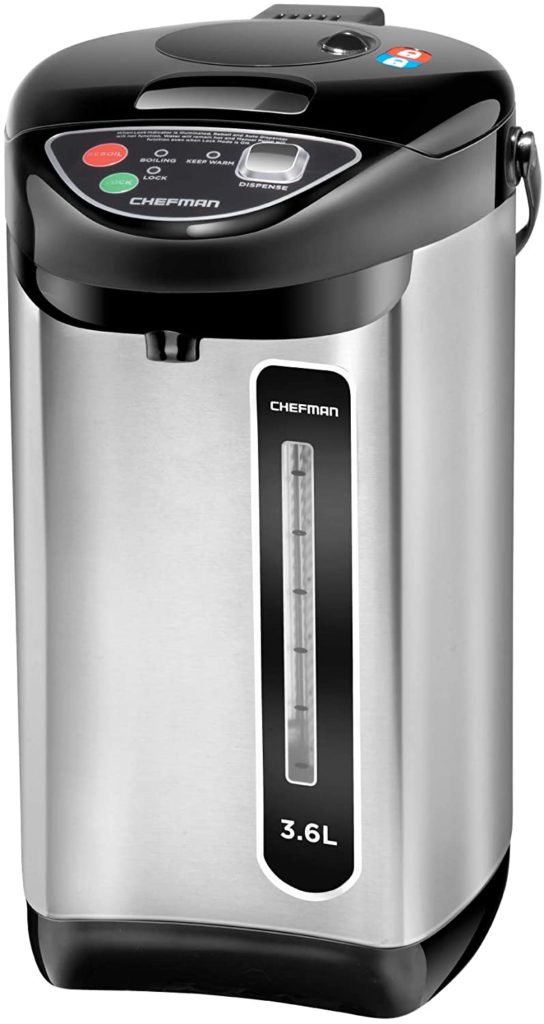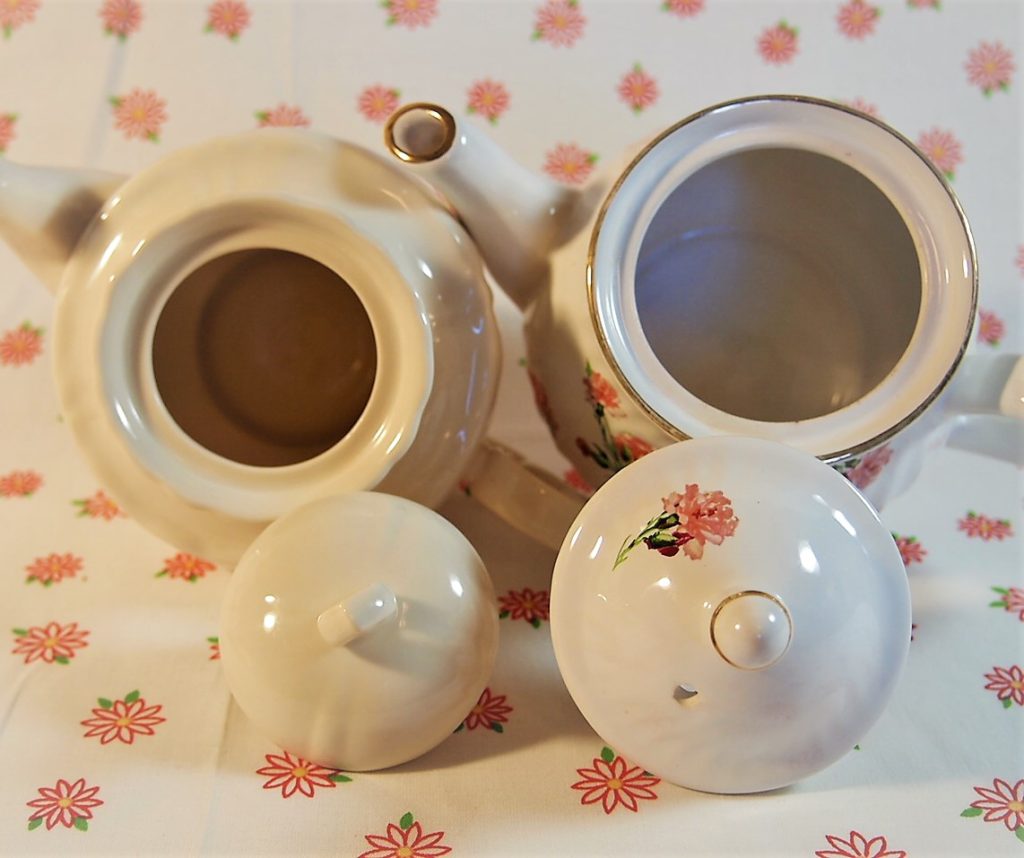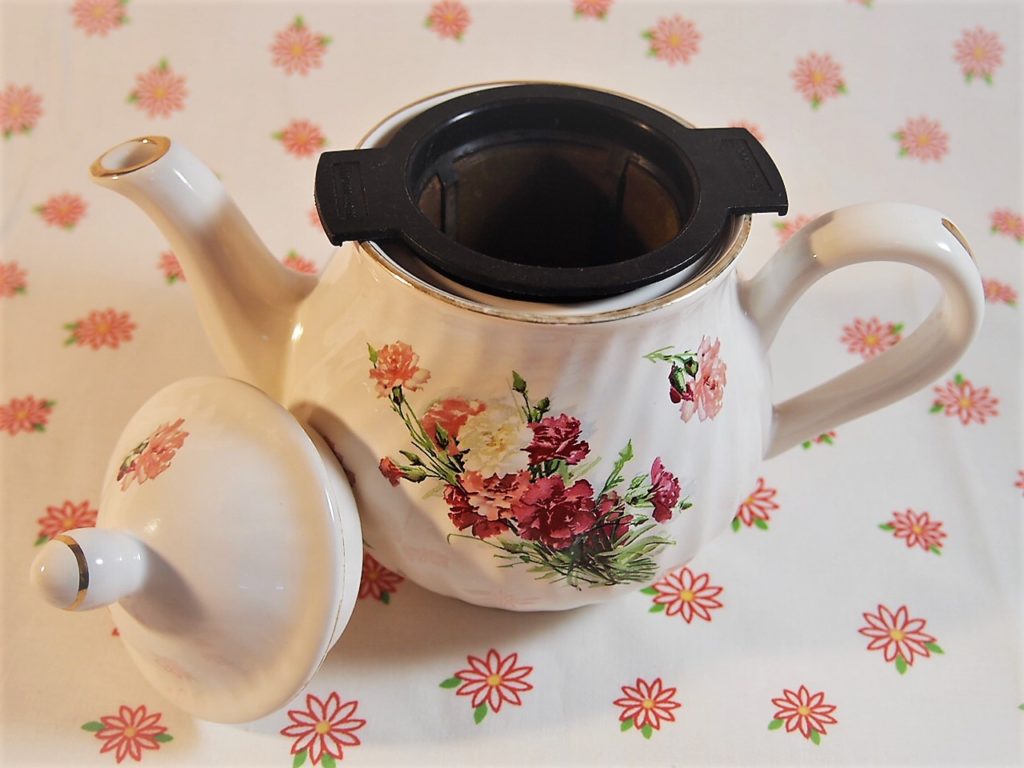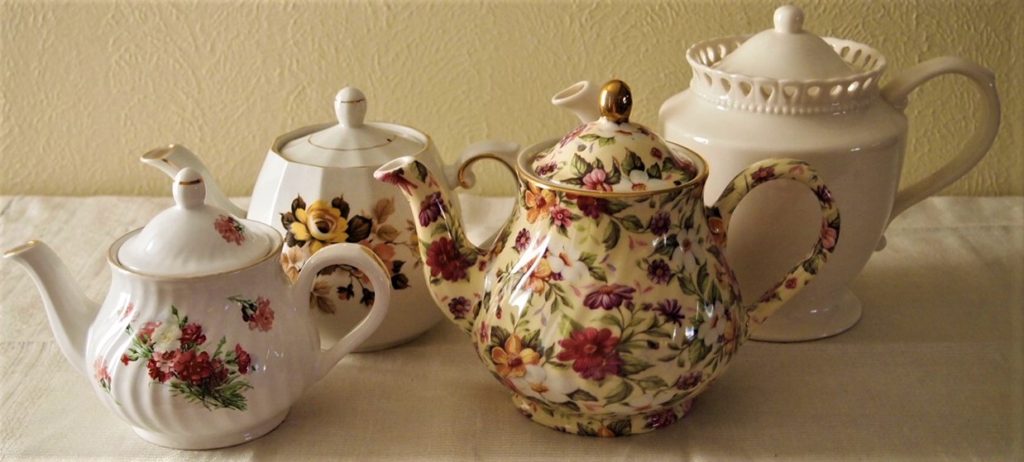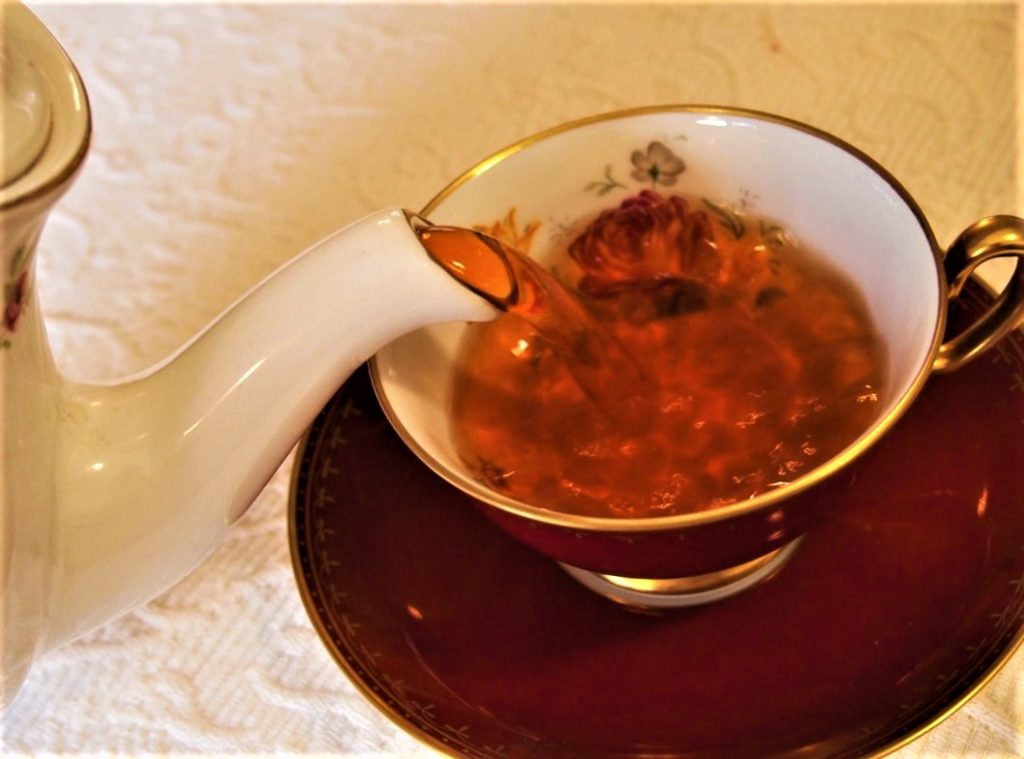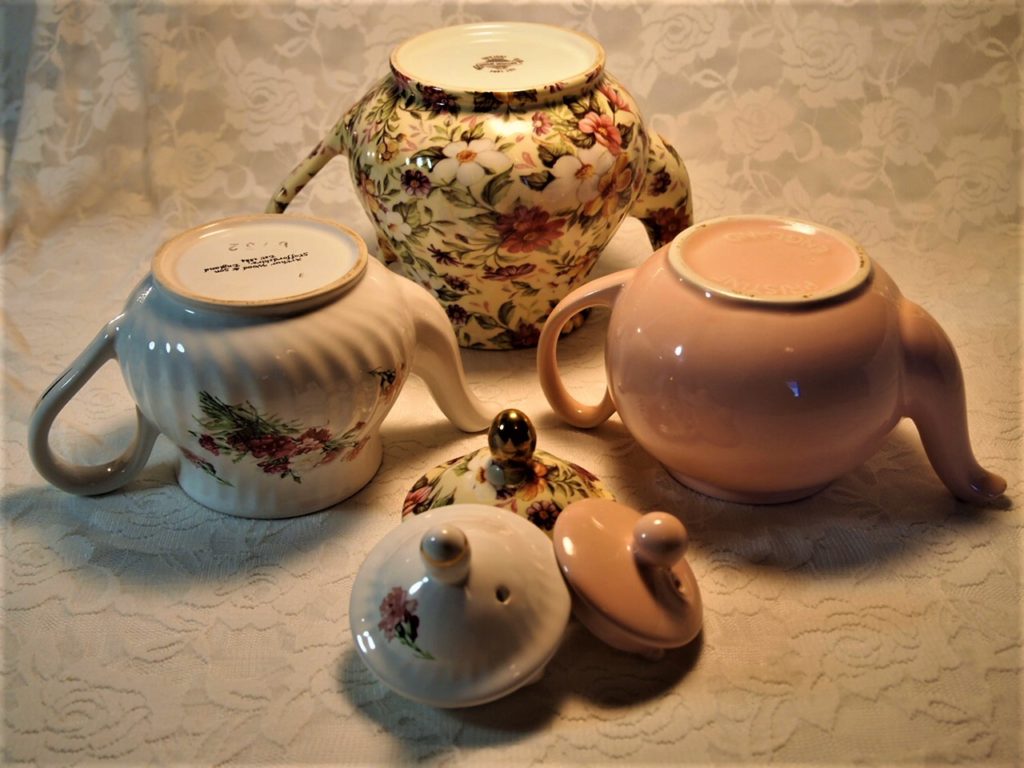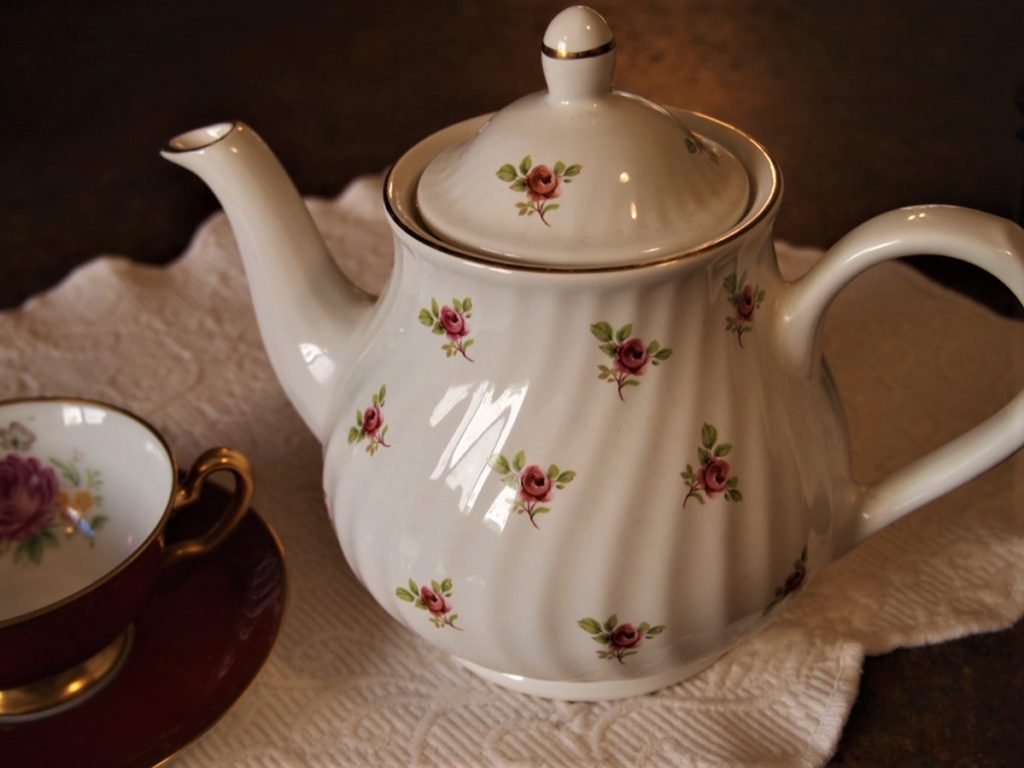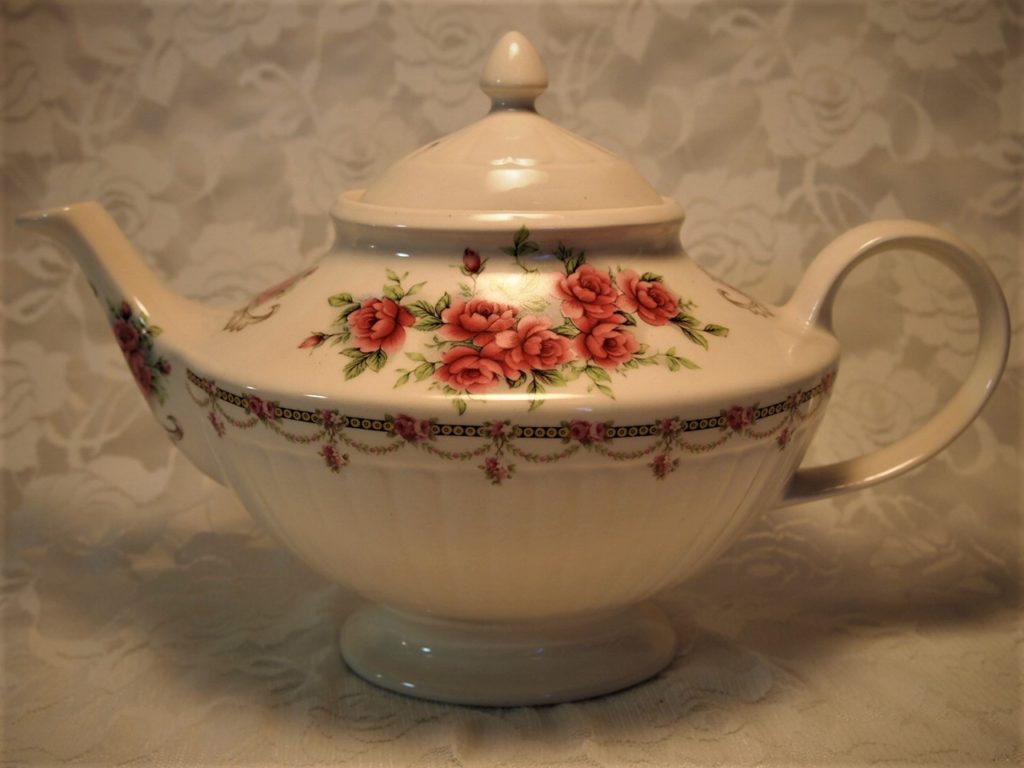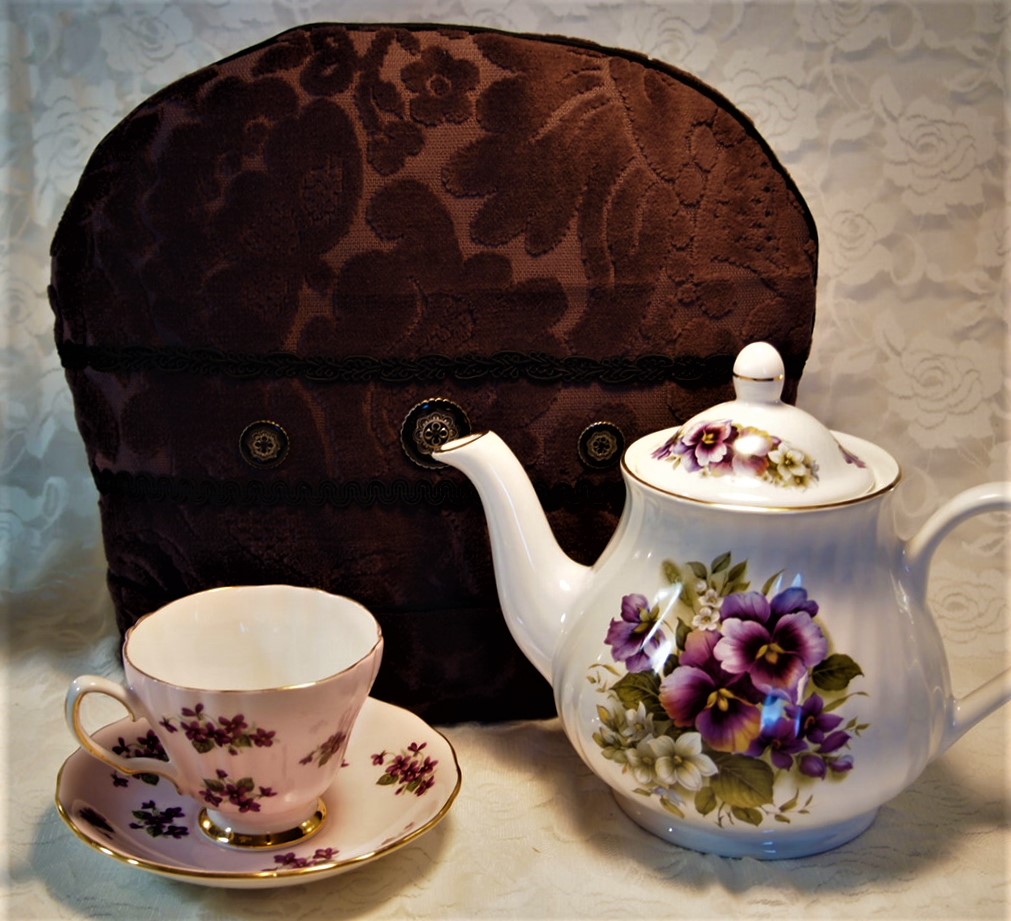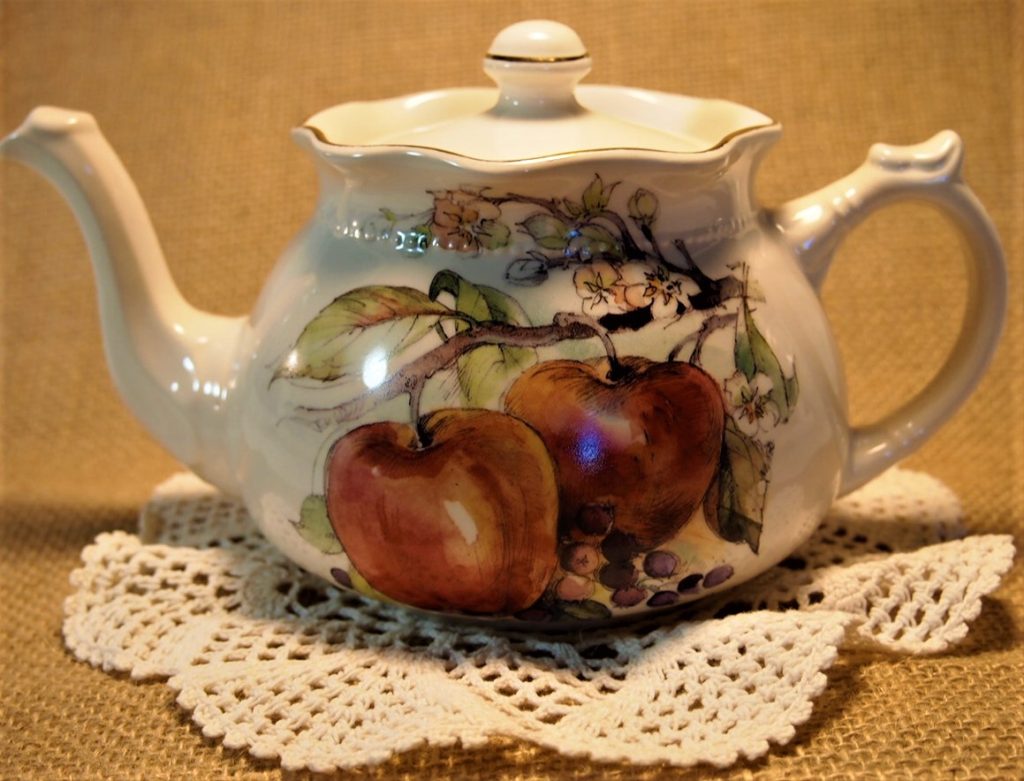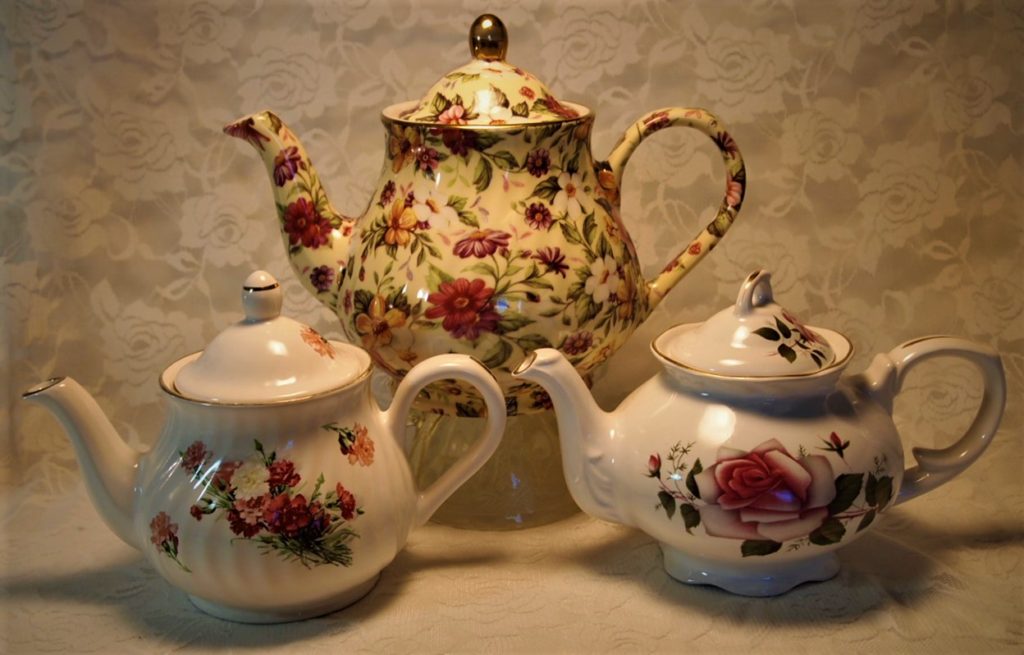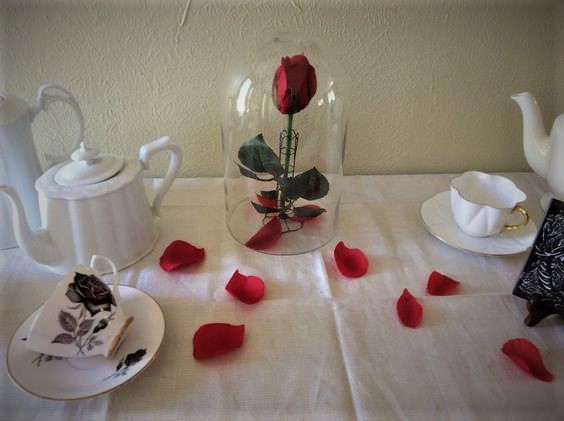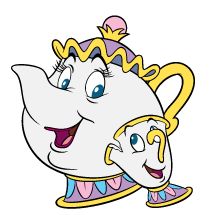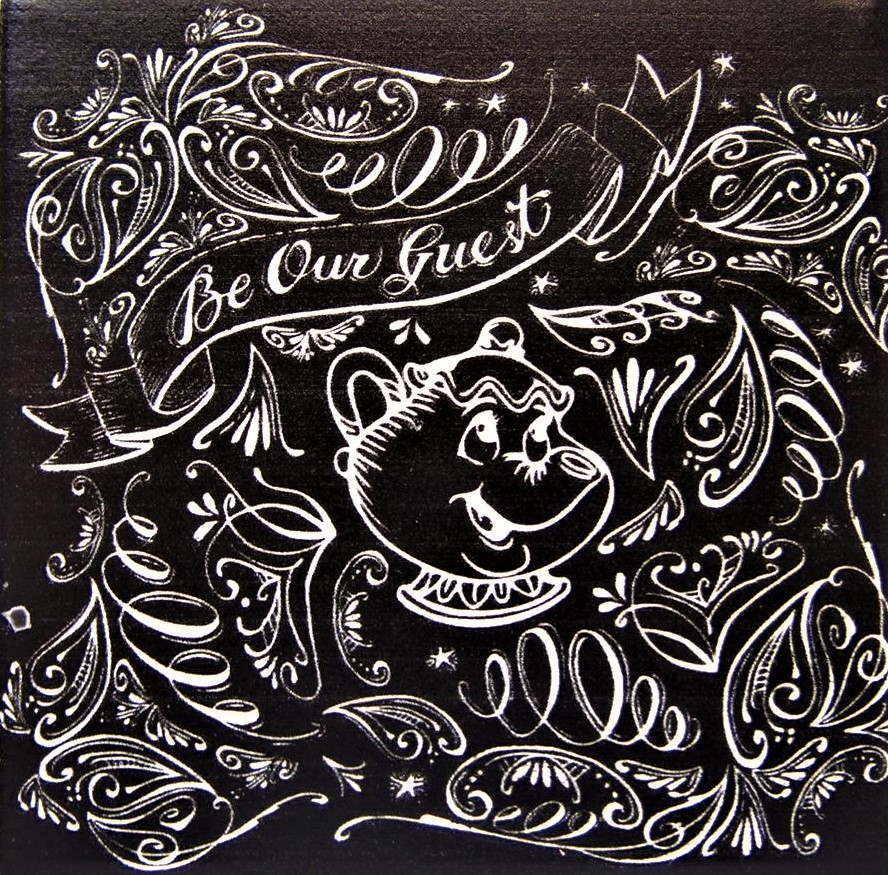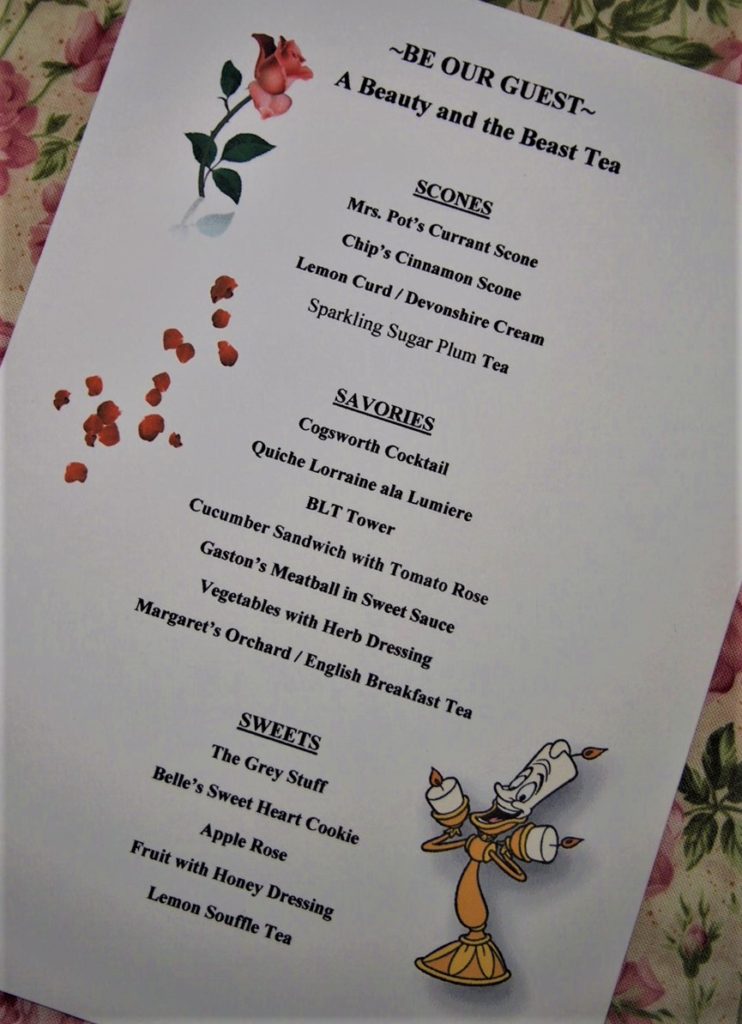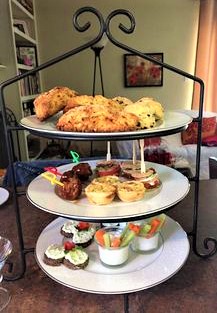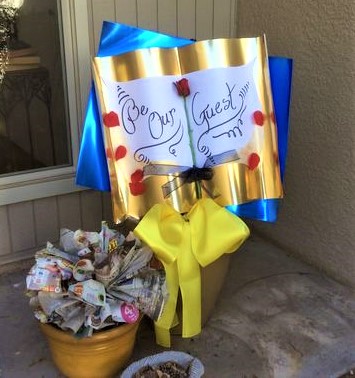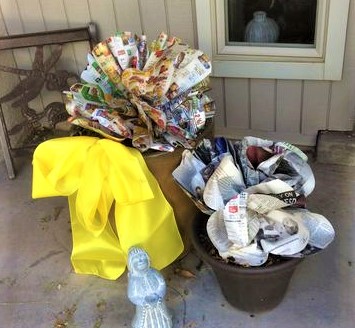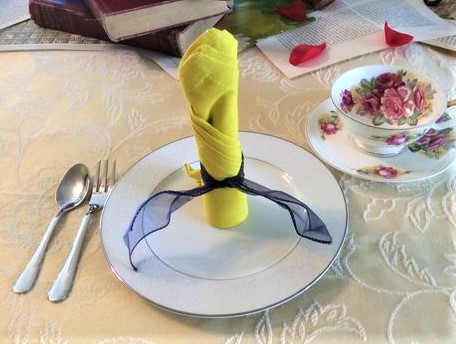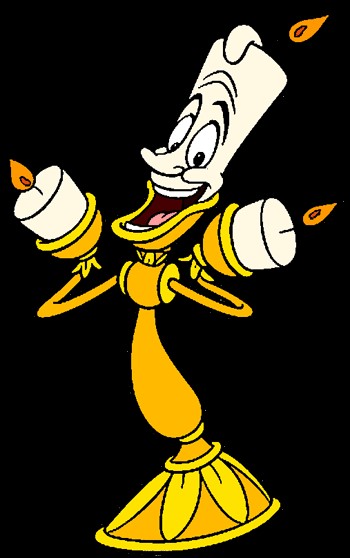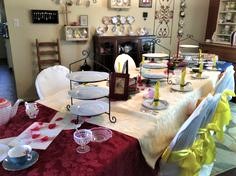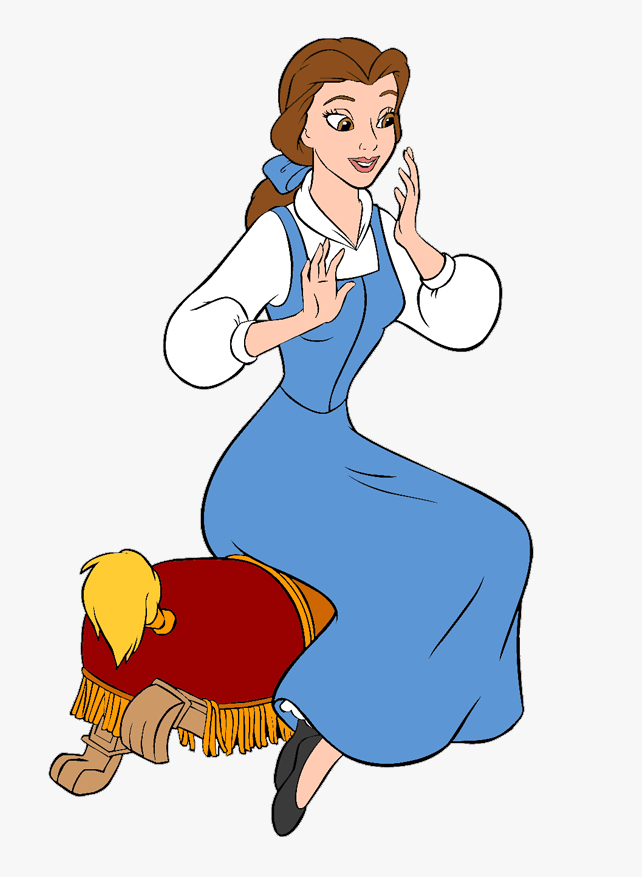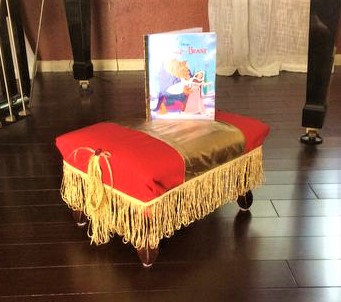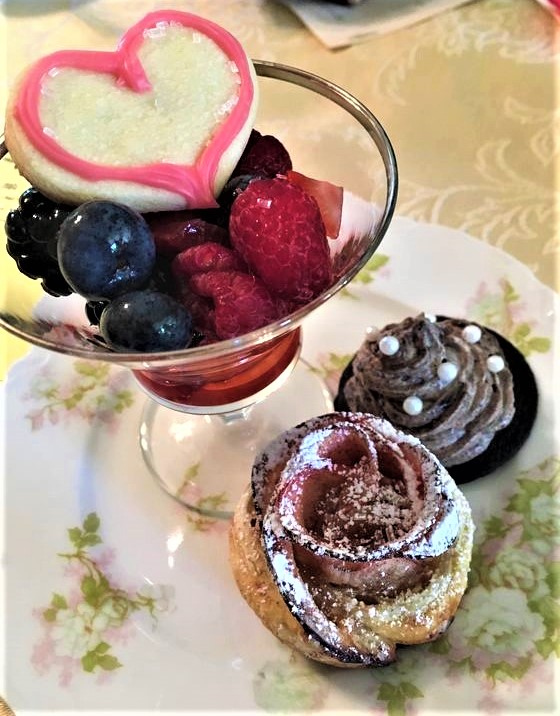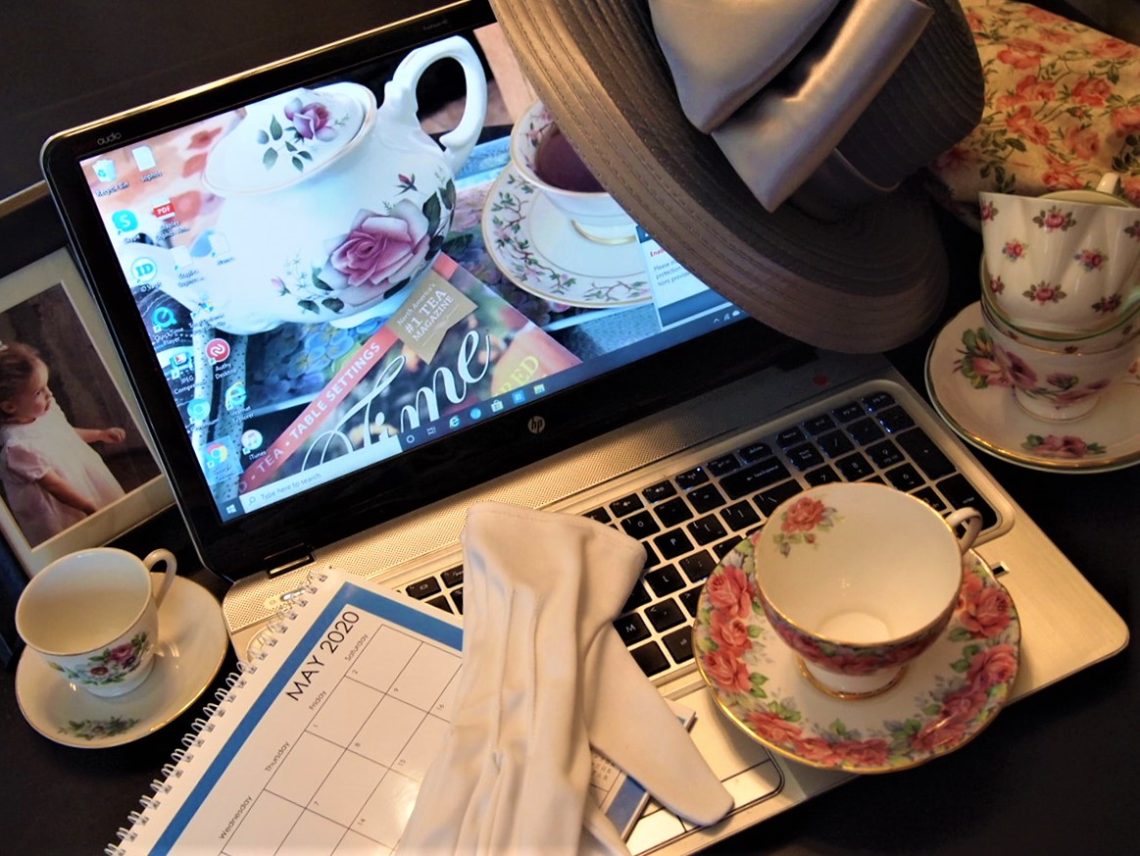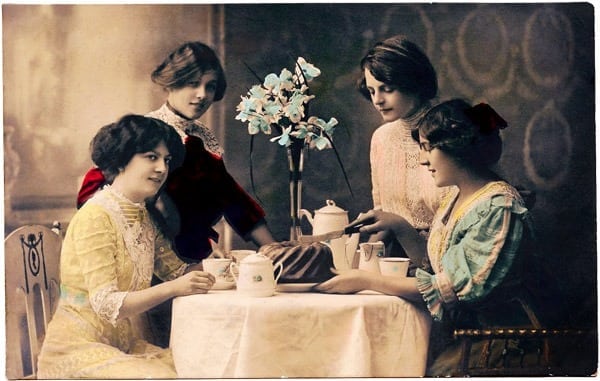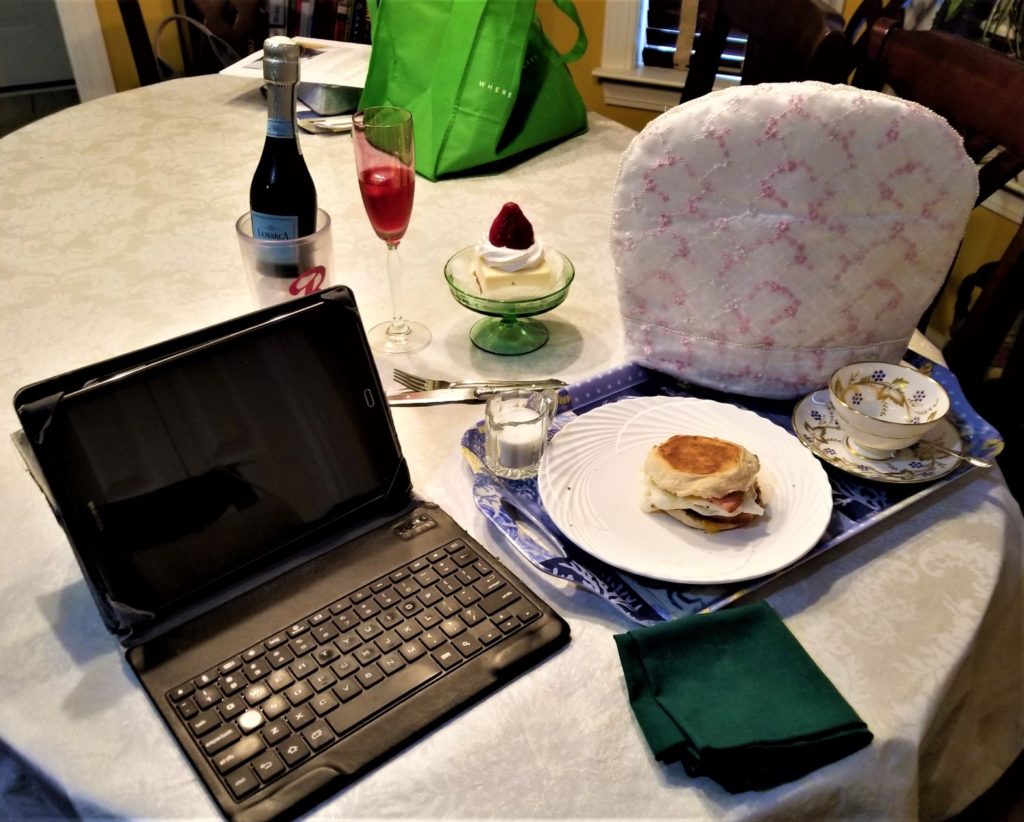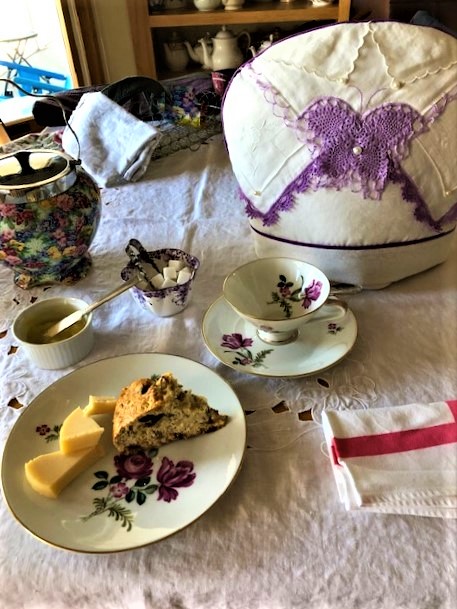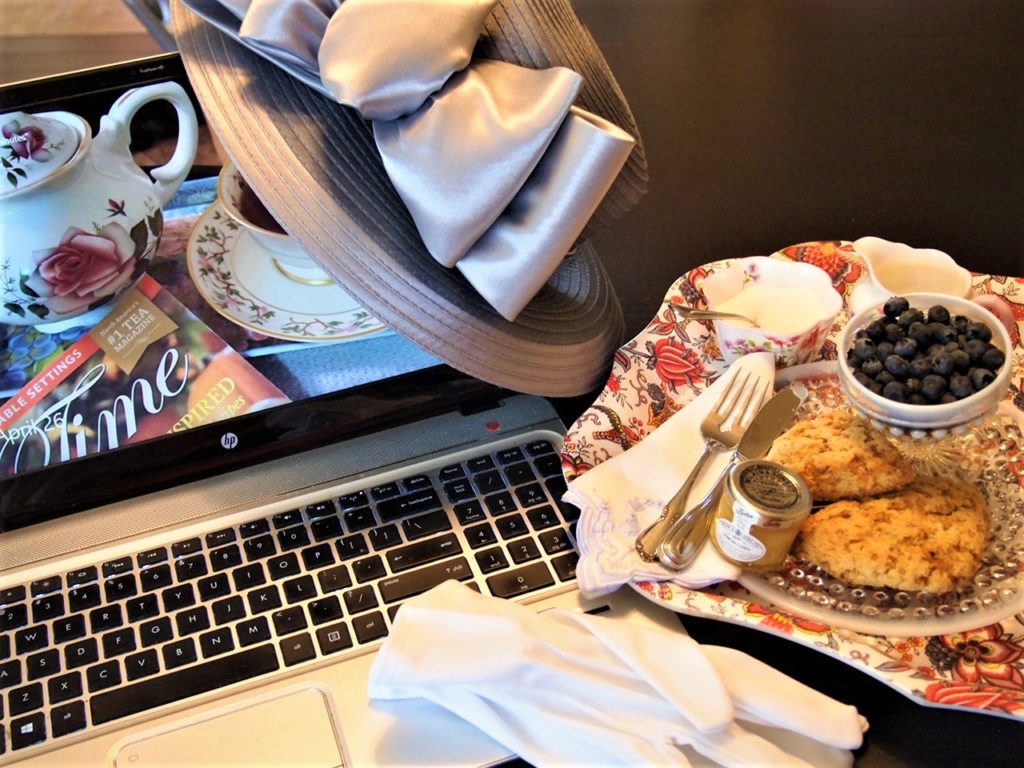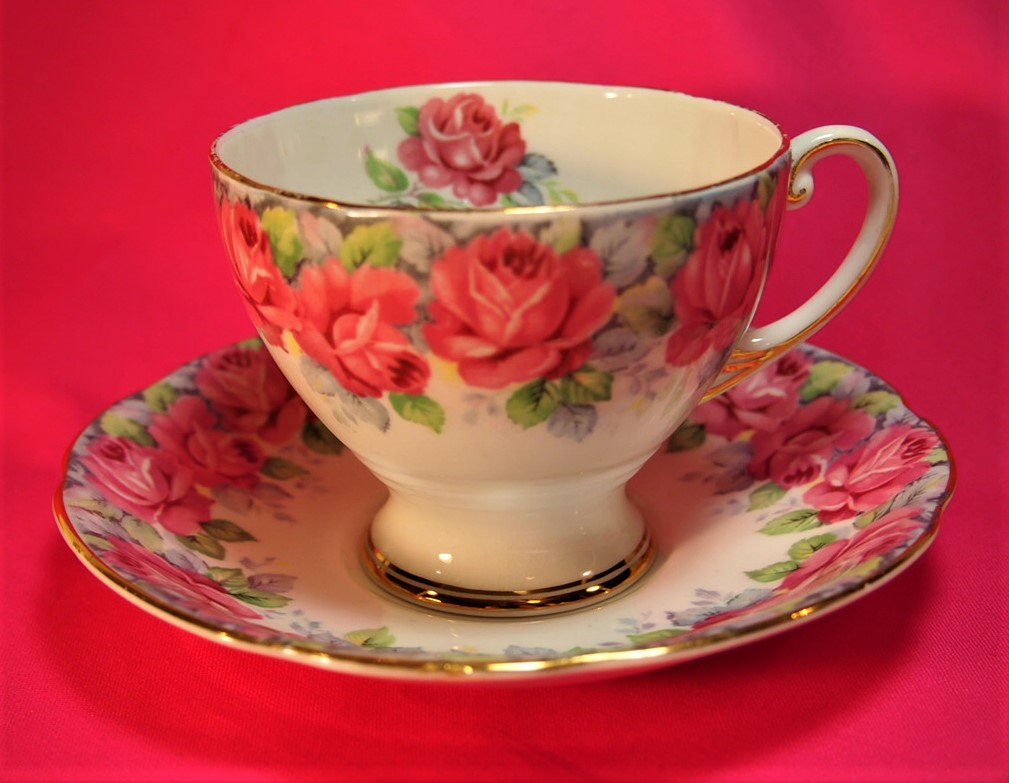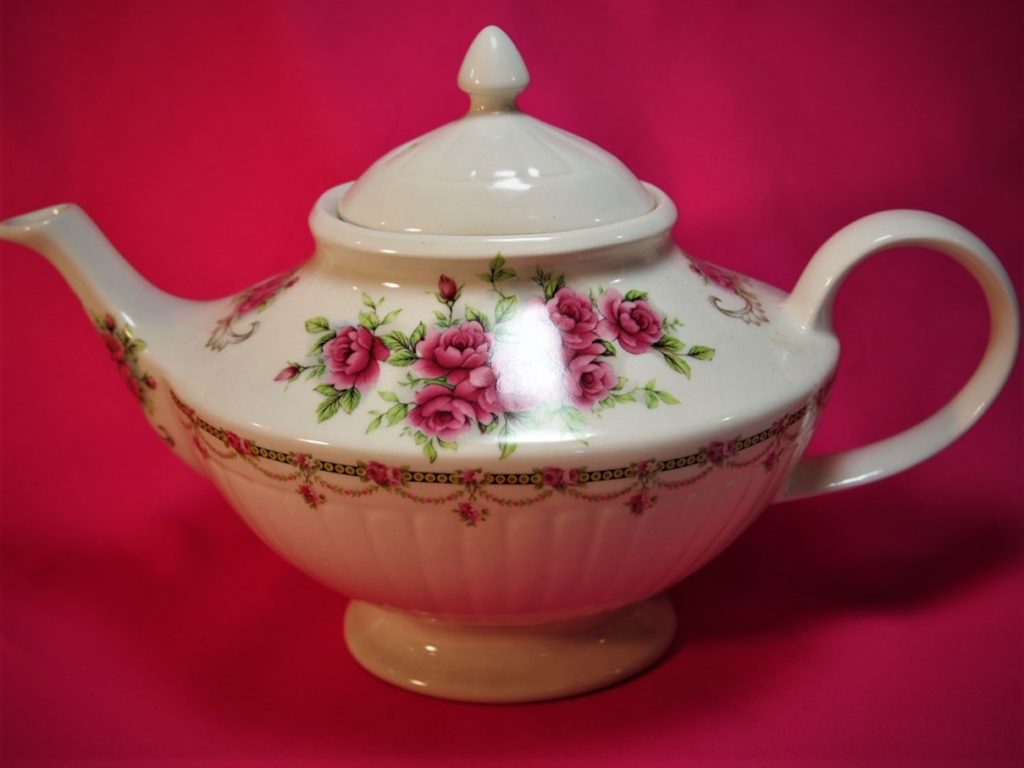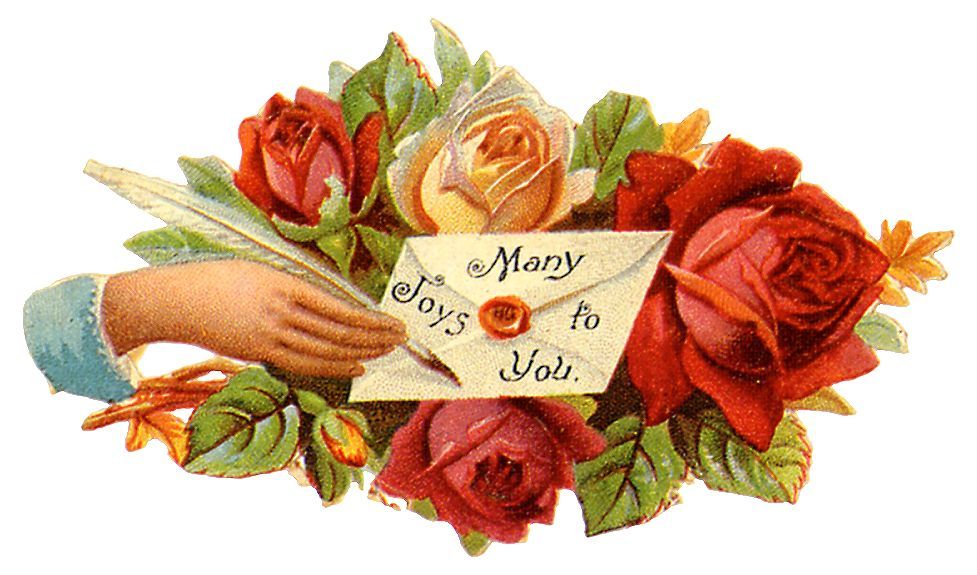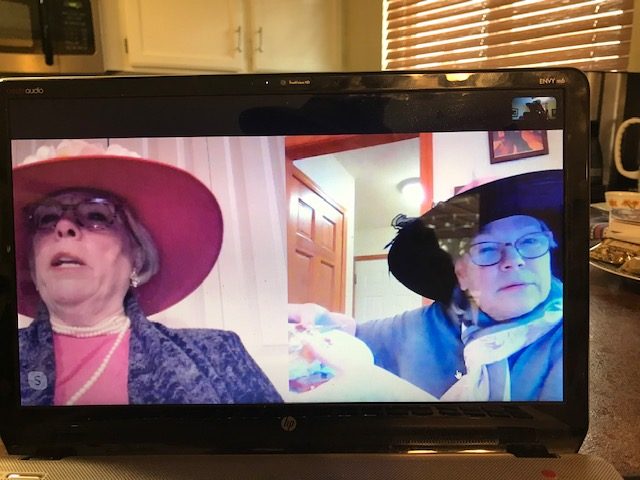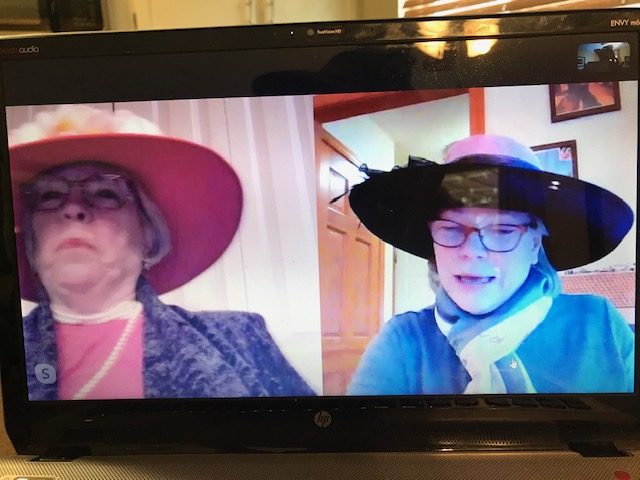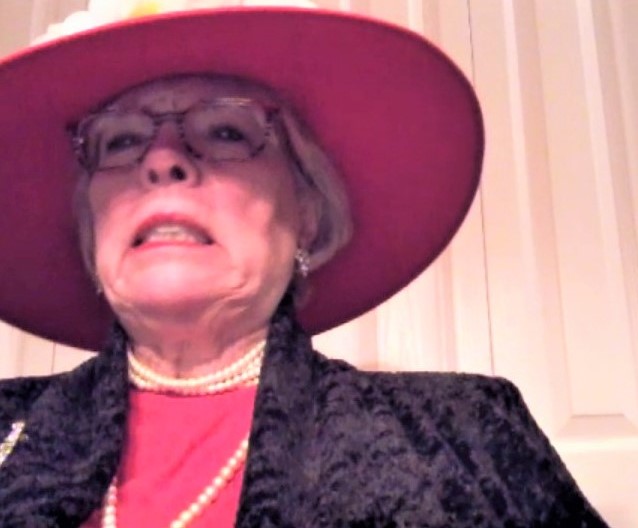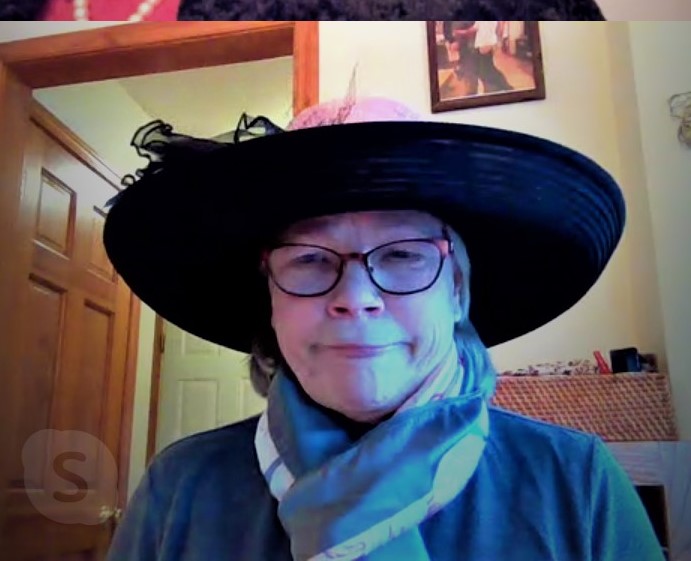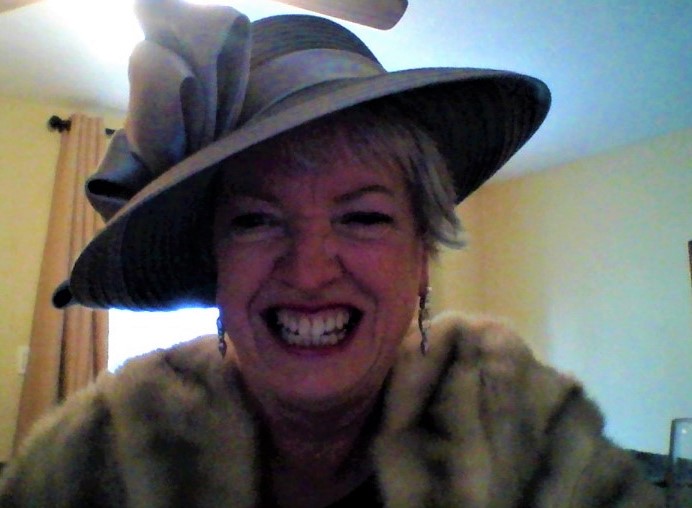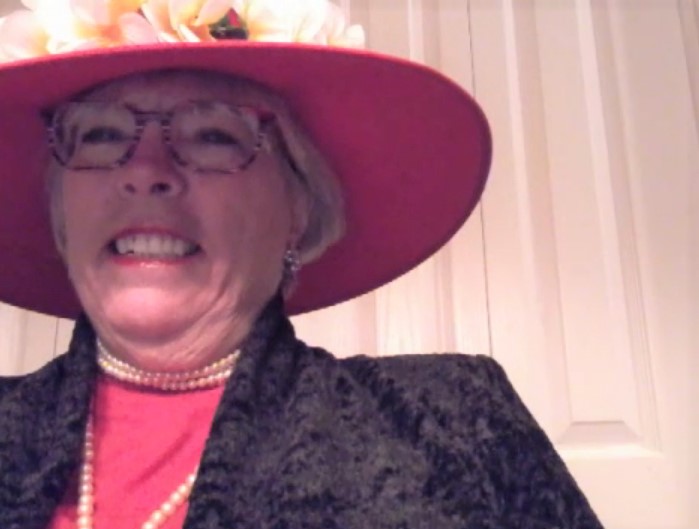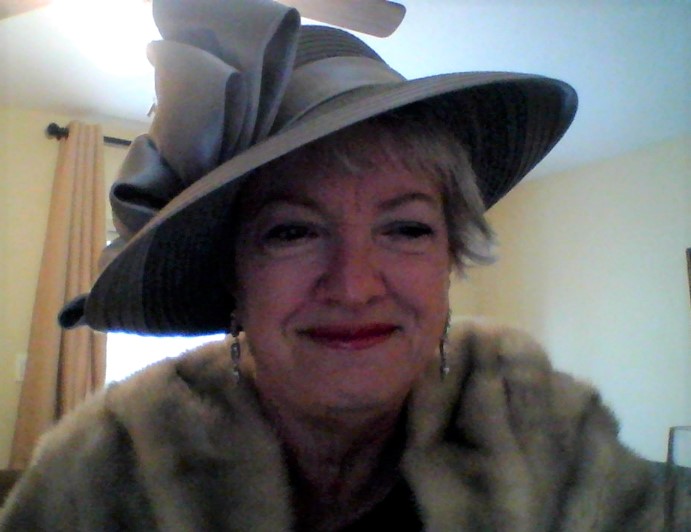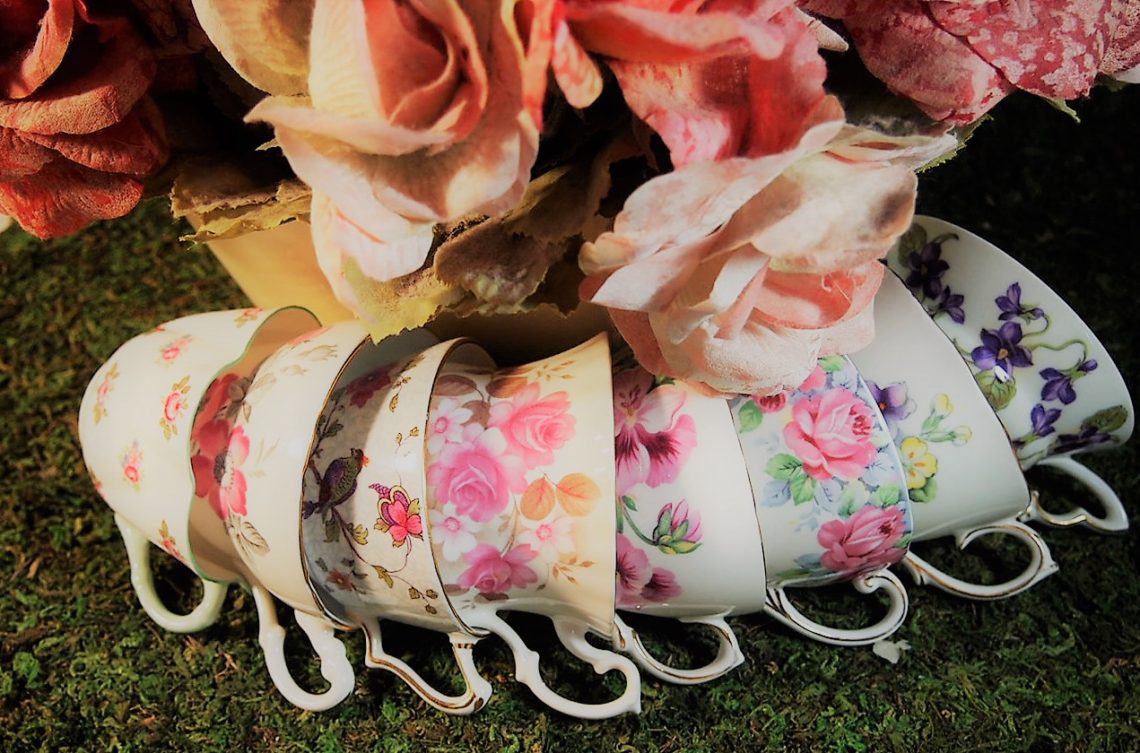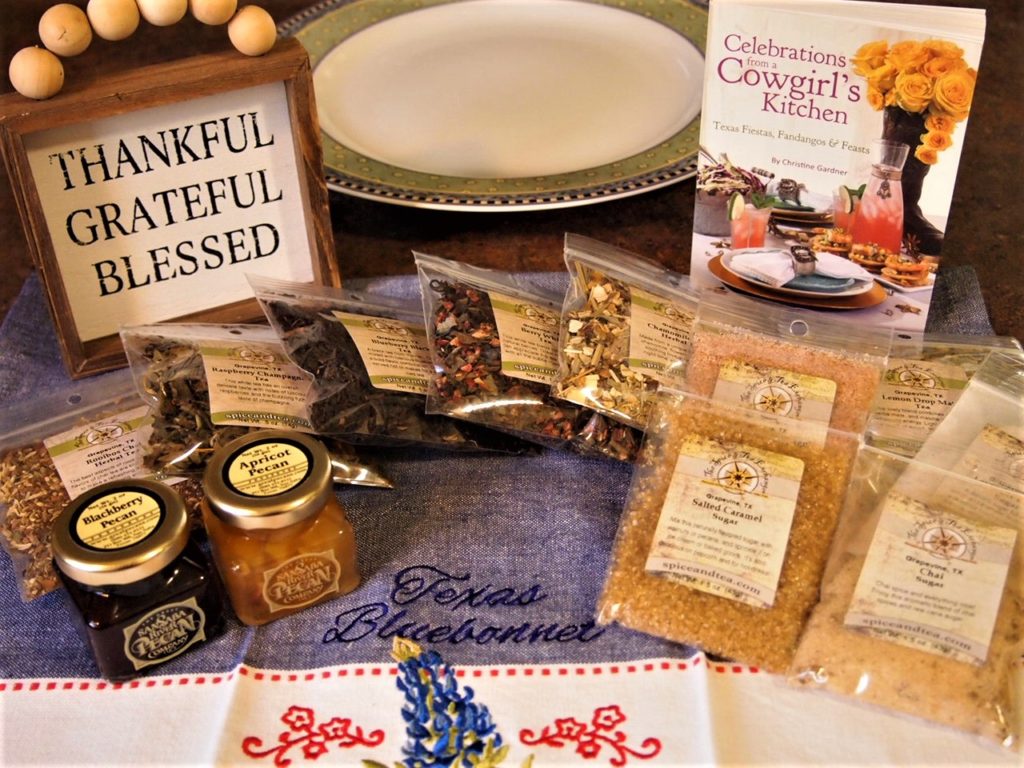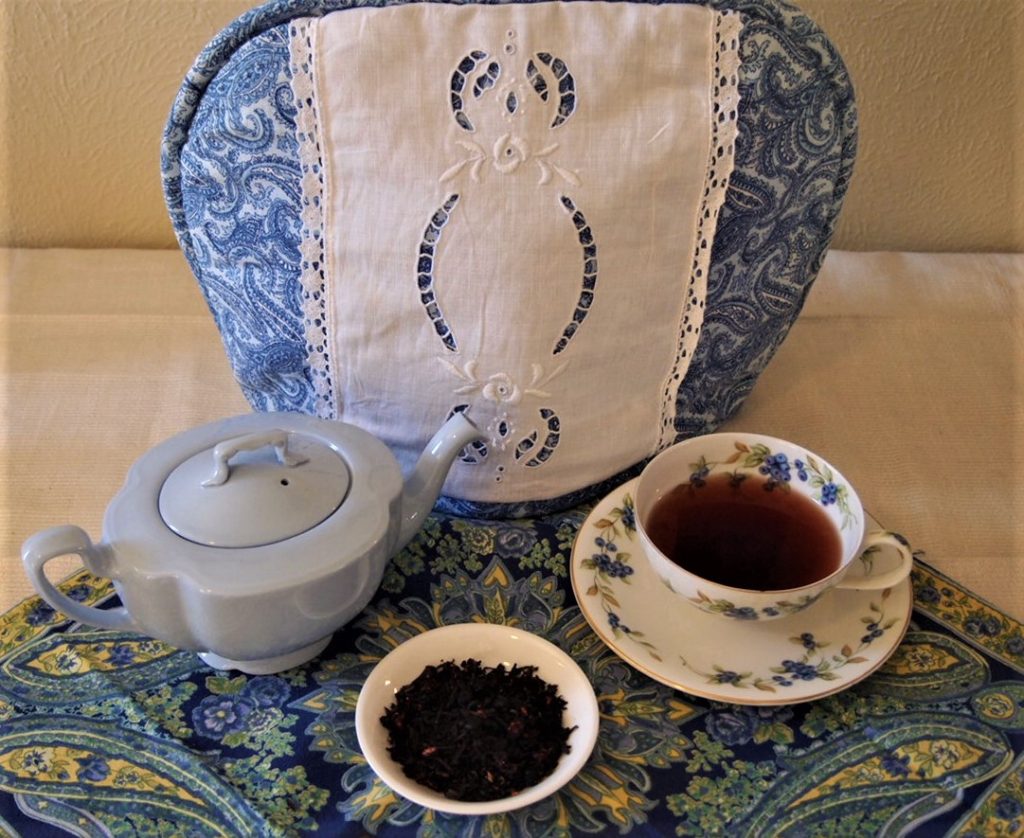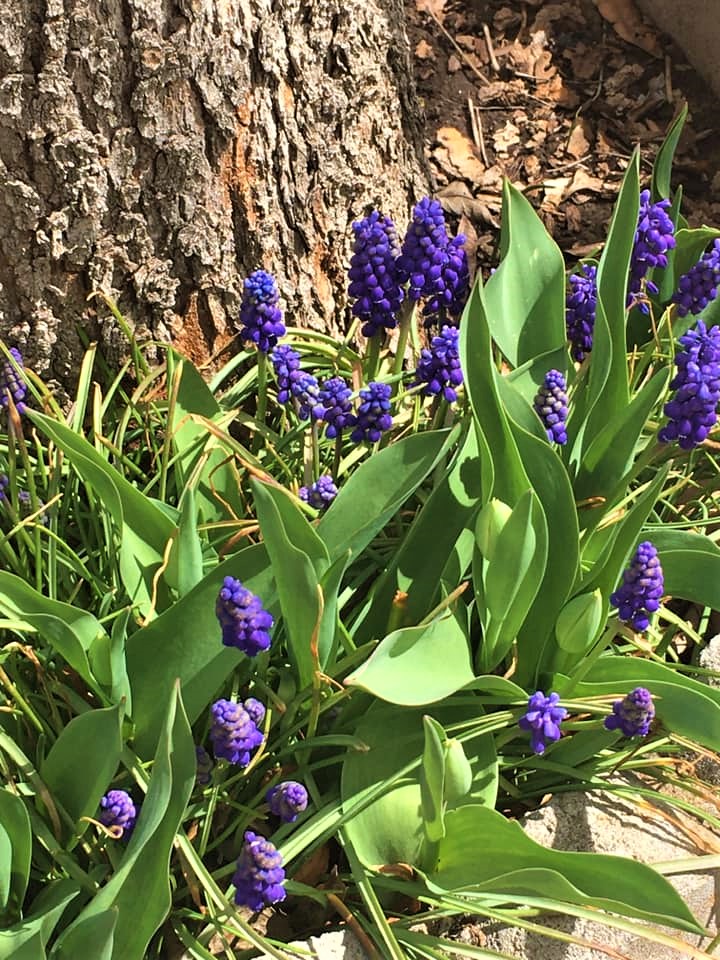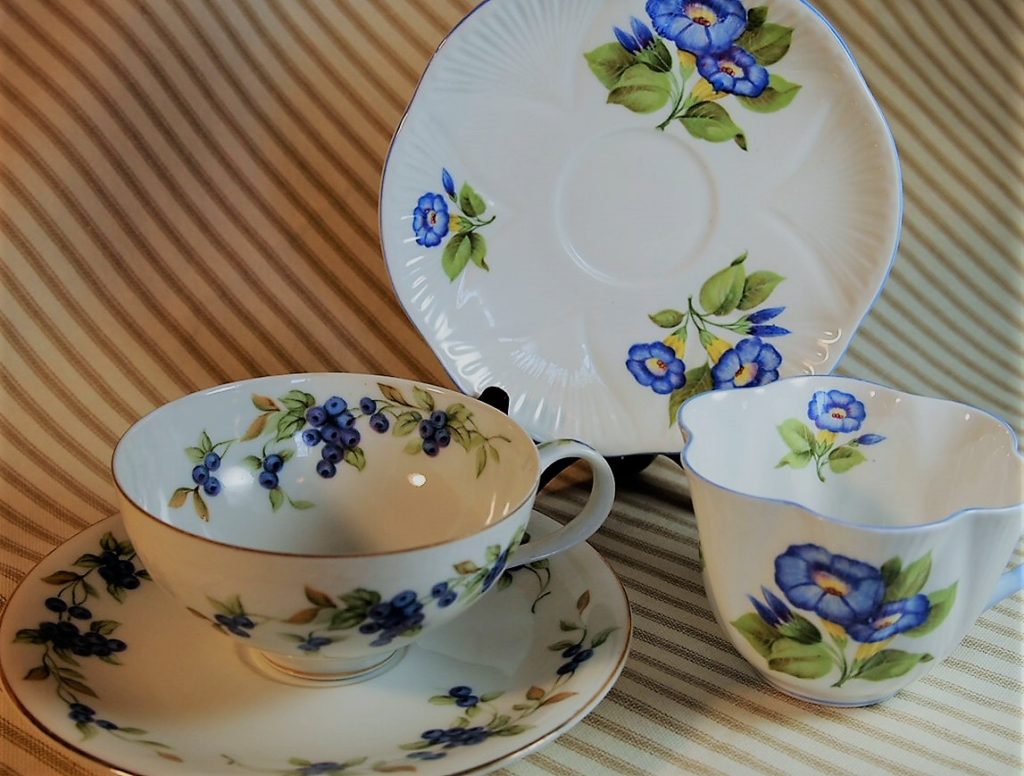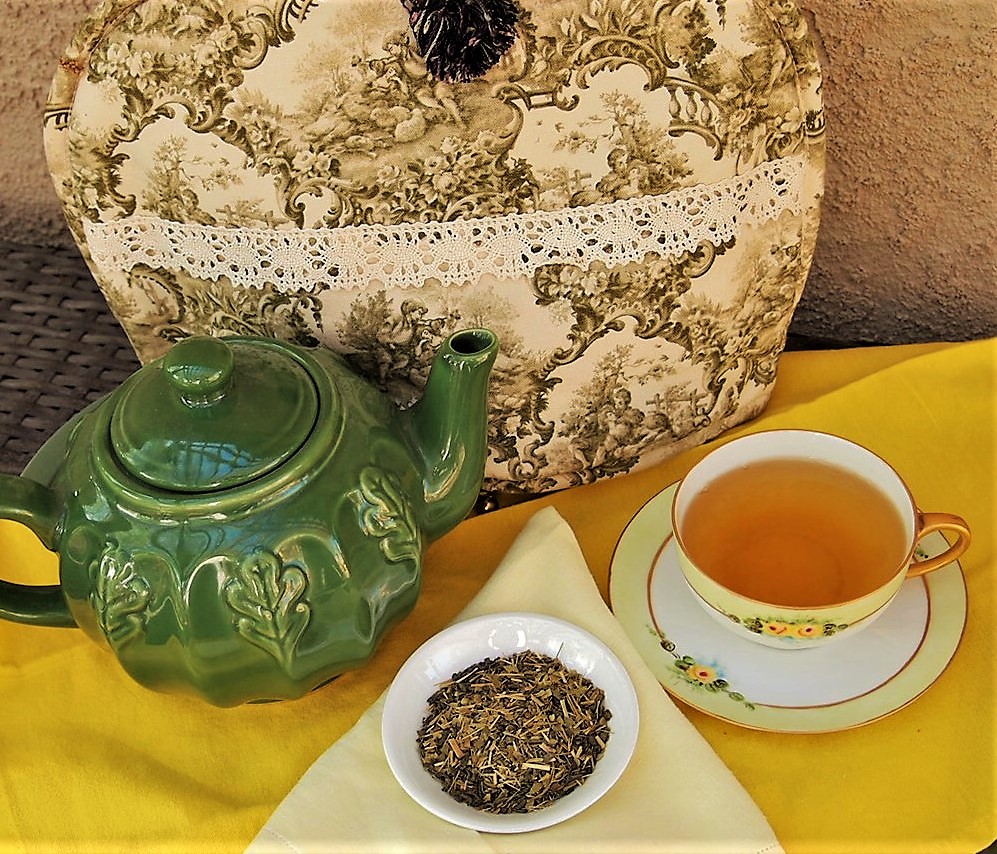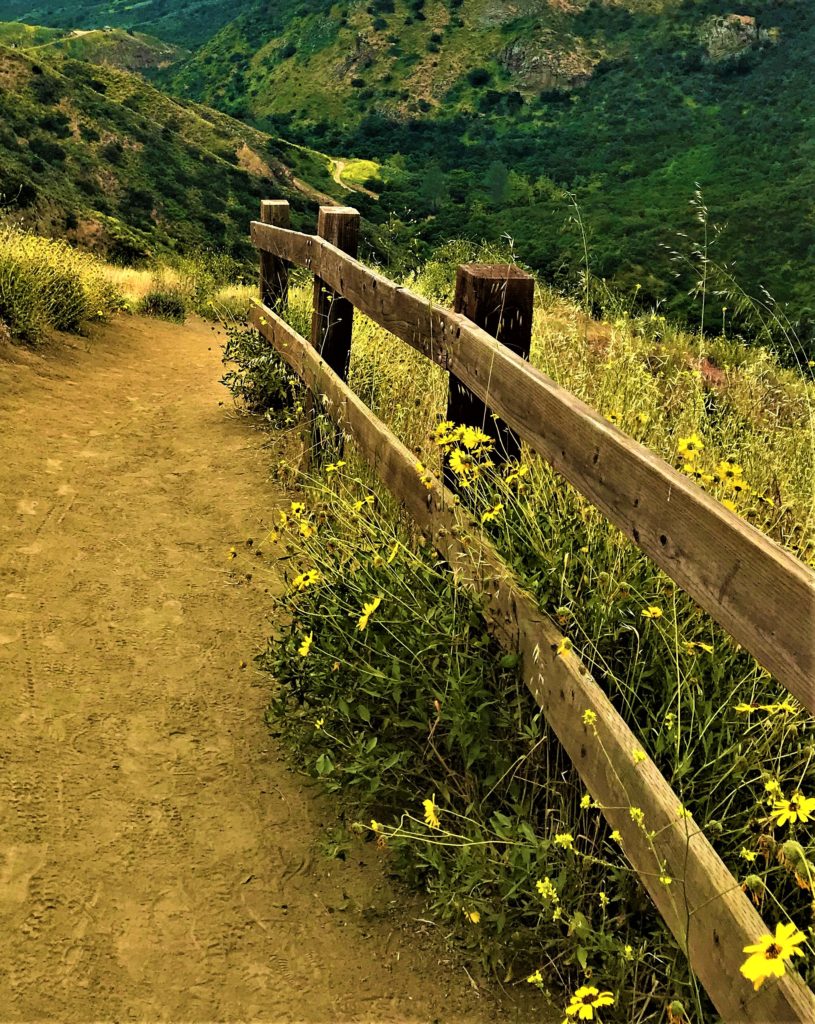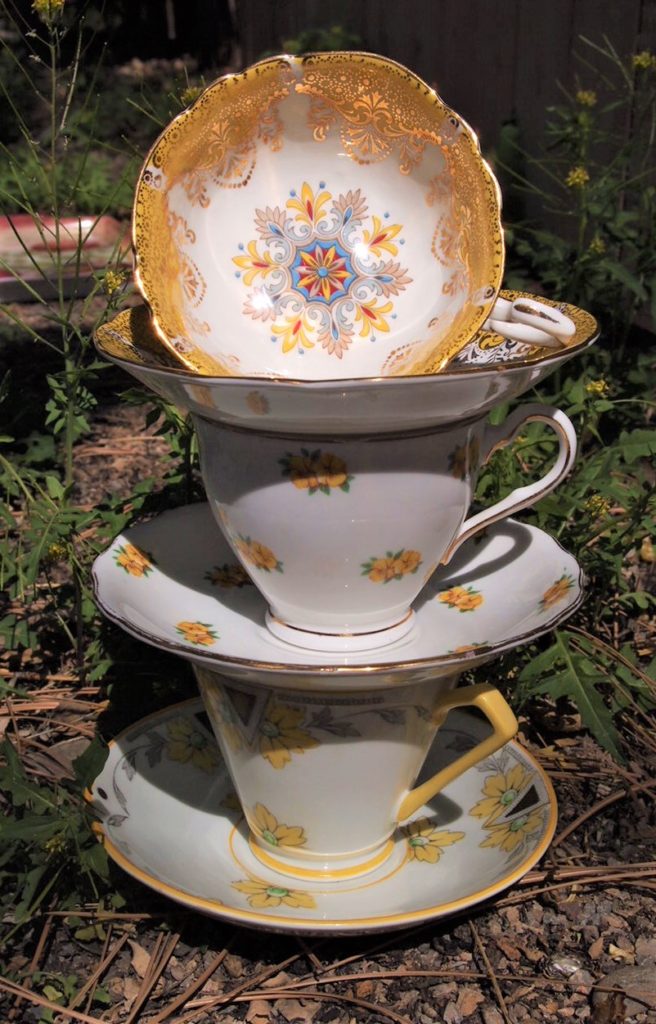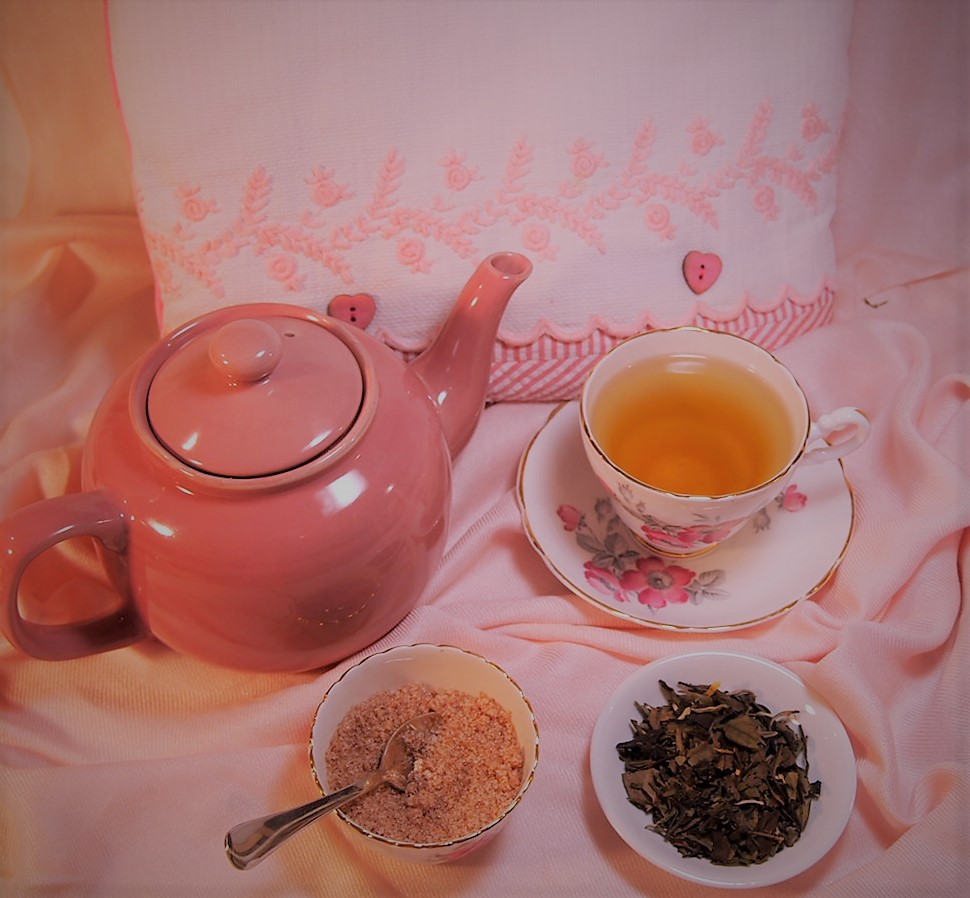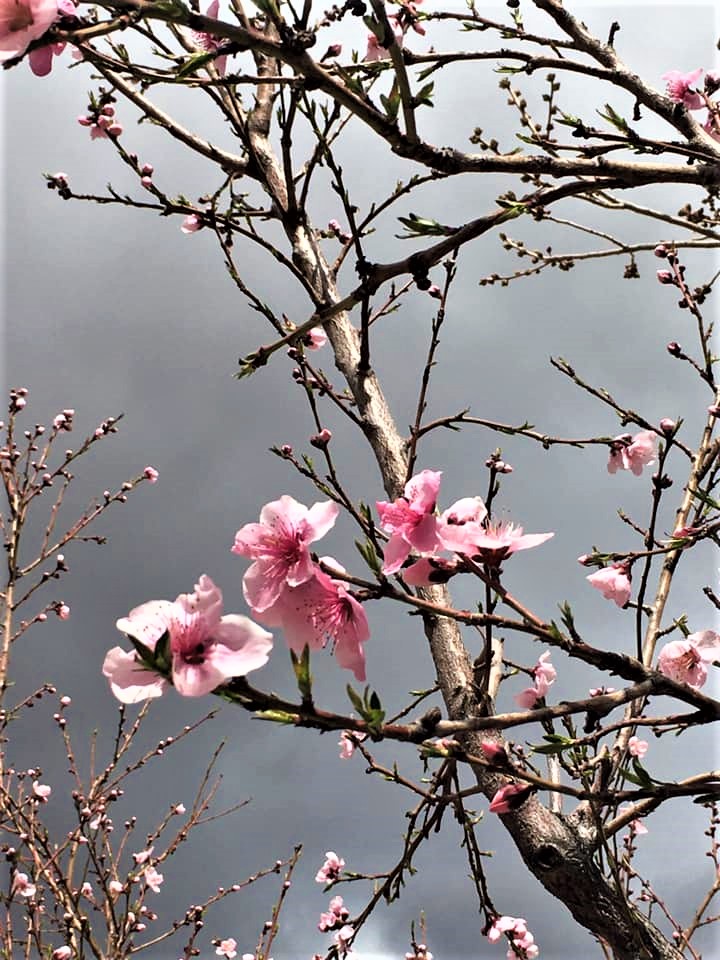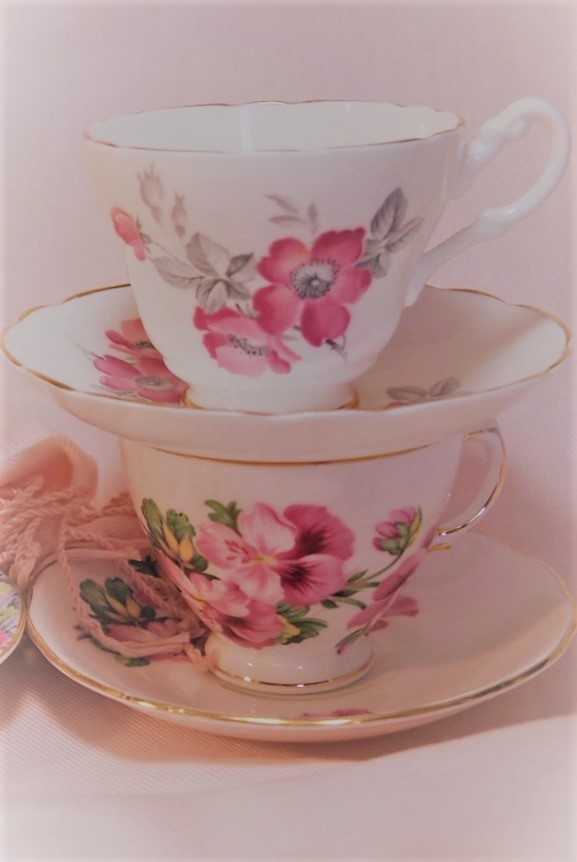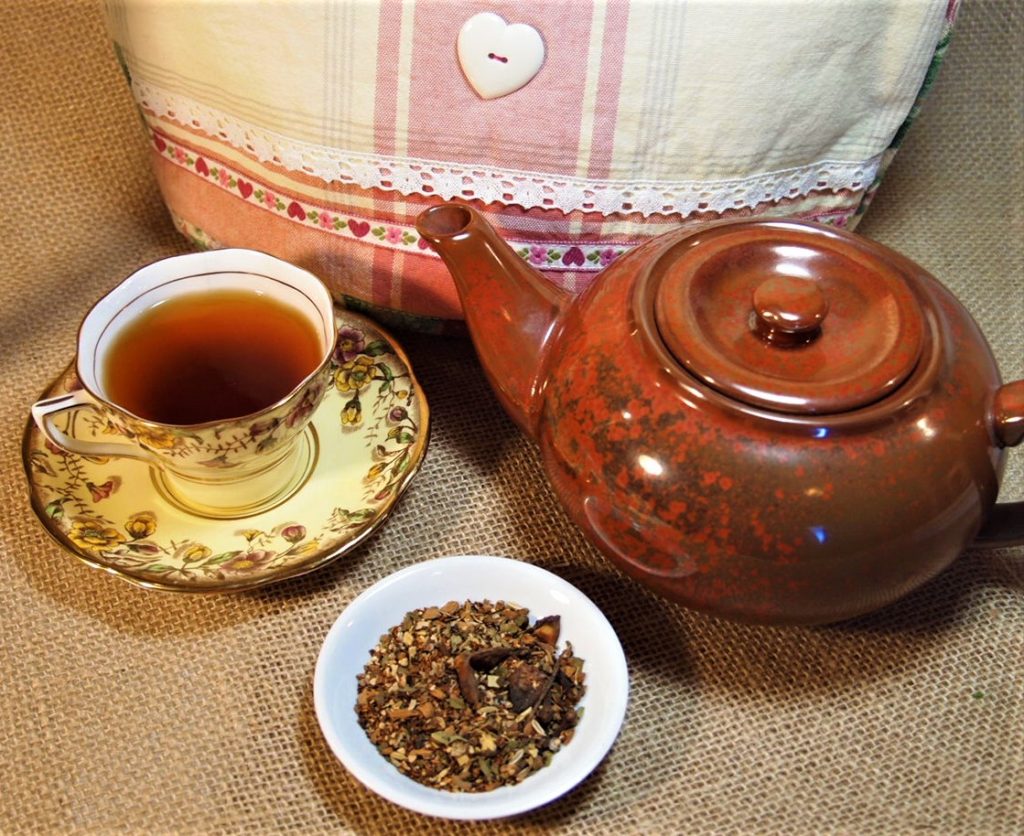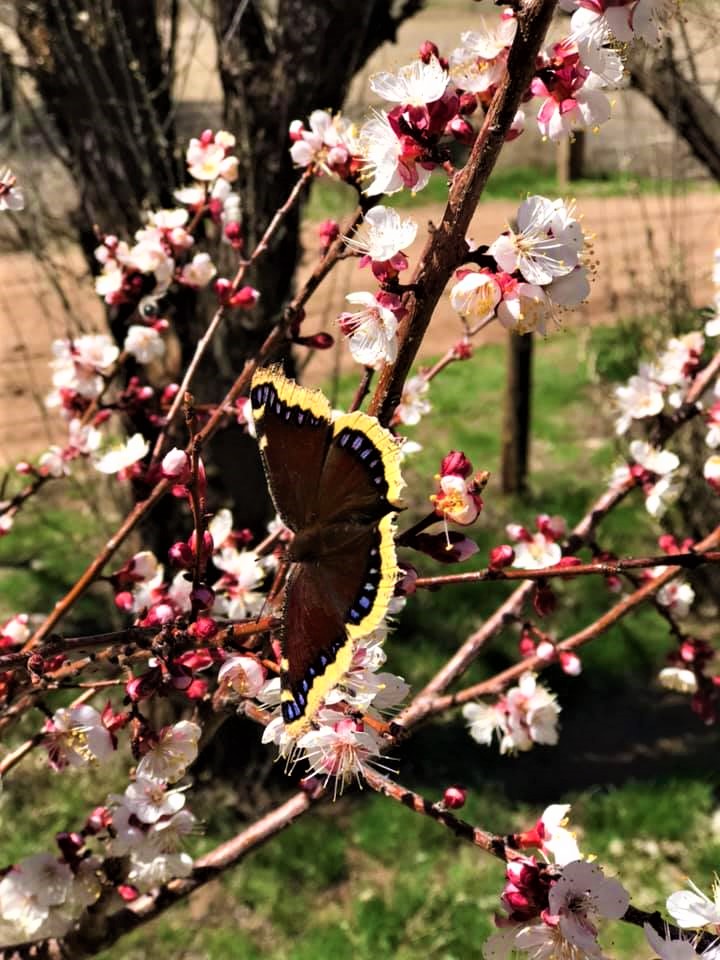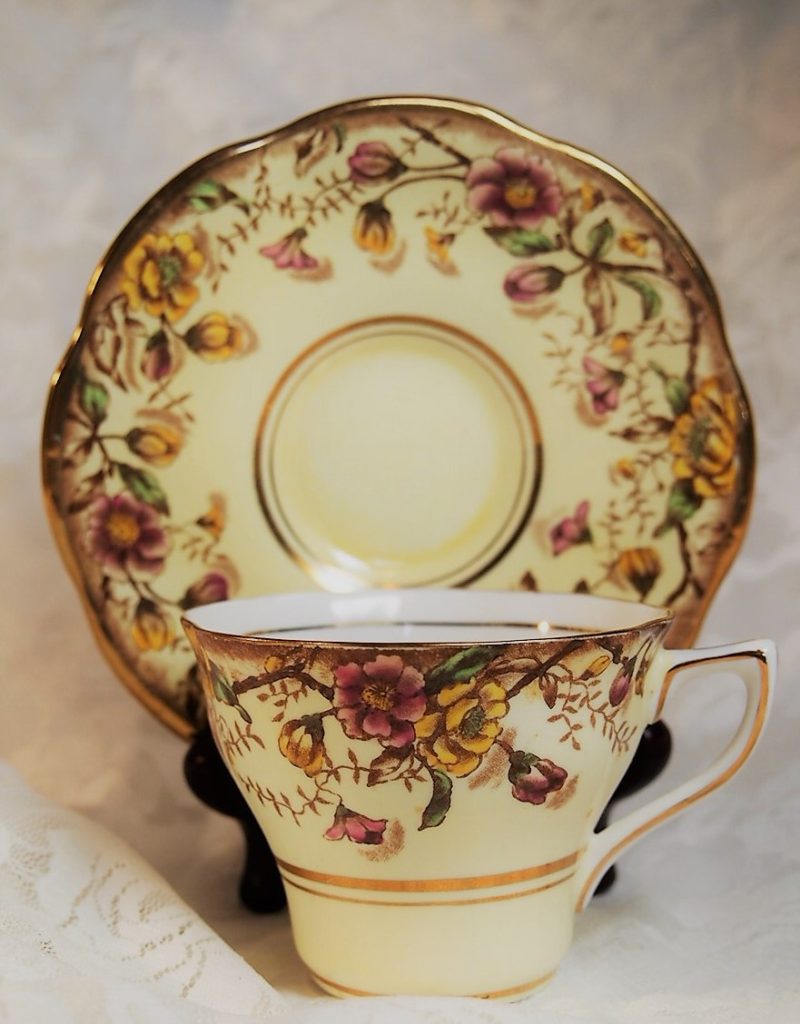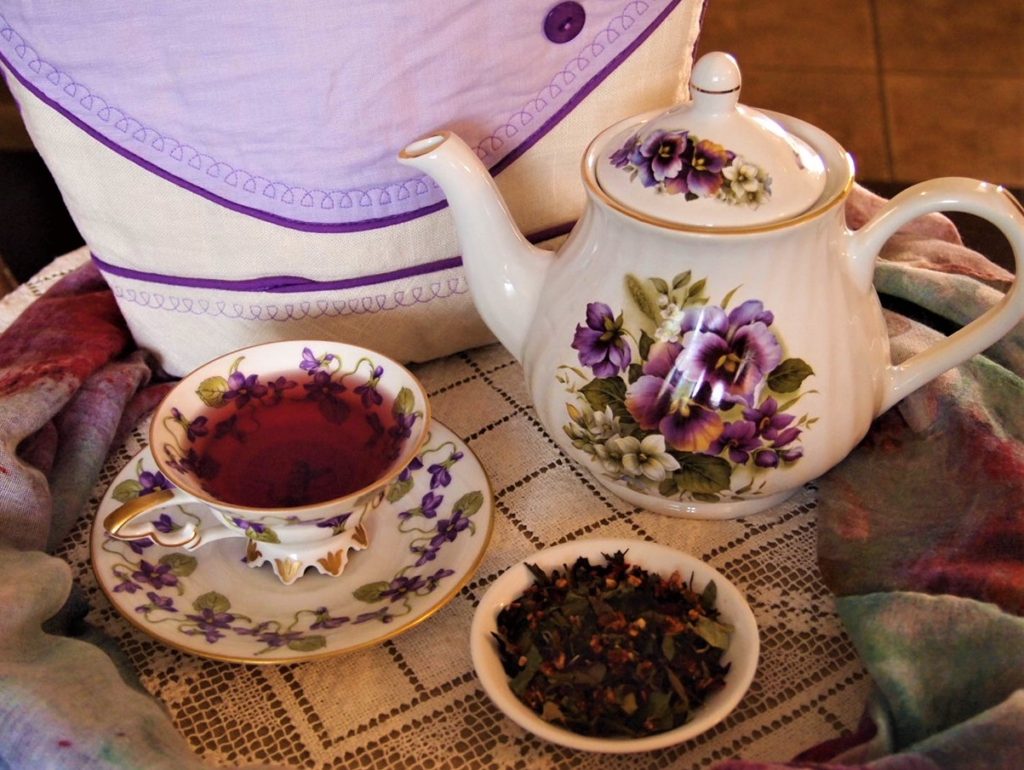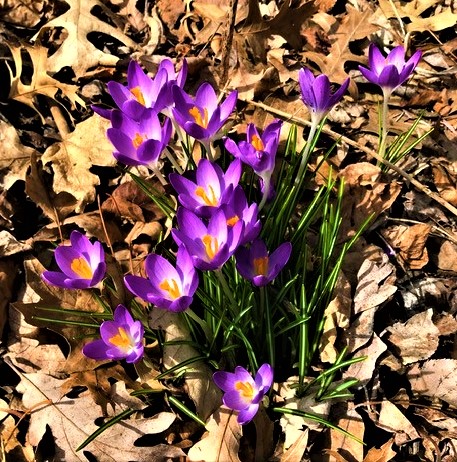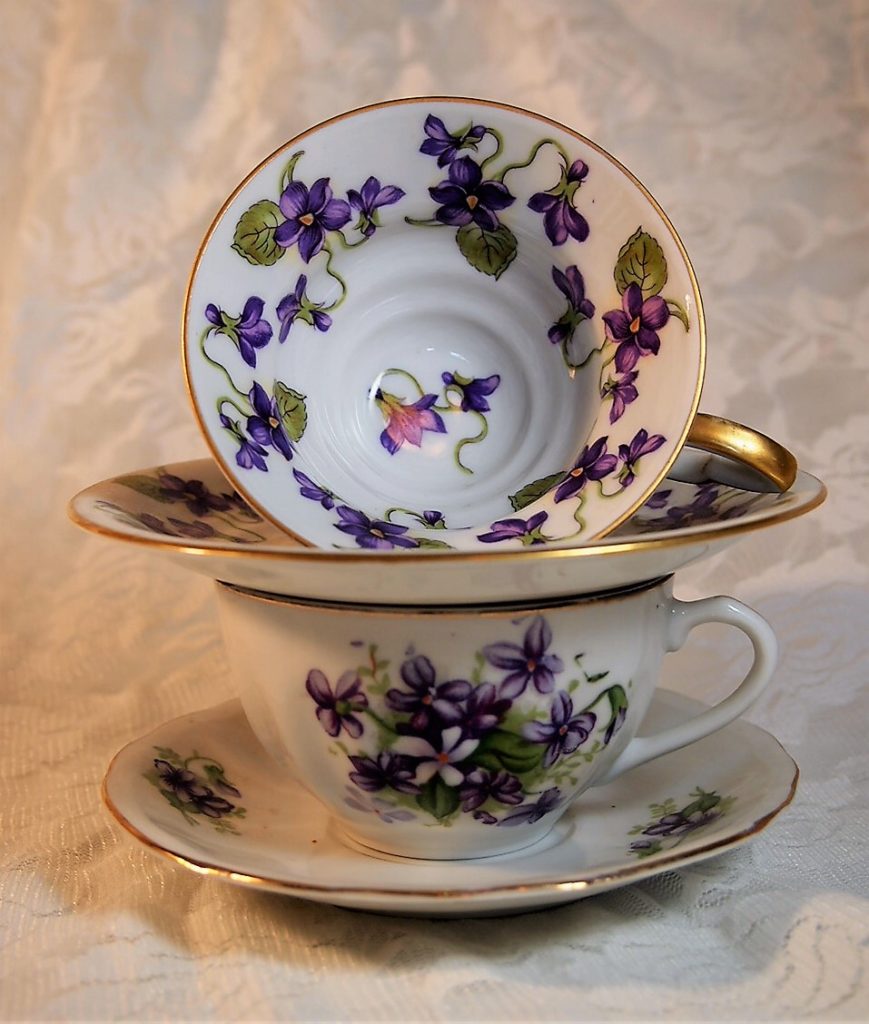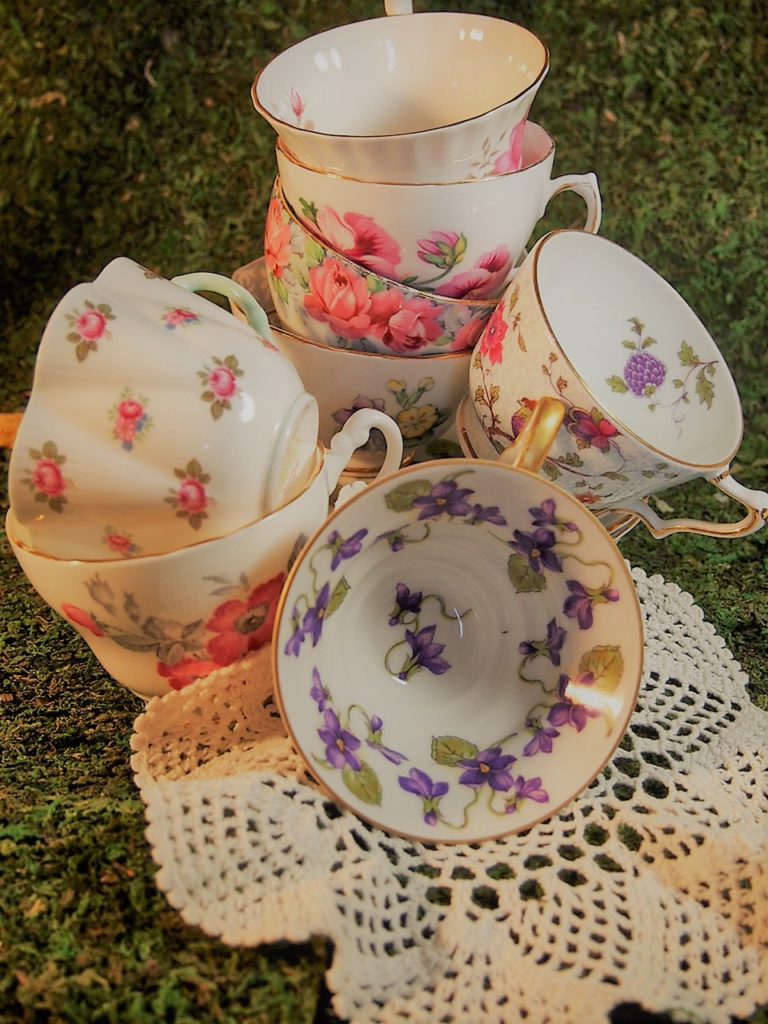I do love to enjoy afternoon tea but have you ever wondered about the ceremony of afternoon tea? Have you thought about how it got started and how does one do this thing called Afternoon Tea? There are many resources out there to tell you about the history and the etiquette about having tea. So let’s pour ourselves a cup and walk through these tidbits of knowledge surrounding the ceremony of afternoon tea,
History of English Afternoon Tea
Tea has been around for centuries. In the 1660’s, King Charles and his wife from Portugal were introduced to tea. The queen was so delighted with it, she brought it back to the English court and England was exposed to tea.
In 1840, the Duchess of Bedford found herself needing a little something to bridge the hunger from her early meal to the evening meal as she was experiencing that “sinking feeling”. The evening meal was taken anywhere from 7 – 8PM, and so she requested some tea and a little sandwich of bread and butter around 4 – 5 PM. This expanded to include some of her acquaintances as well as did the menu. This soon became a practice with the queen and afternoon tea was born! The sources that I read say that it has fallen from tradition of a daily practice and is now reserved for more special occasions.
What’s In A Name
First, let’s clear up some of the confusion around the names that afternoon tea has taken on. There are several. Afternoon tea, low tea, high tea, cream tea, and others. So here’s the common ones and how they should be applied when speaking about taking tea.
- Afternoon Tea / Low Tea– Many people think “High Tea” is afternoon tea. Its synonym is really Low Tea. Afternoon tea is the whole thing we think about when we think about the ceremony of afternoon tea. The lace, the fine china, the small sandwiches. Afternoon Tea was originally taken on low tables with guests sitting in low comfortable chairs, which gave it the name “Low Tea”. So no more “High Tea” talk when speaking about Afternoon Tea.
- High Tea– High Tea was actually addressing the time when the servants or help was able to take their tea. The menu was much more substantial and was sometimes taken at high tables, thus giving it the name “High Tea”. Menu selections might include meat pies, fish dishes, casseroles and baked goods. This was a tea designated to the working class and not considered a social event, as was Afternoon Tea.

There are several variations on this. We have talked about Afternoon Tea and High Tea, now let’s explore some of the other opportunities.
- Cream Tea – A Cream Tea refers to tea, scones and cream. Though it is the simplest of teas, this does not take away from its deliciousness.
- Strawberry Tea – Add fresh strawberries to your Cream Tea, and you now have a Strawberry Tea. My sister holds an annual Strawberry Tea in the spring when these delectable berries come into season.
- Light Tea – Add more sweets to your Cream Tea and you now have a Light Tea.
- Full Tea – Add some savories to your Light Tea, and you now have a Full Tea.
- Royal Tea – And for some more fun, add some champagne and your tea now becomes a Royal Tea. This is especially fun for the holidays or for special teas like a Bridal Tea.
Though these are the major types of teas, needless to say there are many variations that are not listed here. And in any case, they are all fun!
Setting The Table
Let’s talk a bit about the table setting for an afternoon tea. Your guests would be comfortably seated next to one another with each place setting having a small dessert or luncheon plate, a teacup and saucer to the right, utensils, and a small dainty napkin to the left. The utensils would consist of a small spoon placed on the teacup saucer, small knife on the right and small fork to the left. The fork is intended for use with the sweet course and used last. The napkin is folded and placed on the left of the fork. The food is intended to be served and eaten with the fingers. The teacup is placed on the right as the tea is always served from the right. The handle of the cup should be placed at 3:00 station. Of course, you would have your teapot, creamer (or milk jug if you are British) and sugar bowl available on the table. Lemon slices if your guests prefer them.

How to “Take Tea”
Here are just a few pointers on how to “Take Tea” when you are enjoying the ceremony of afternoon tea.
- Dress should be casual and comfortable but not sloppy. Hats are fun but not a requirement. Your hostess may give you some guidance depending on the occasion for the tea.
- If you are being served tea, the first cup of tea is poured by the server. They will come to the right of you, lift your cup and saucer and will pour your first cup of tea. If you are the hostess and do not have a server, then you pour the first cup for your guest. Once poured, placed the teapot with the spout facing left to allow for easy access for that next delicious cup.
- No pinkies up please! Yes, that’s correct – no pinkies up when drinking your tea. This practice was appropriate many years ago when the first cups did not have a handle. The pinky was used to stabilize a hot cup but now is considered inappropriate for taking tea. No pinkies up.
- No clinking of your spoon against the cup. Your tea should be stirred in a 6:00 to 12:00 fashion, gently without the “clink.”
- Are you a Tiffer (tea in first) or a Miffer (milk in first)? There is no clear right or wrong here but clearly strong opinions. I prefer seeing the strength of my tea first – so I am very much a Tiffer but you can choose what best works for you.
- The teacup always stays on the saucer, unless you are taking a sip. If you are sitting away from the table, place your teacup and saucer in your lap.
- Sip your tea, smell the fragrance of the tea. No slurping though.
- Hold your teacup by the handle, using you forefinger and thumb against the handle. Do not cup your hands around the teacup and don’t put your fingers through the loop of the handle.
- When taking your scone, do not cut it in half with your knife but break it in half. Another quandary, do you put the cream on first or the jam / curd on first? I know, these are earth shaking concerns, yet once again there is no clear direction but absolutely strong opinions. Early on the queen preferred jam first, thus it was declared jam first the appropriate steps but this started a huge controversy. If you are served Devonshire Cream, then it is felt (by those that live in Devonshire England) that this goes on first. Whereas, the Cornish prefer to have the jam or curd on first, followed by the cream. In any case, its all delicious however the toppings are placed.
What the Ceremony offers
Afternoon Tea has always been a ceremony for me. As a young girl I remember having my own little teacup and taking tea with my grandmother, a little milk and sugar perhaps. Fond memories of that specialness evoked by those times. As I got older and started attending tea rooms, I was impressed at the tea ceremony. It gave me a sense of order and calm if even just for that moment. Now when I serve tea, even if alone for myself, I find respite in the teacup and cherish the calm that it can bring. When serving afternoon tea to a friend or several guests, I am always delighted to see how this ceremony brings enjoyment. Inherently and frequently unaware, you can hear the sigh come as that first cup is poured.

Afternoon tea offers a respite in a time of chaos, whether alone for those days that are long and tiring or in celebration of coming together in community. It doesn’t have to be difficult, it doesn’t have to be encumbered by protocol – though I find it fun to understand the history, it doesn’t have to be expensive or complex…..it is the act of sharing that moment, maybe serving a friend…..reaching out and taking a deep breath.
“There are few hours in life more agreeable than the hour dedicated to the ceremony known as afternoon tea.” Henry James.
